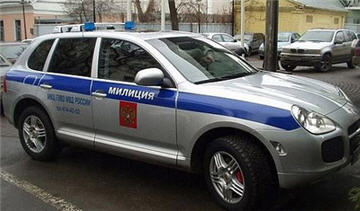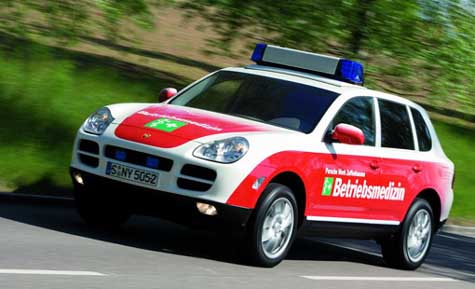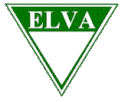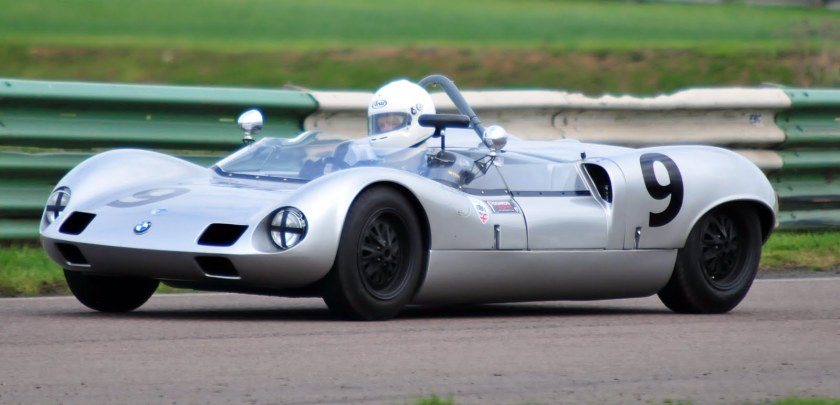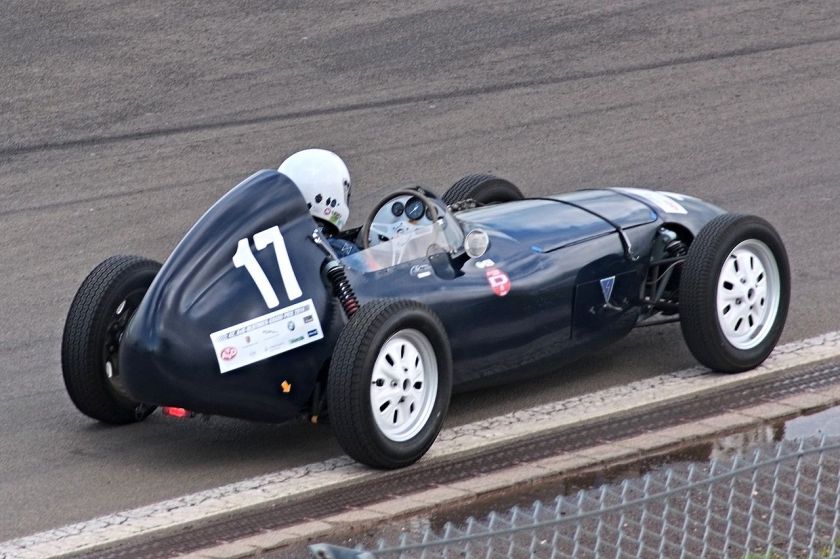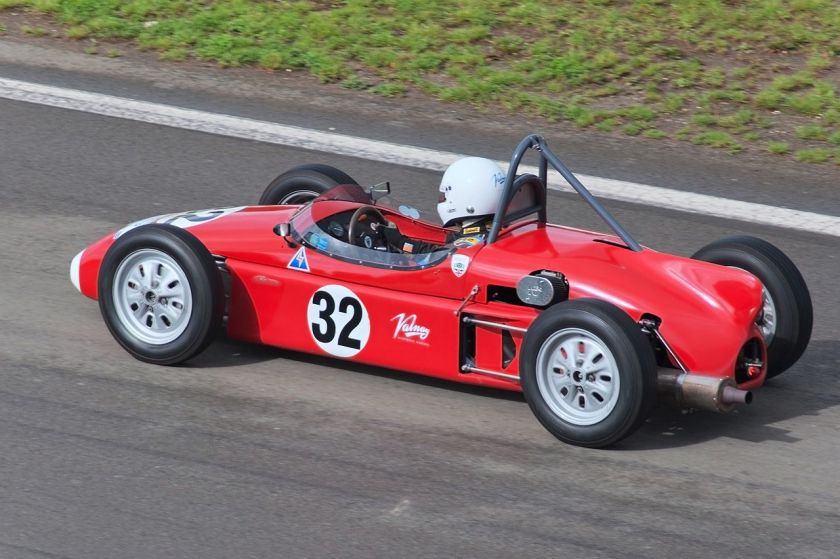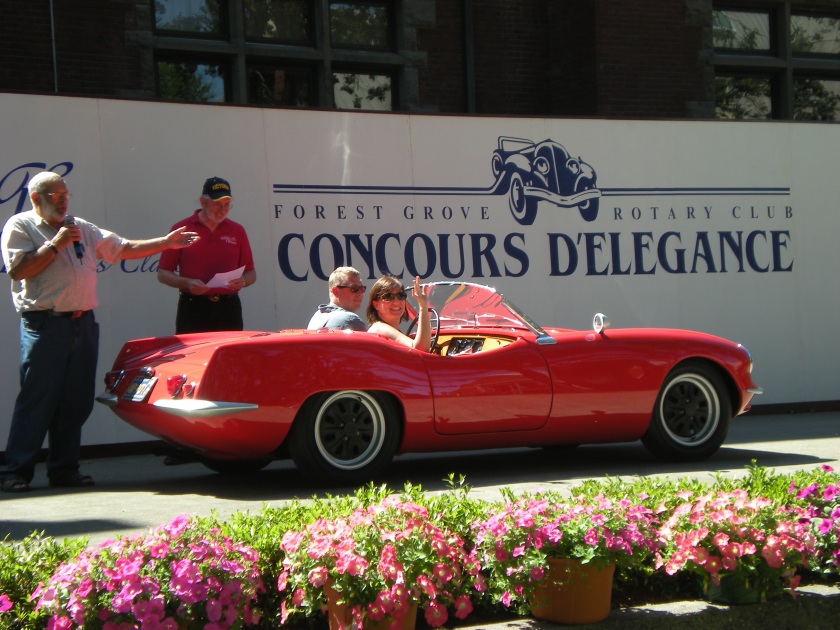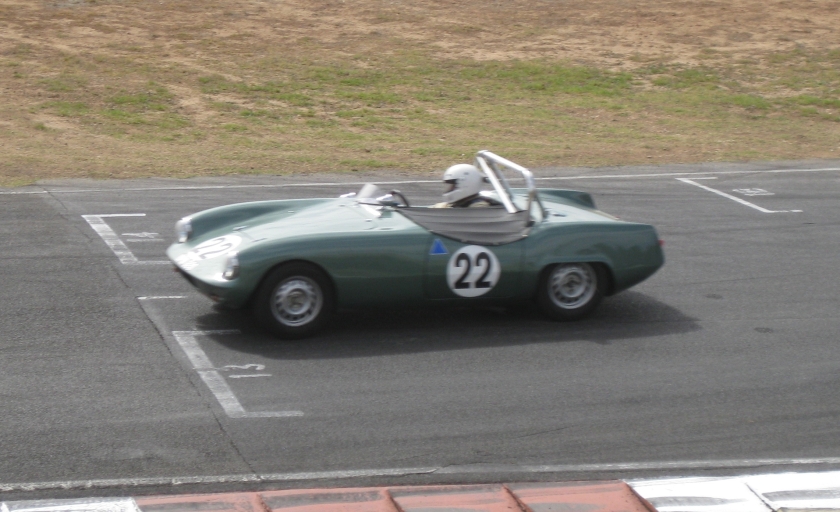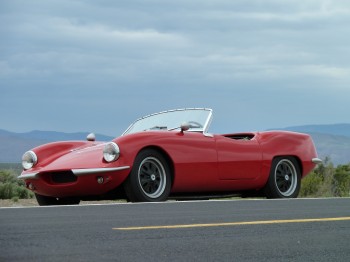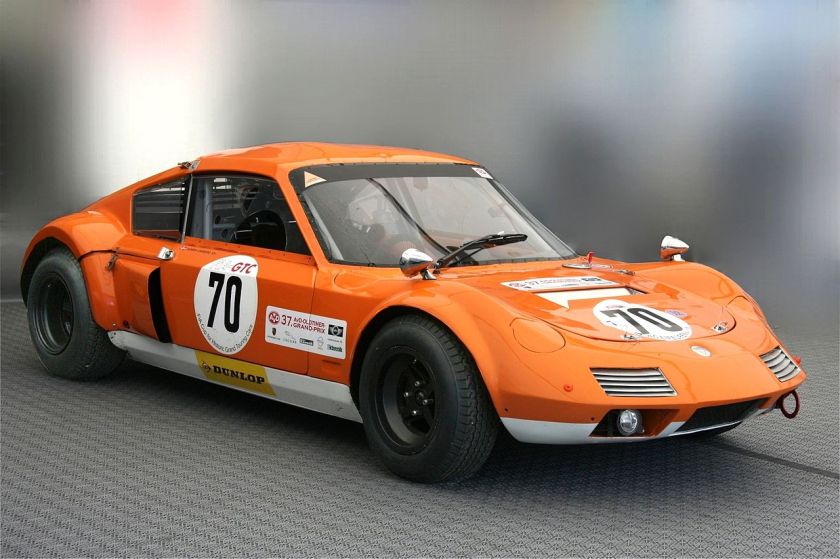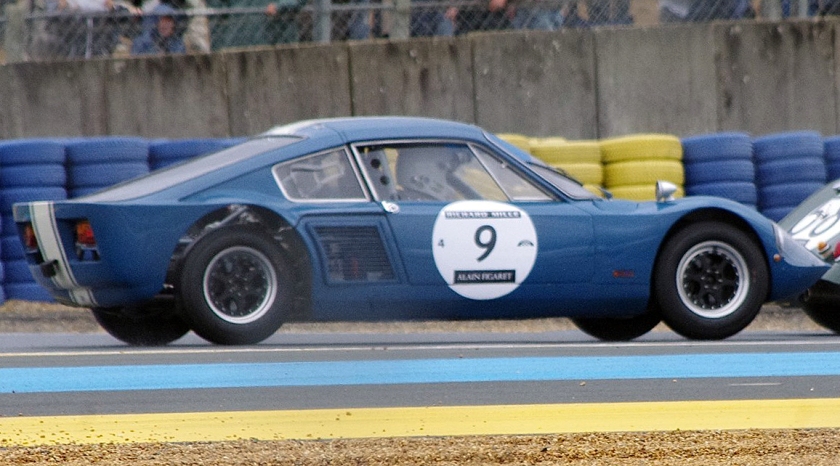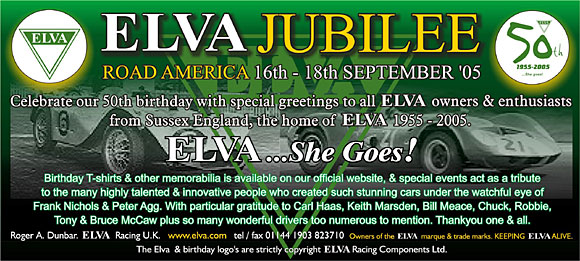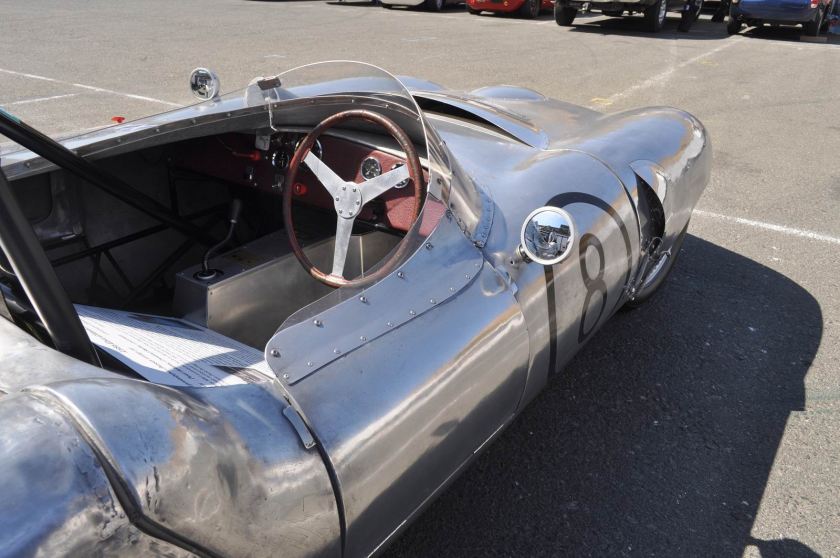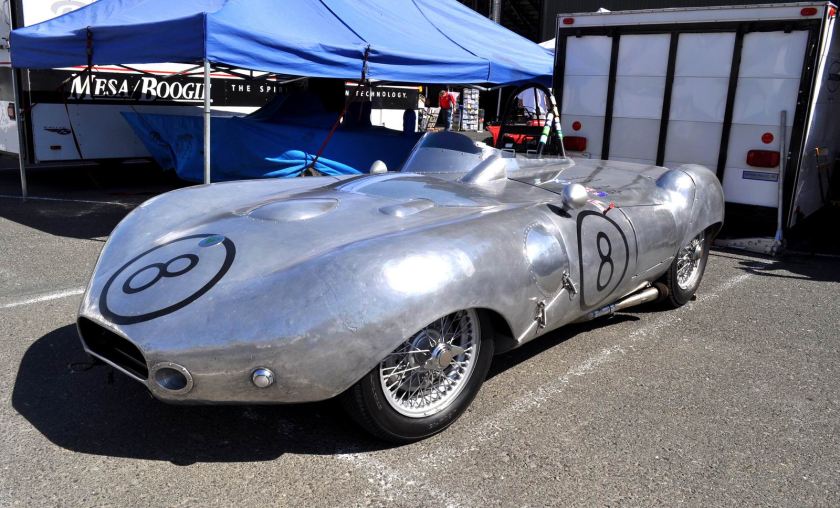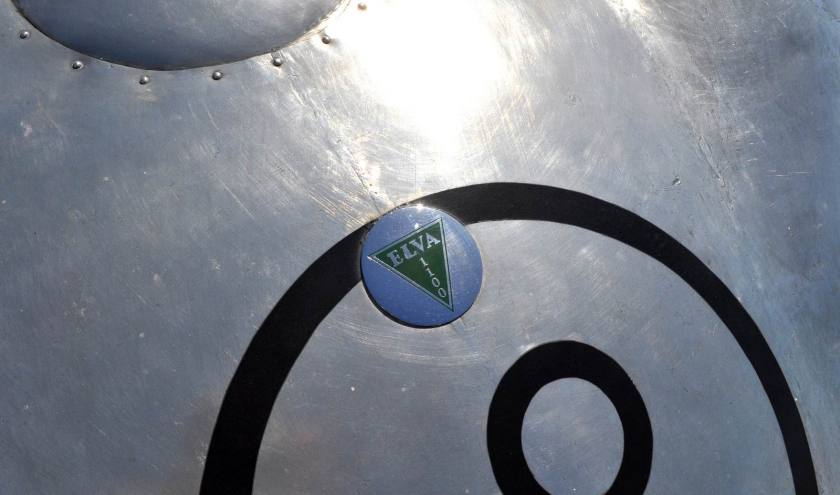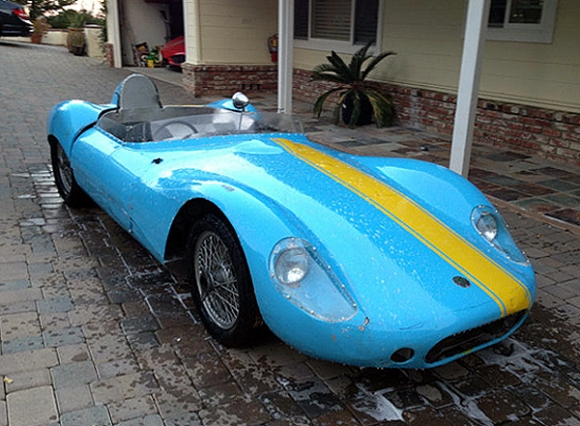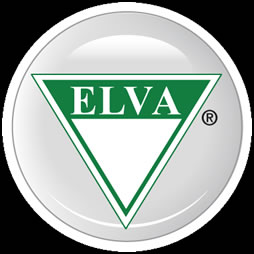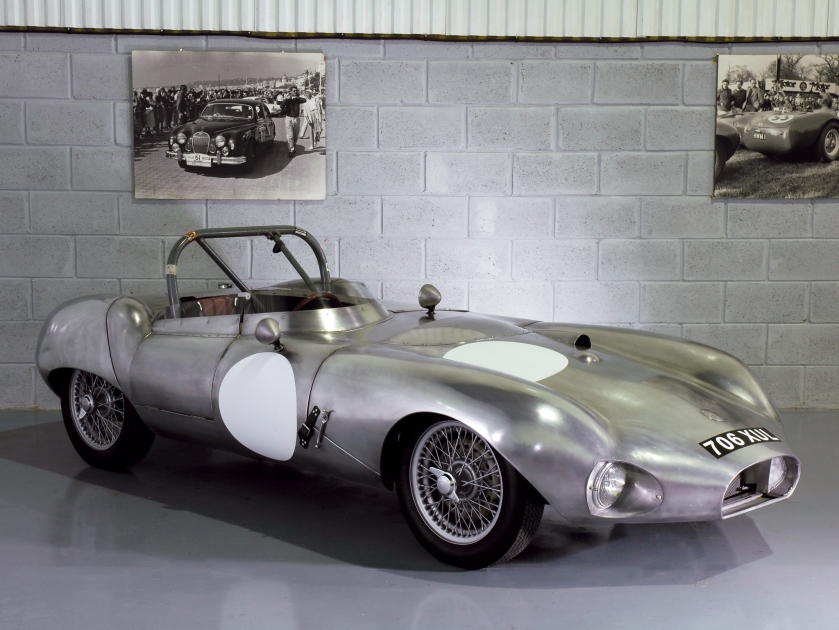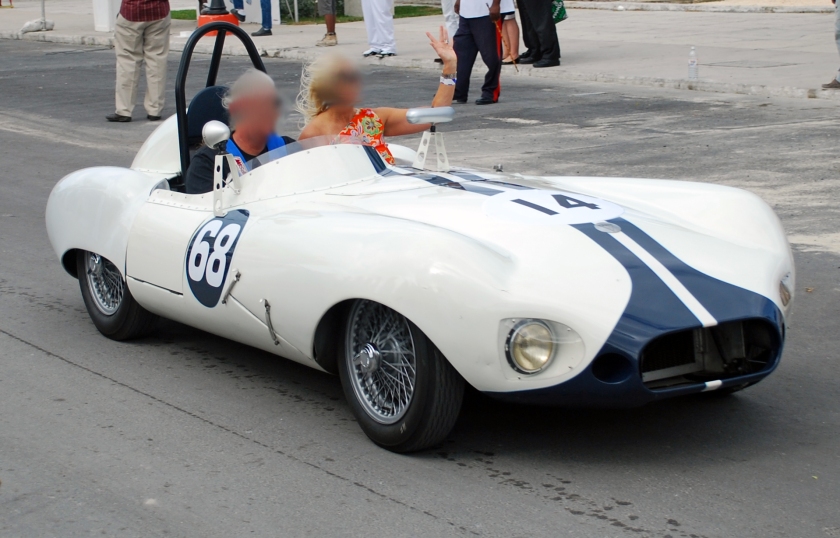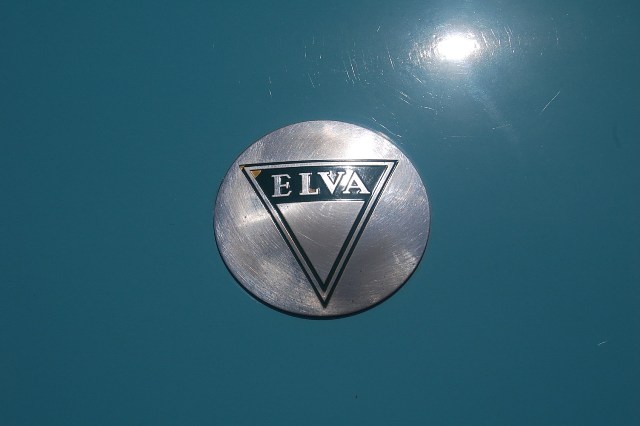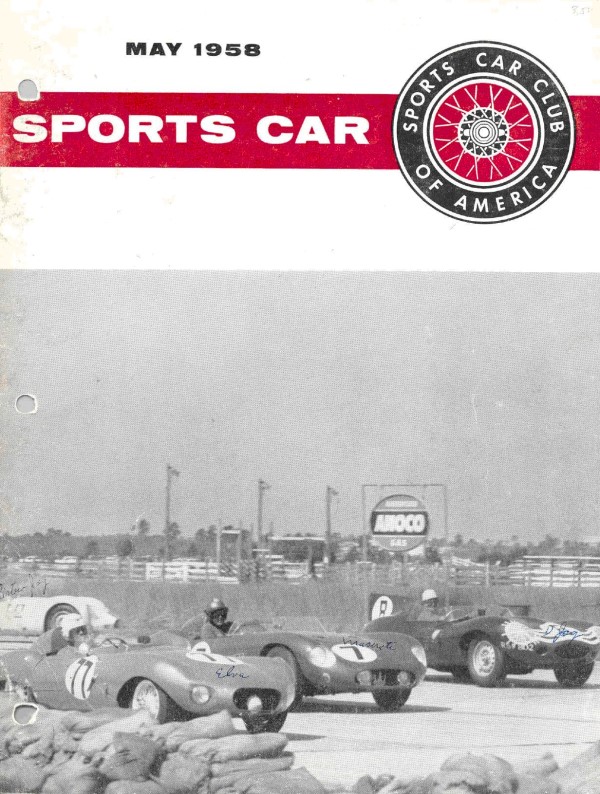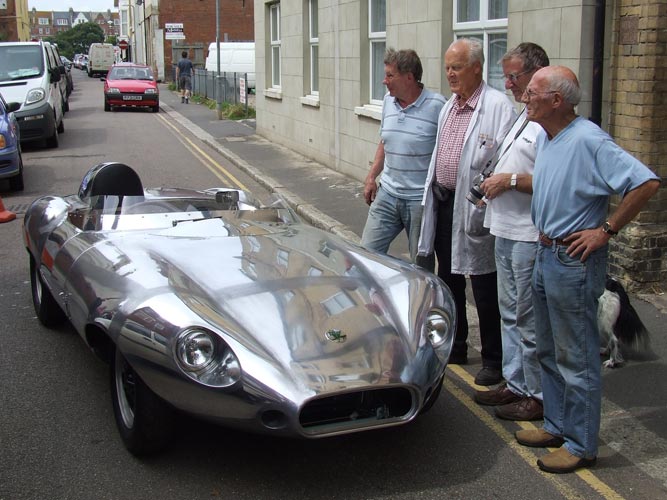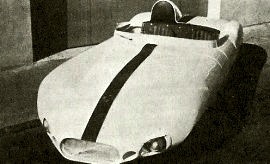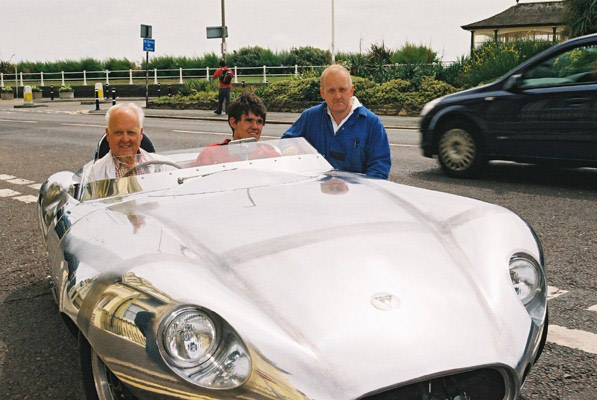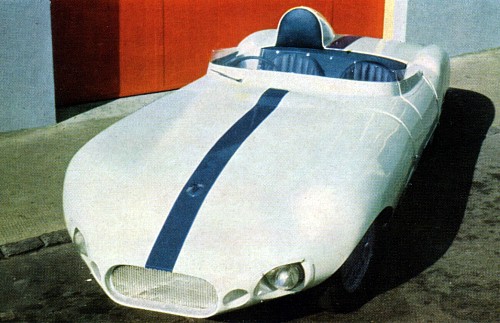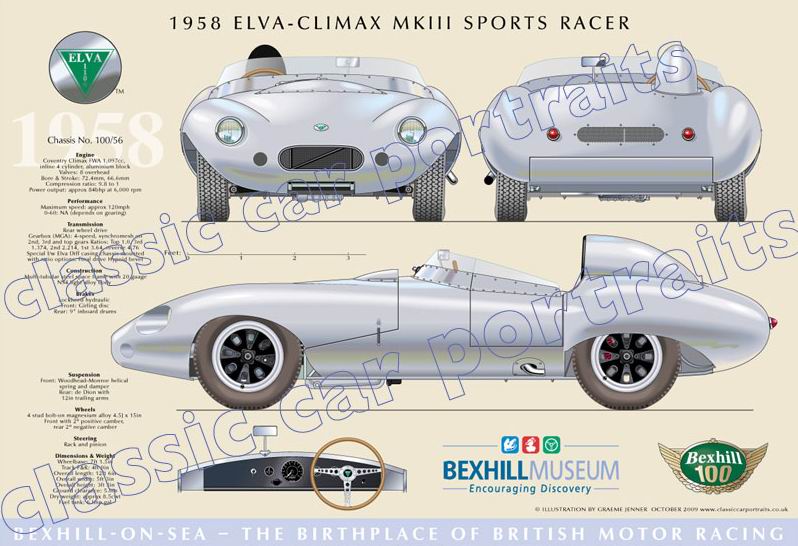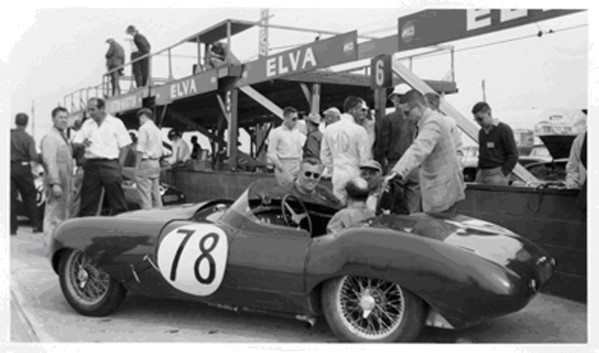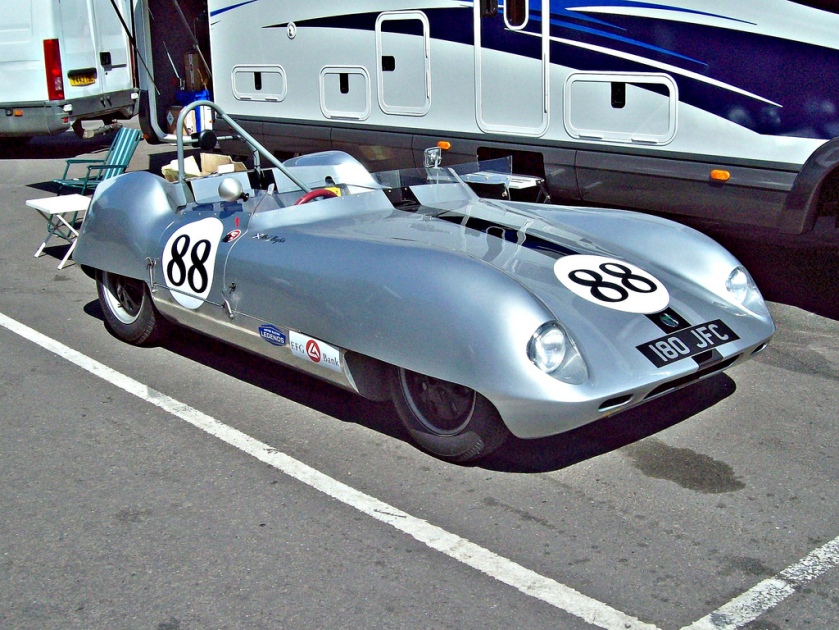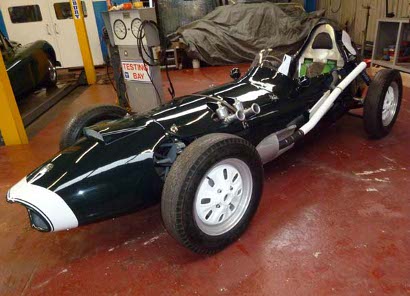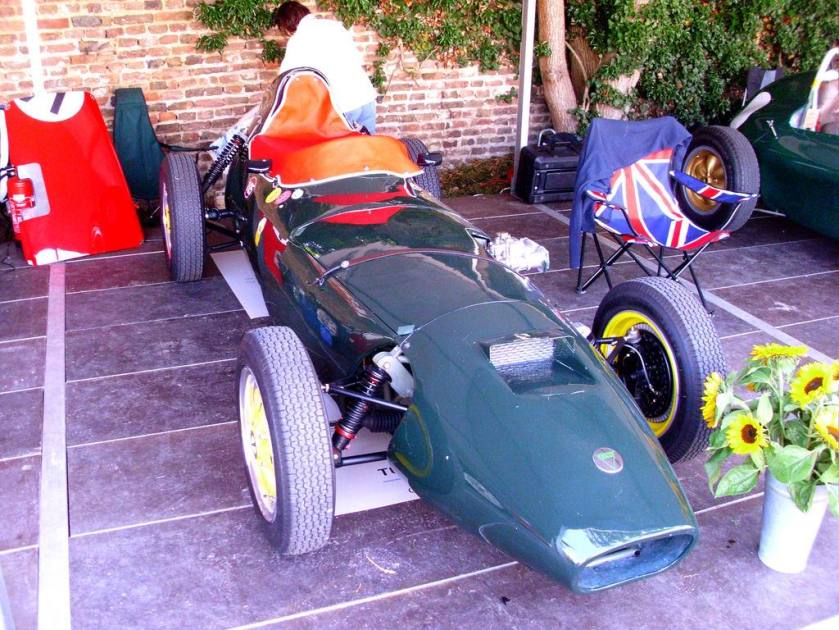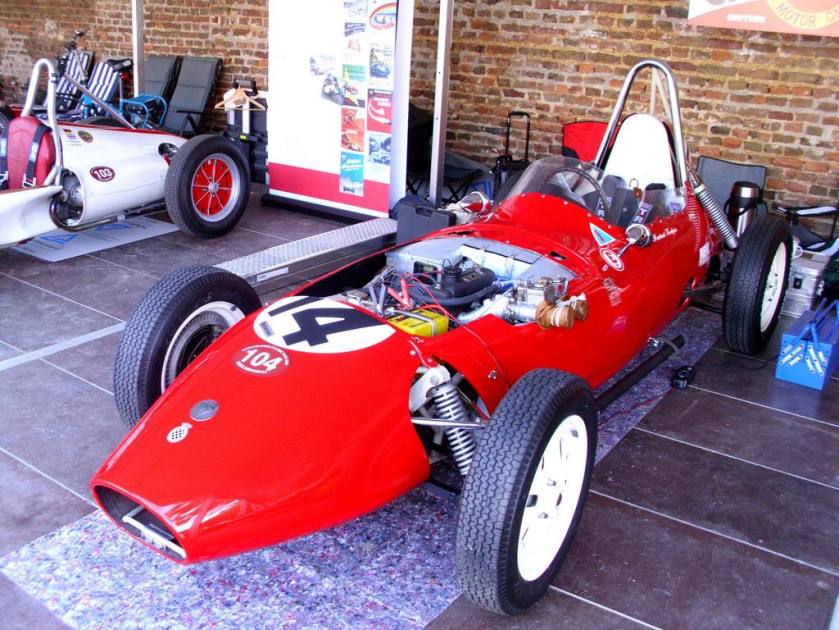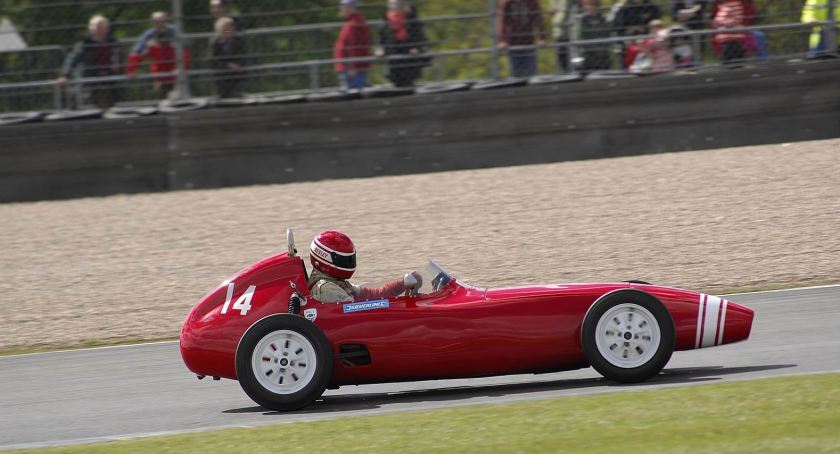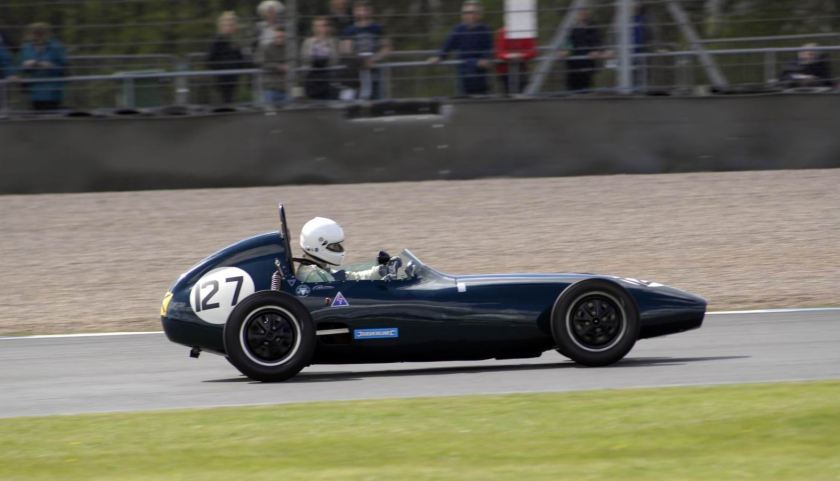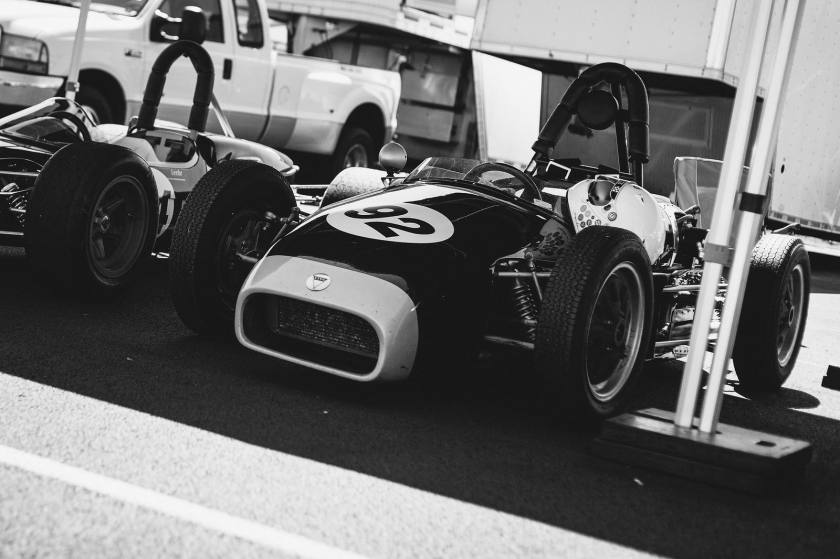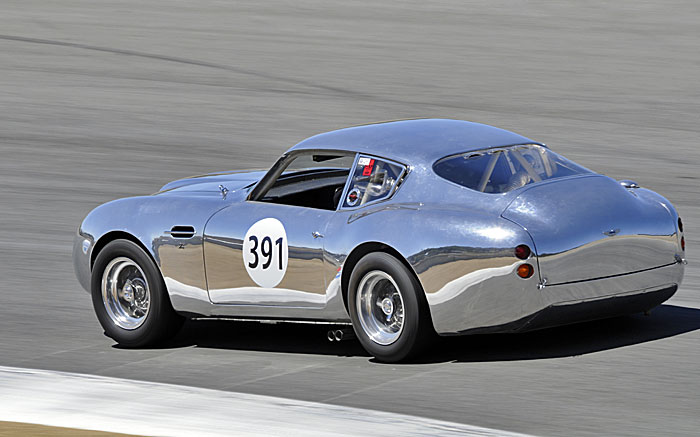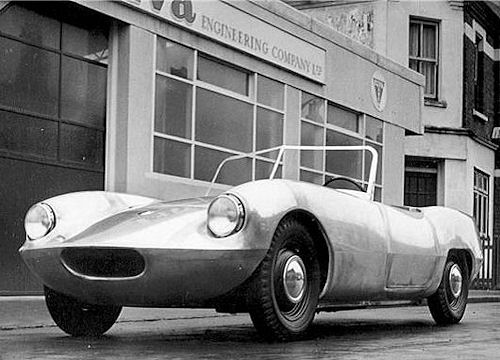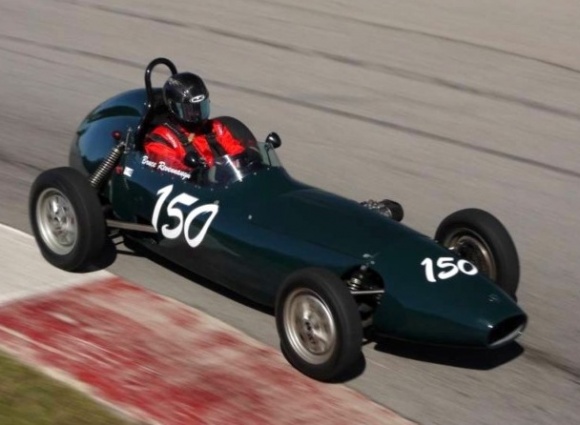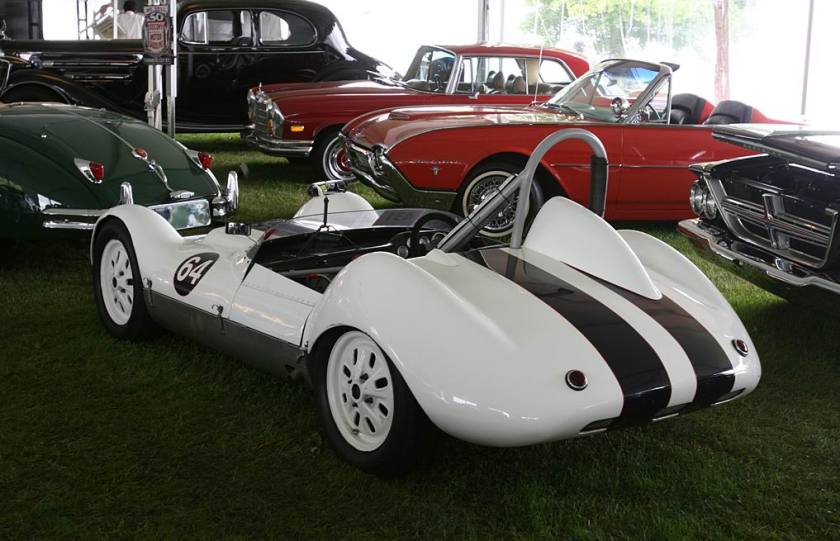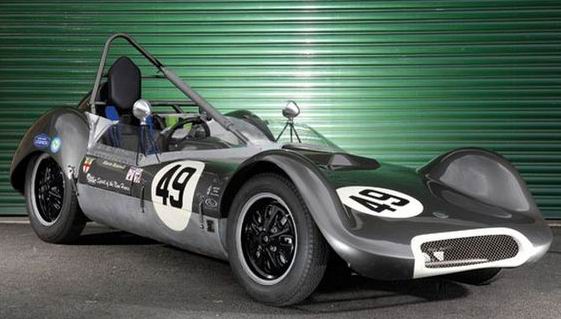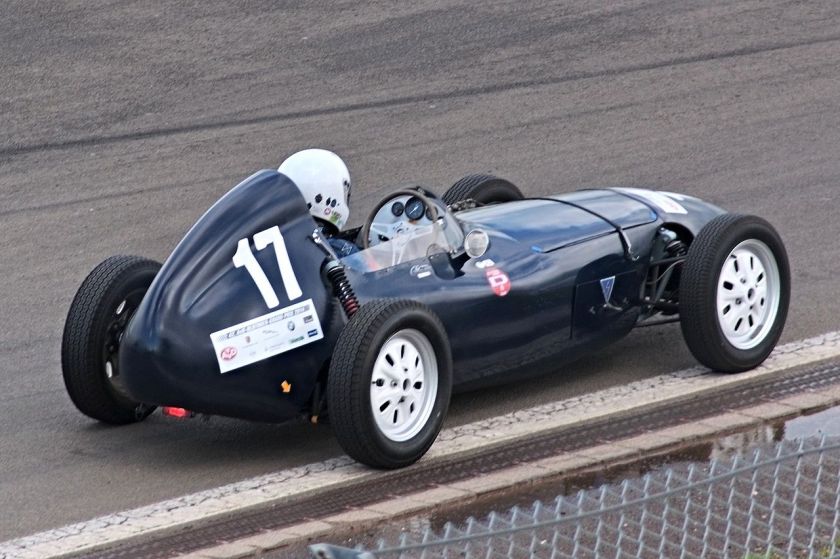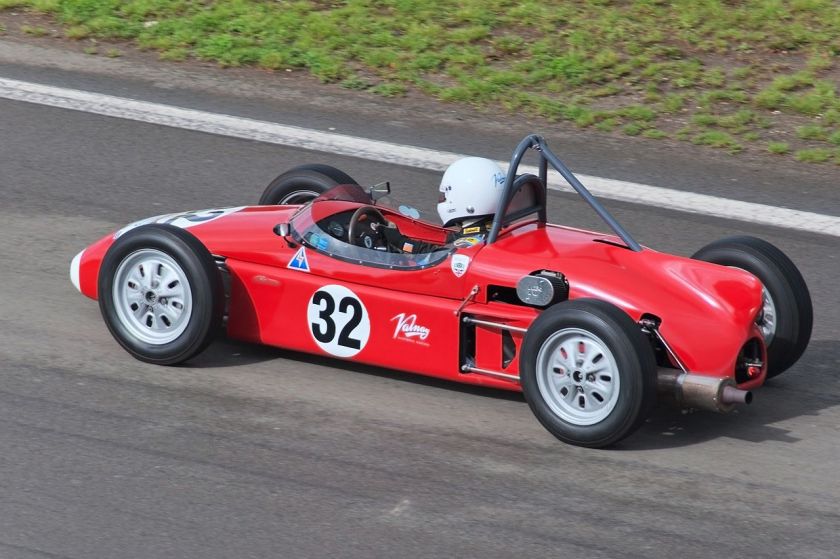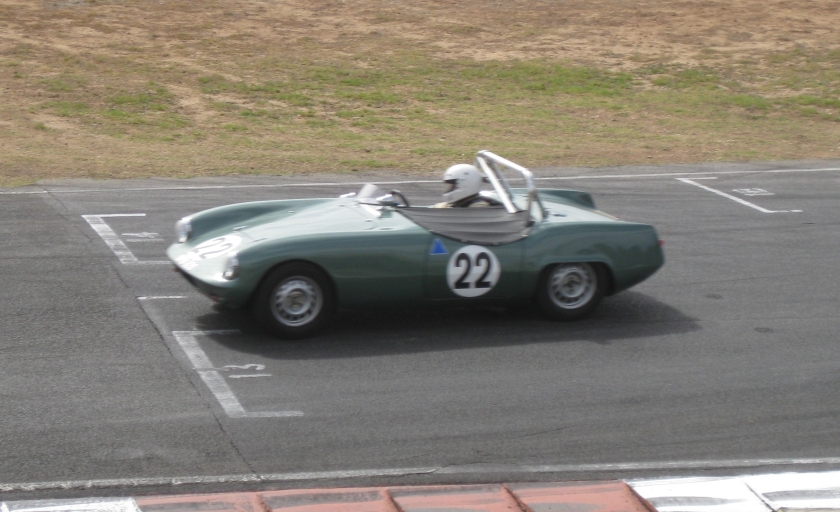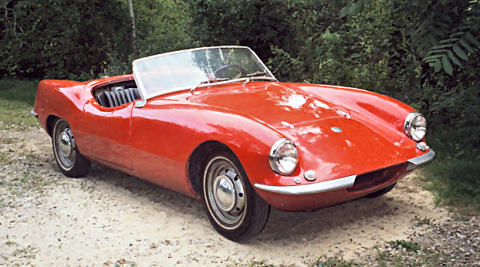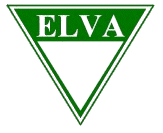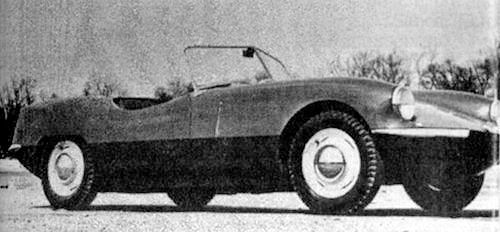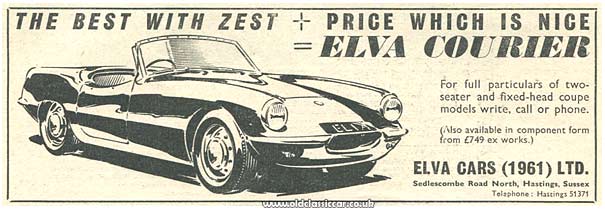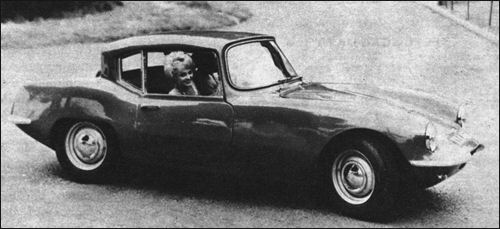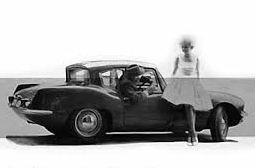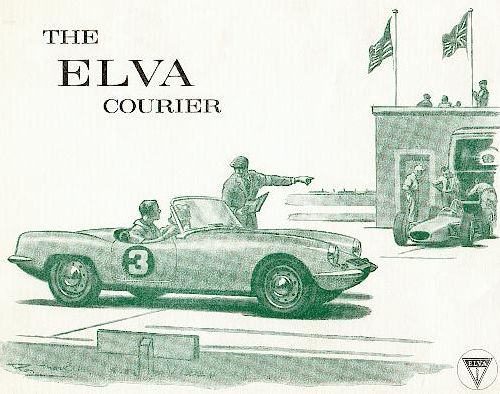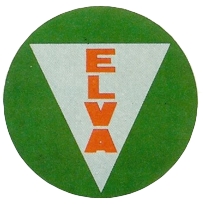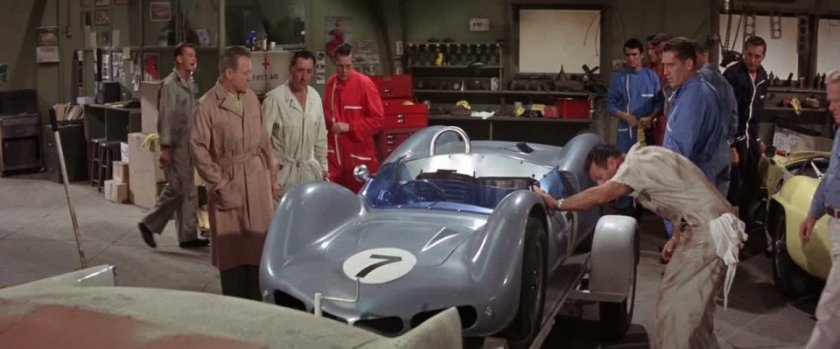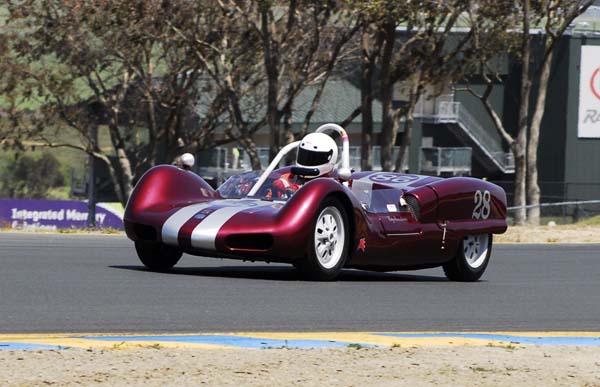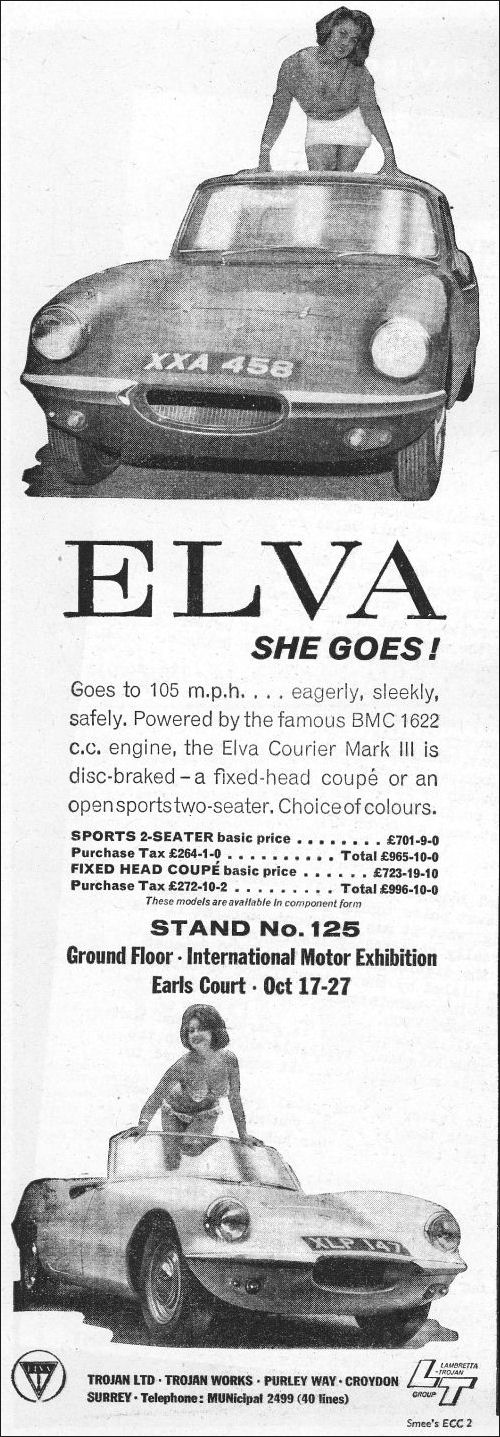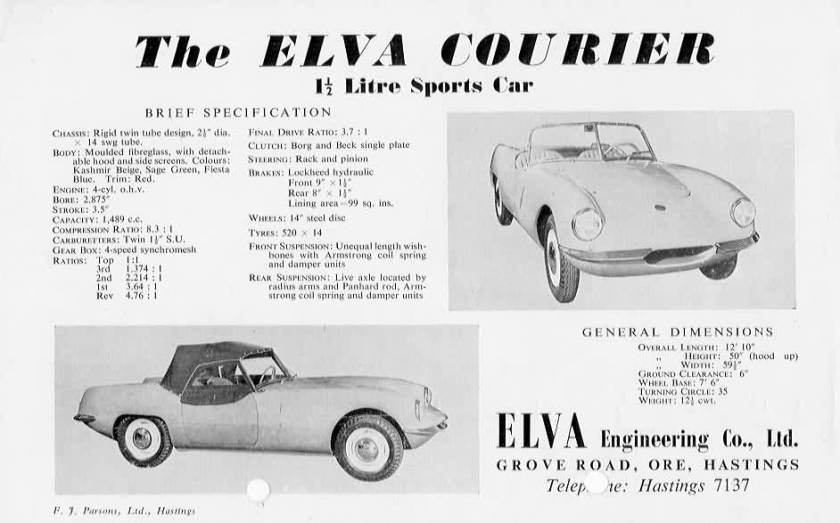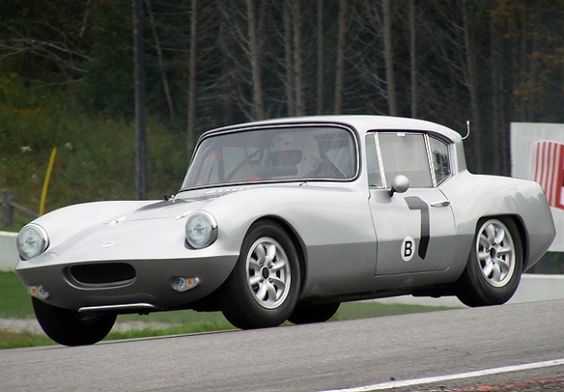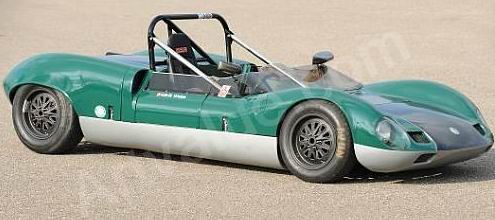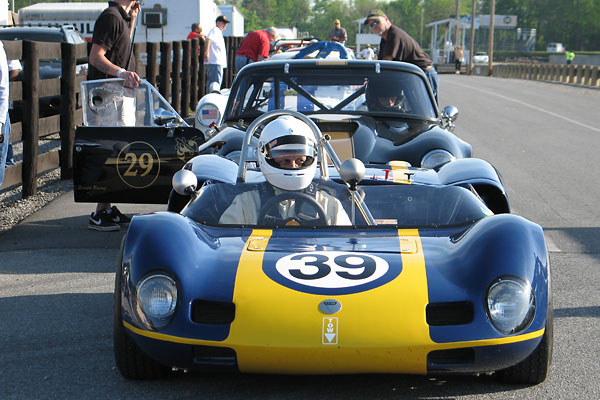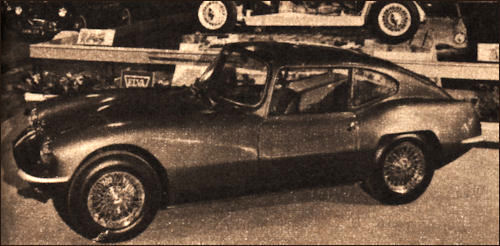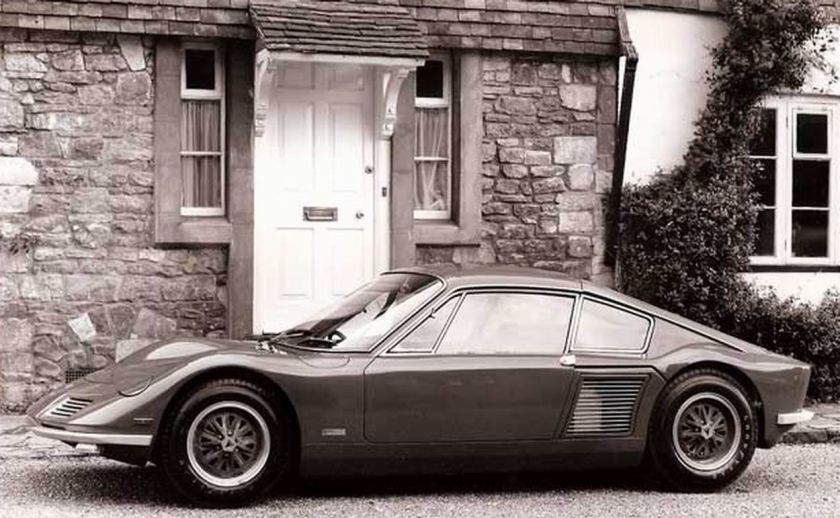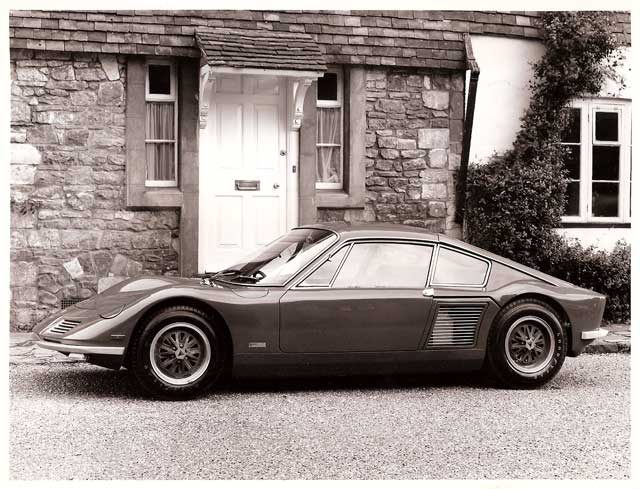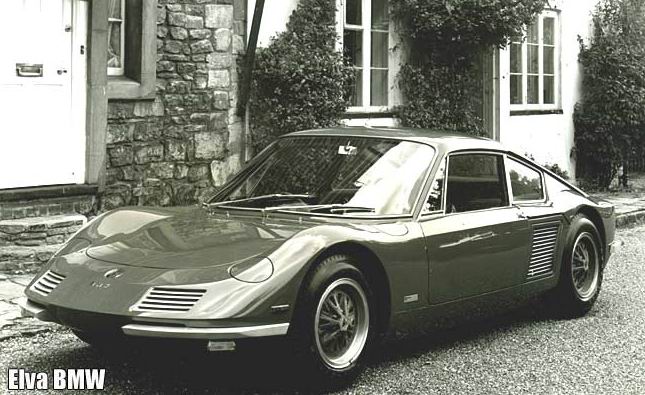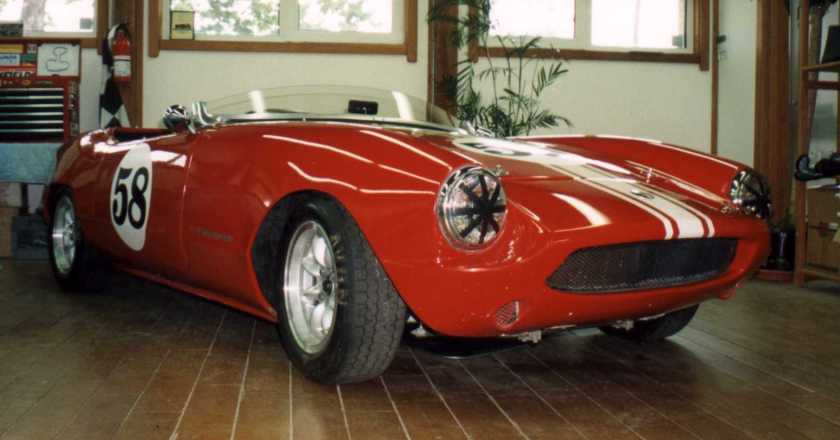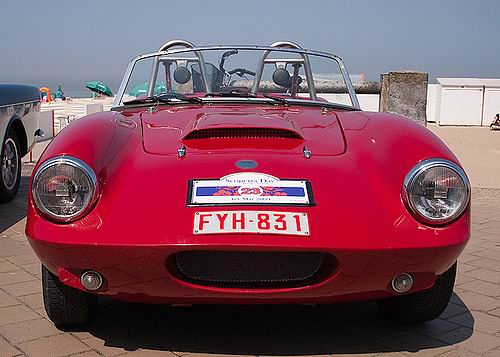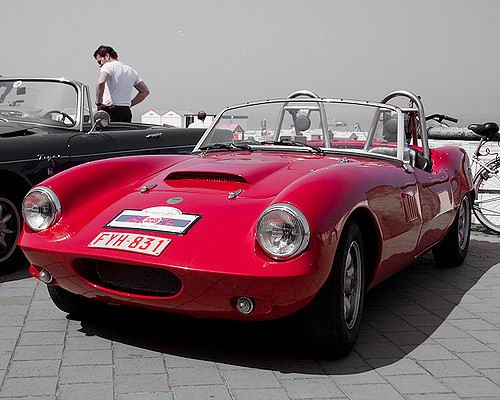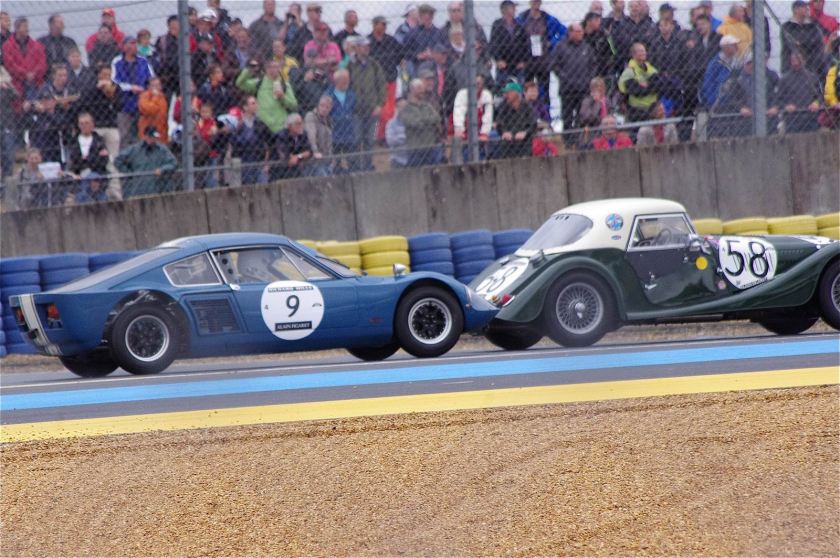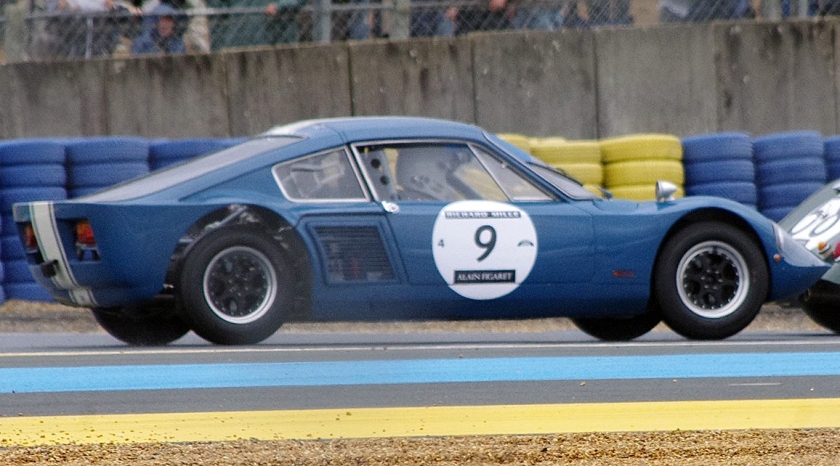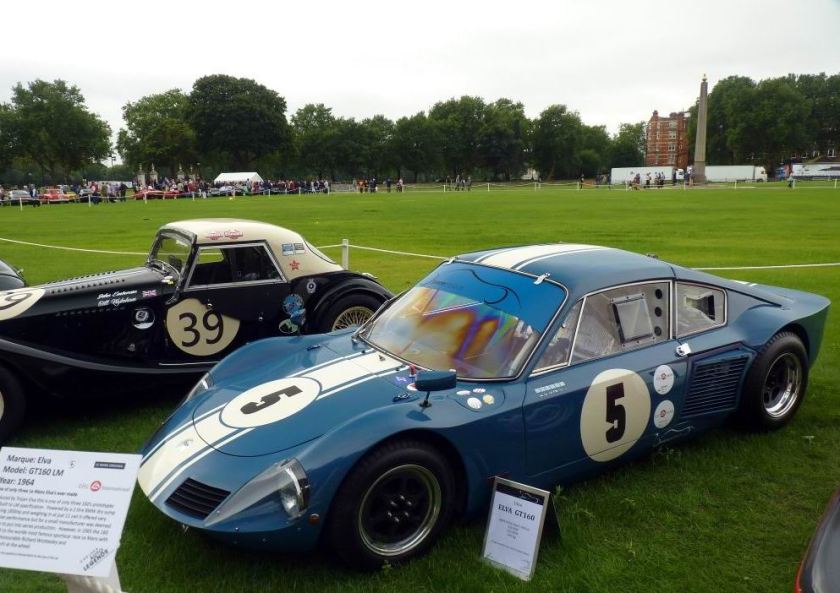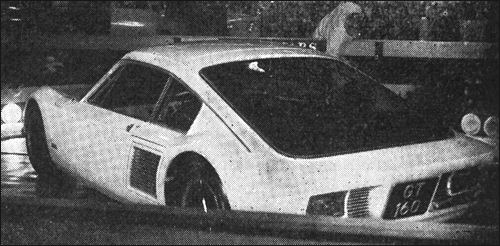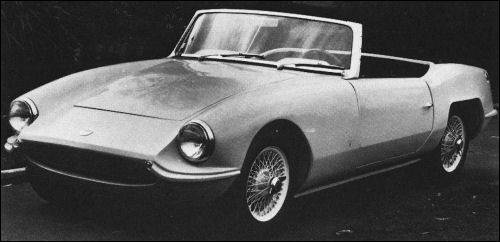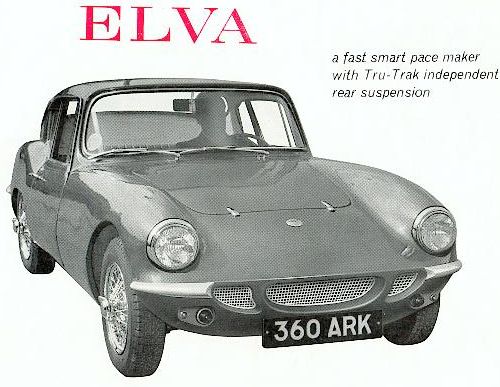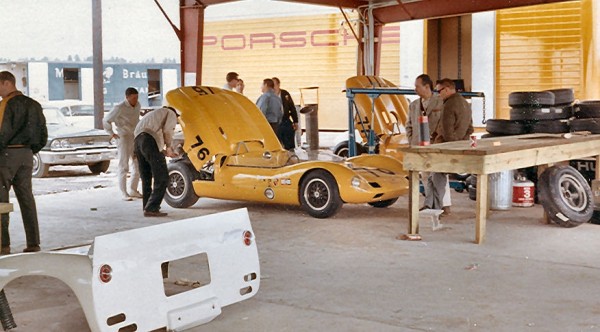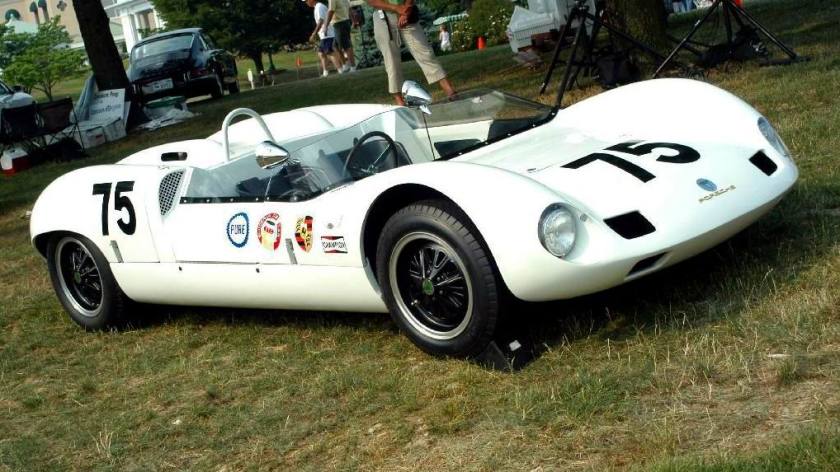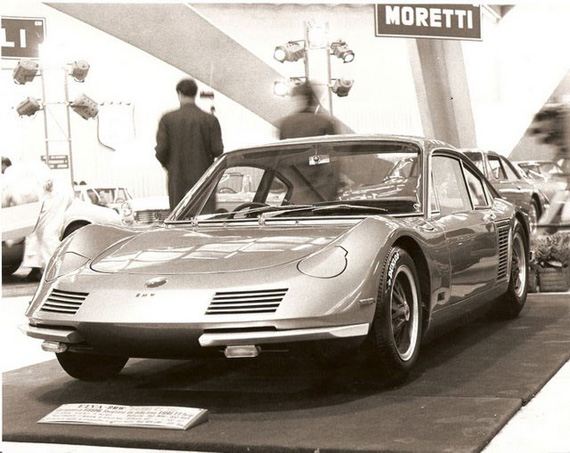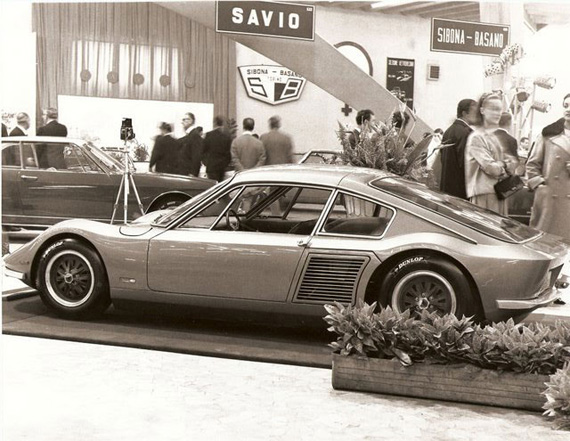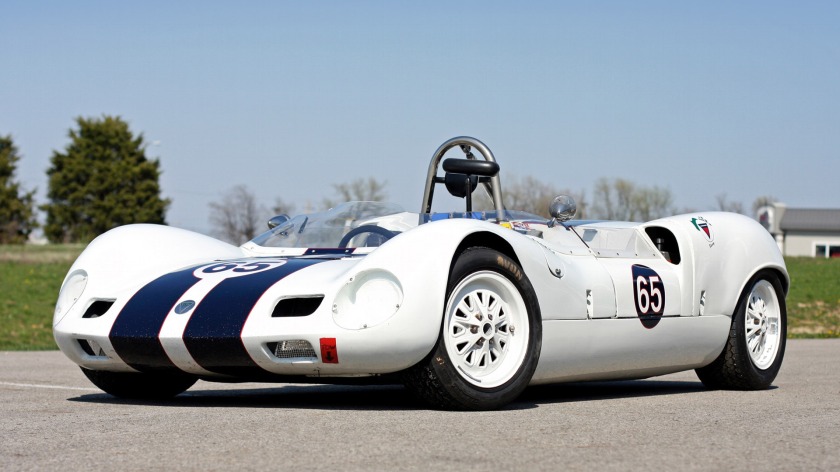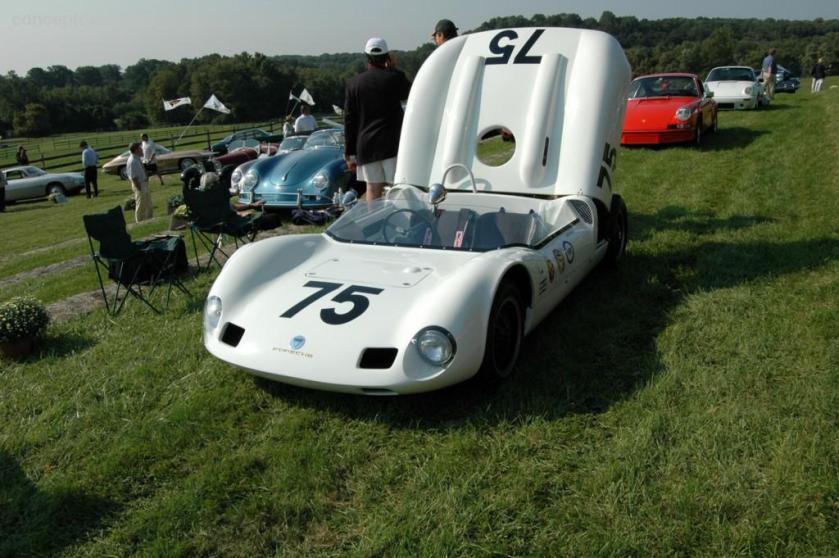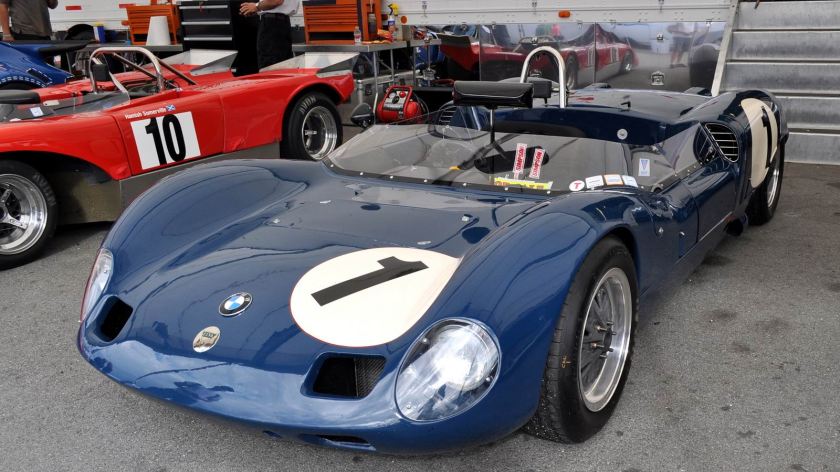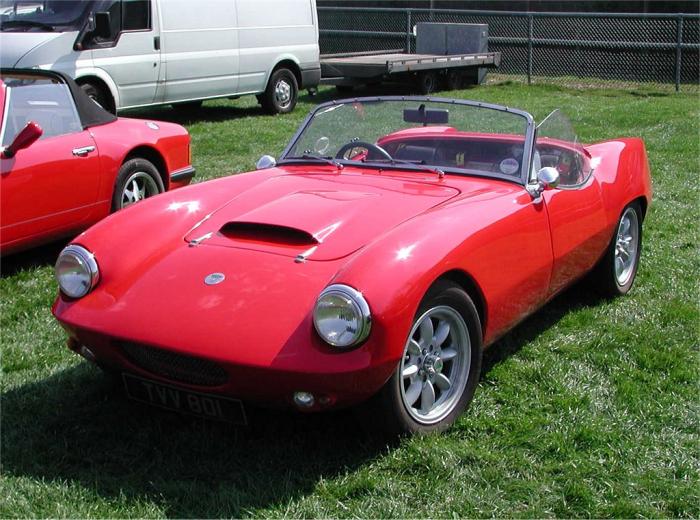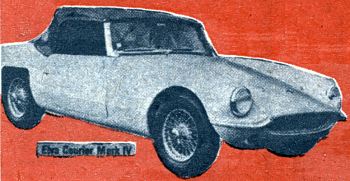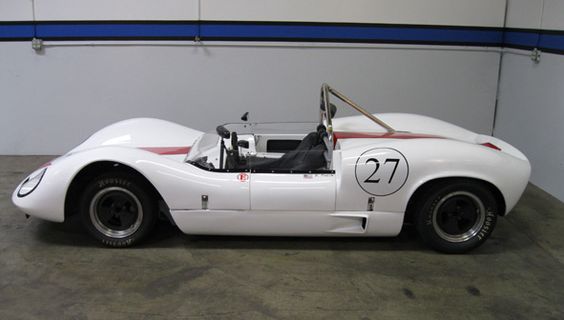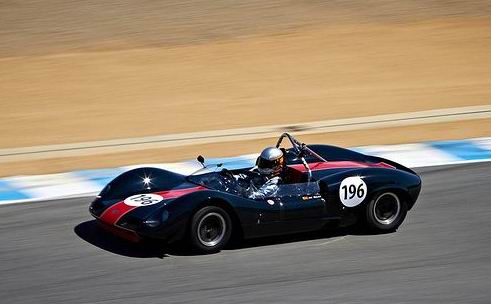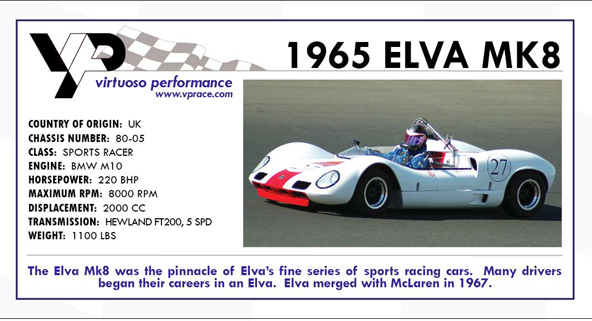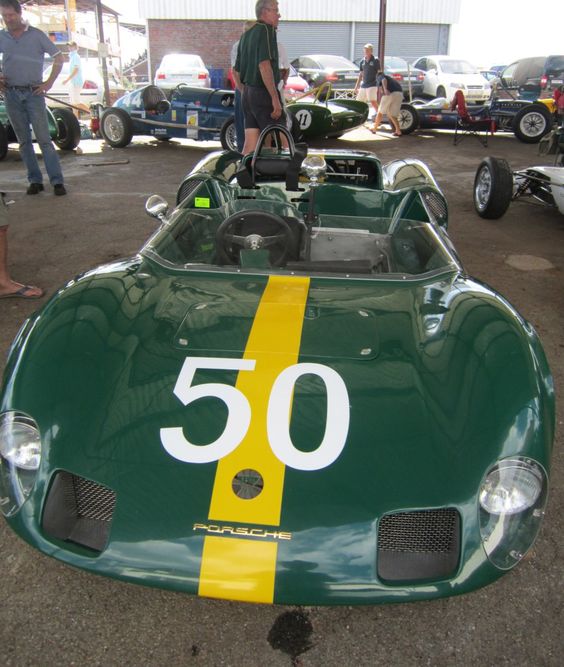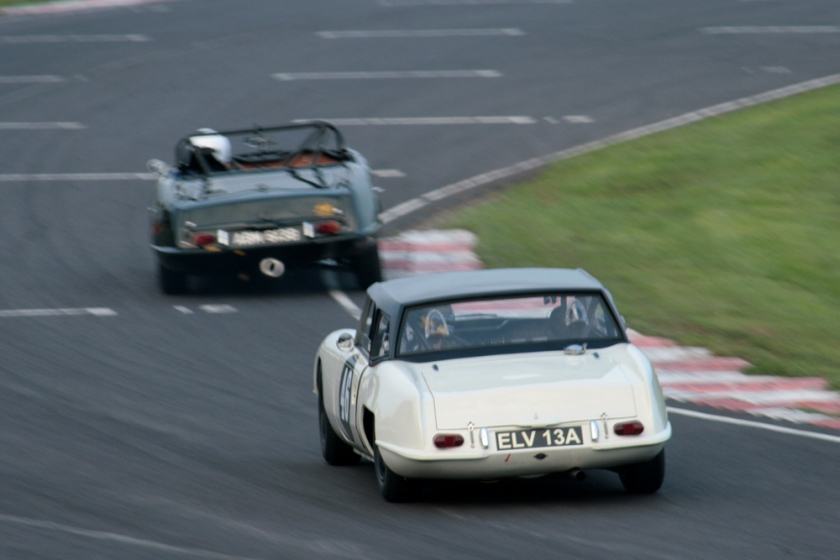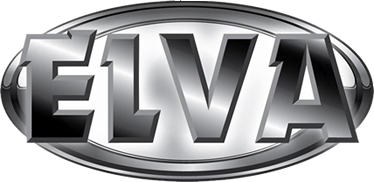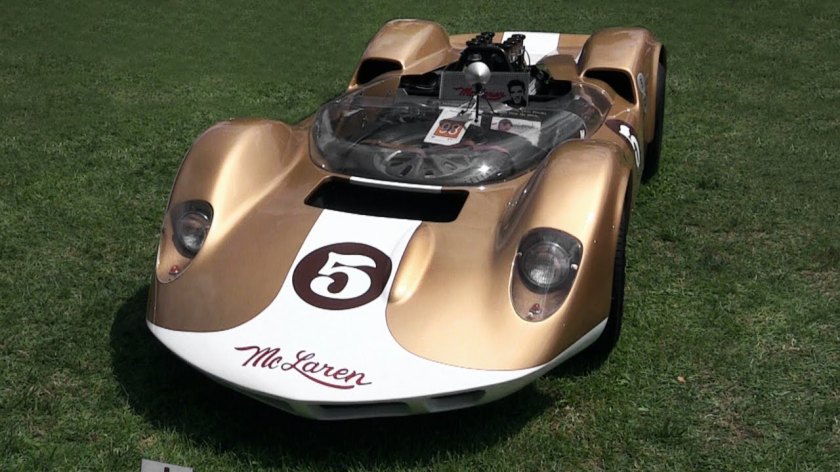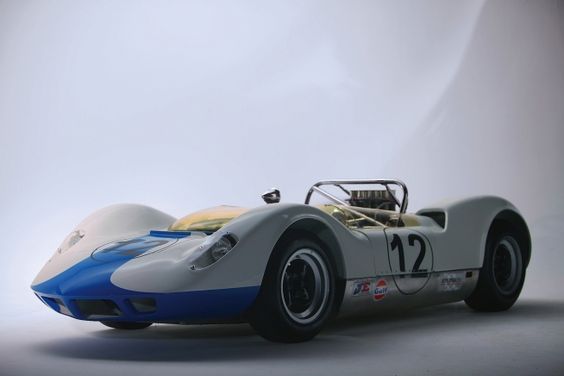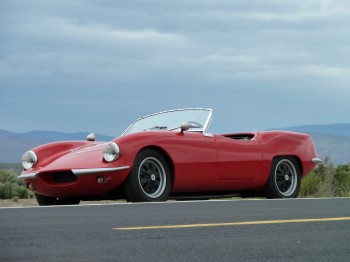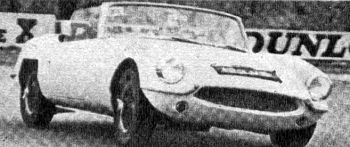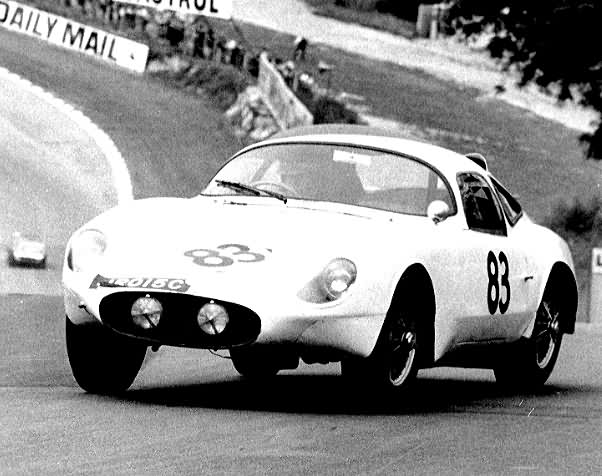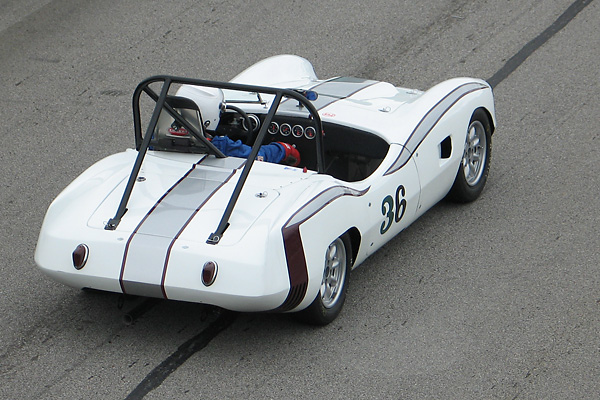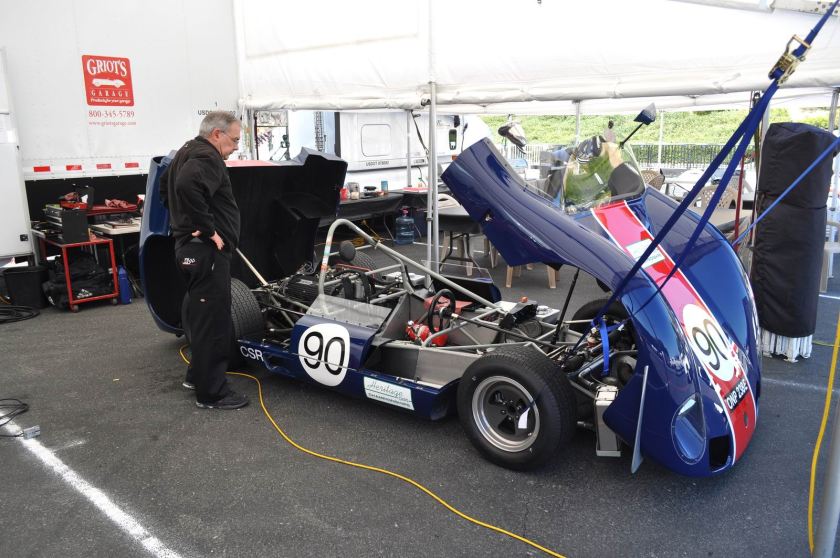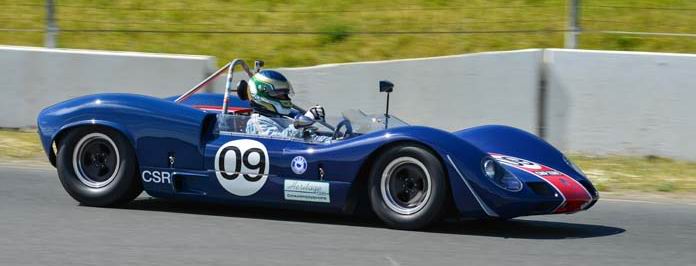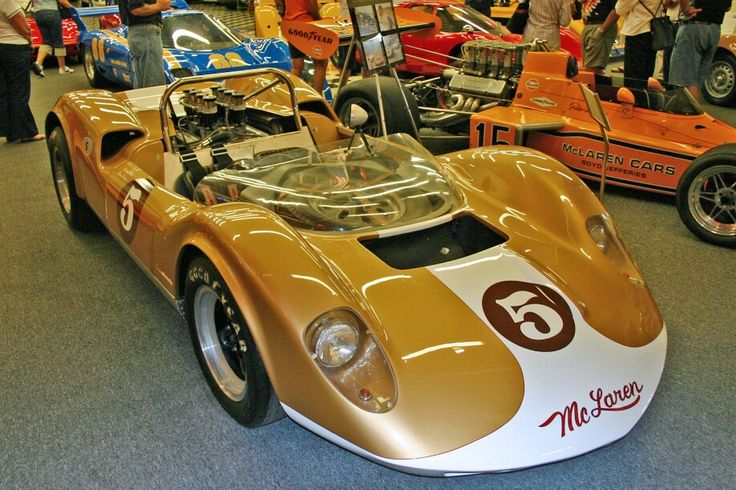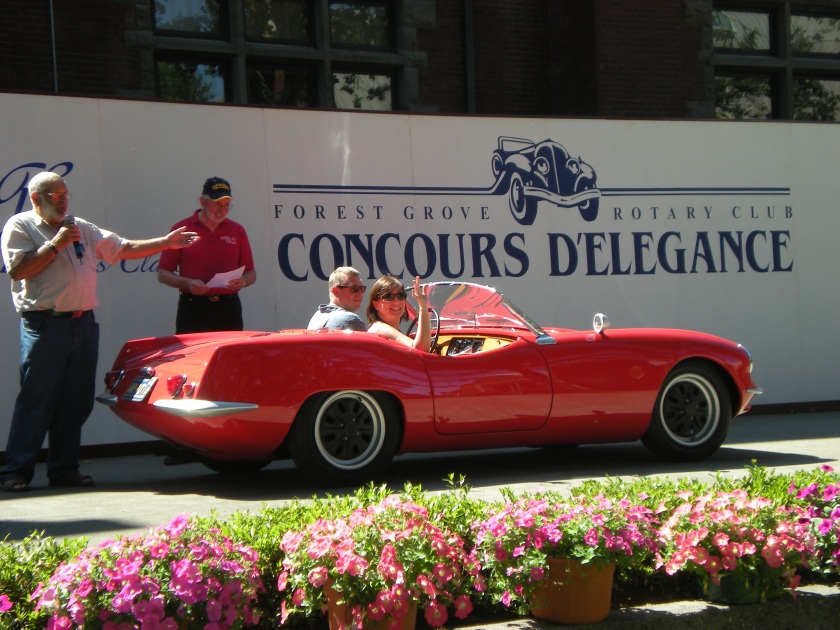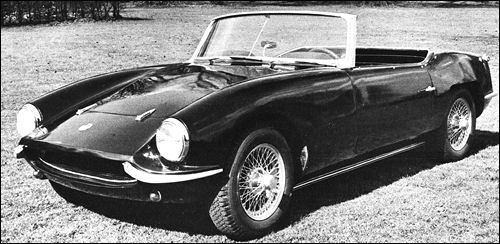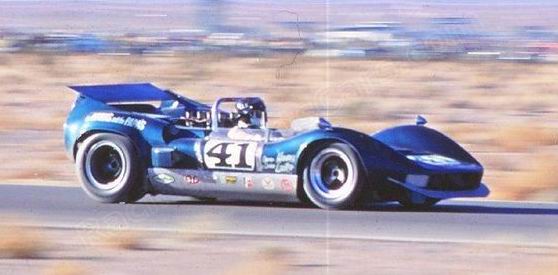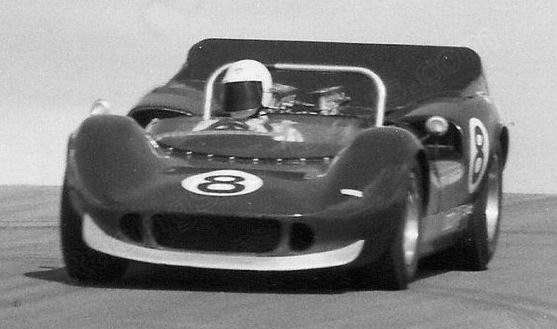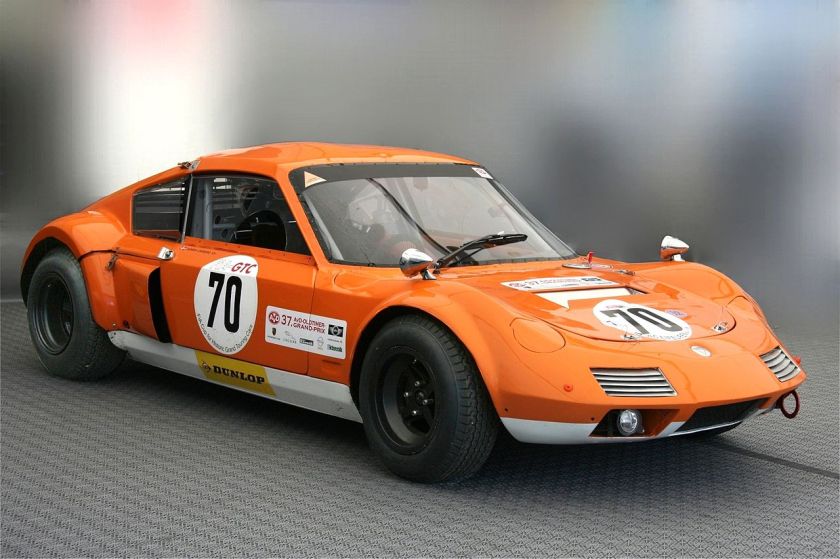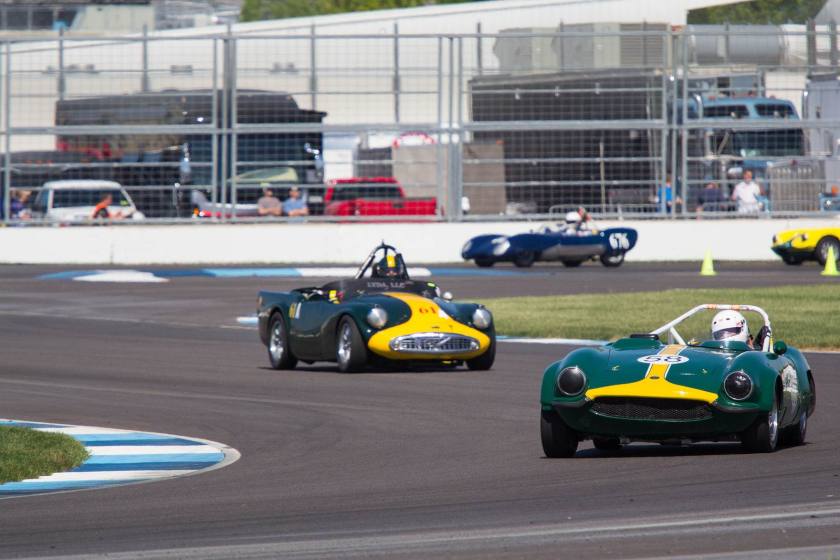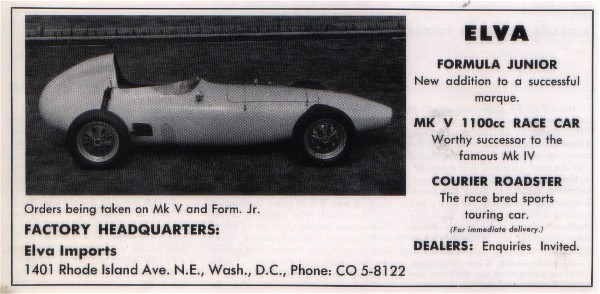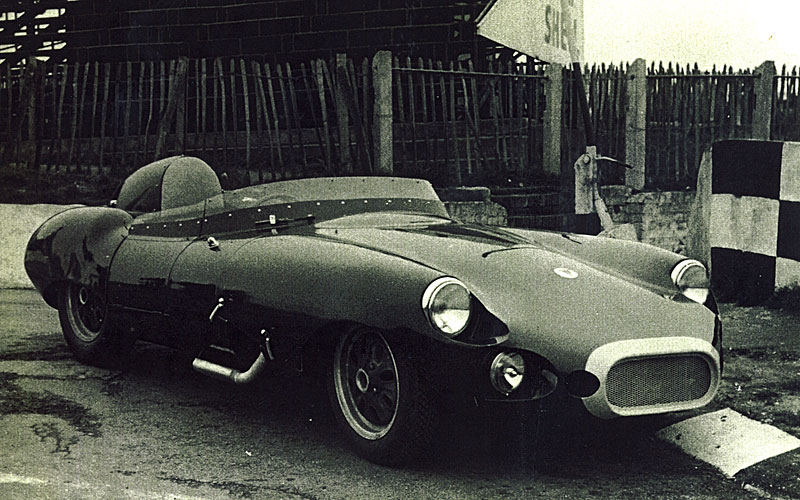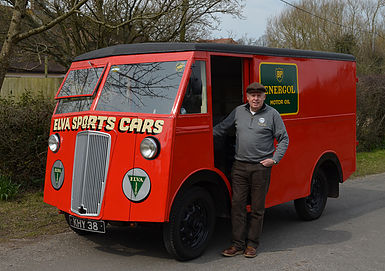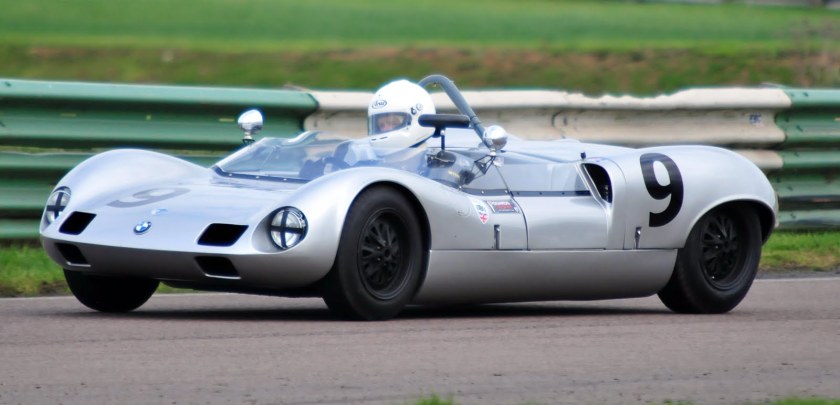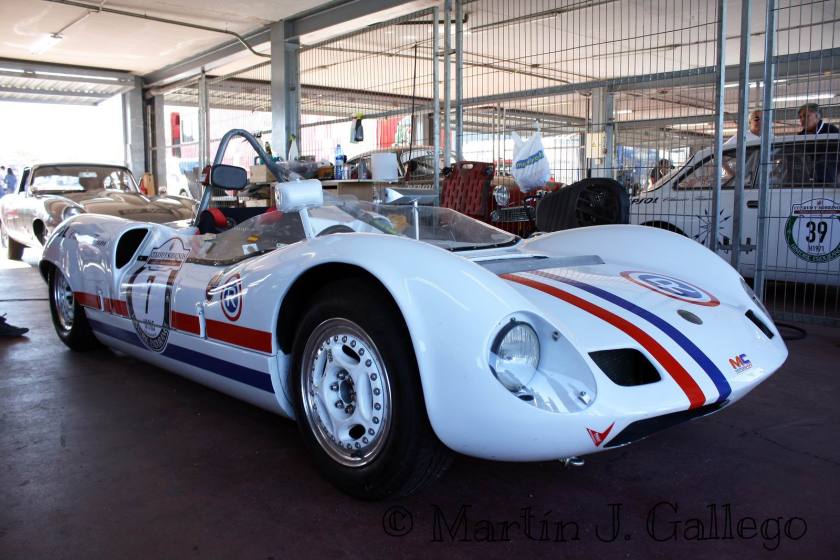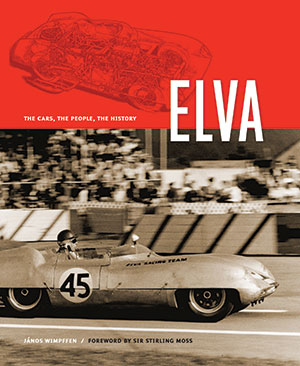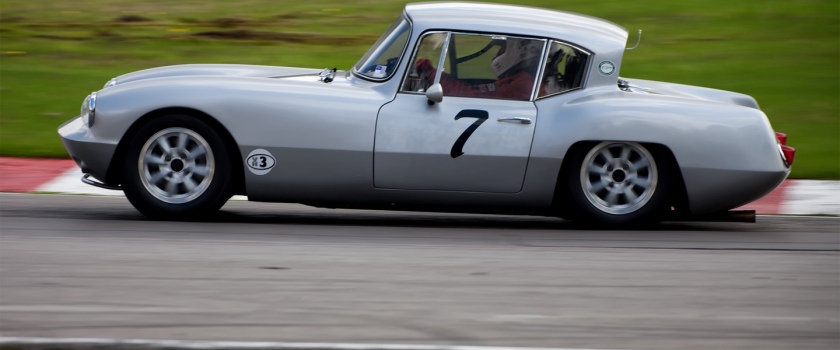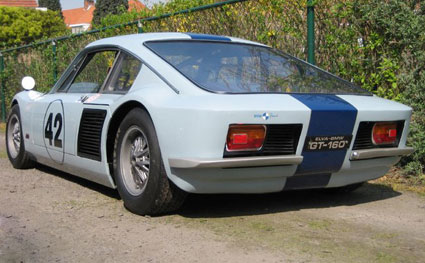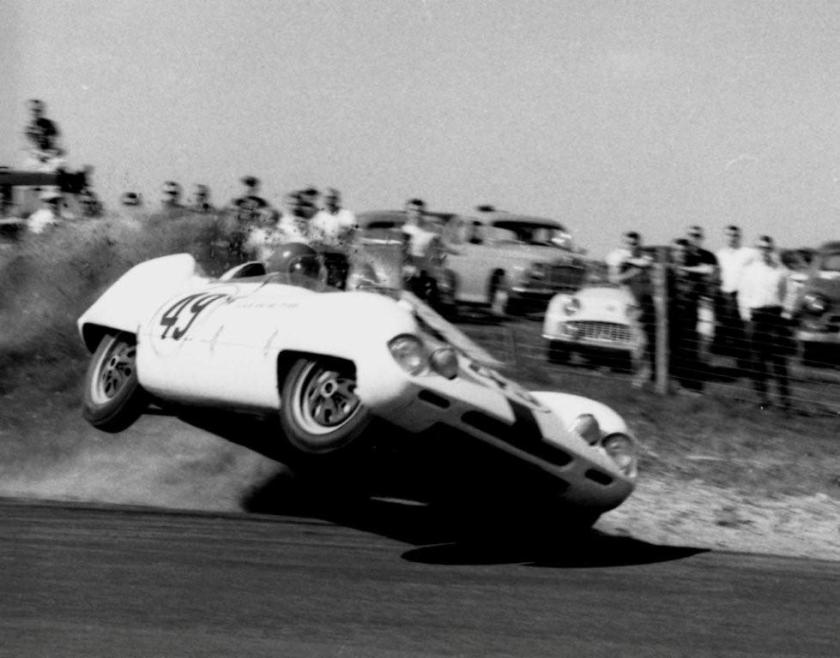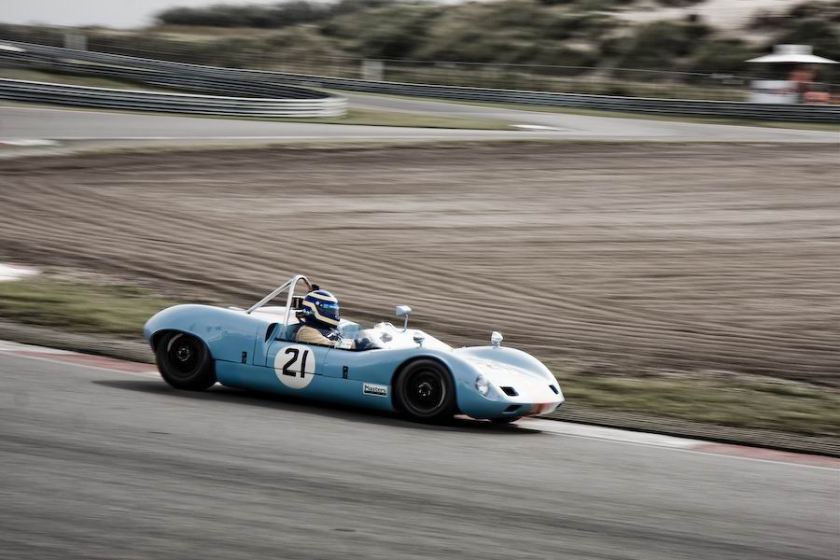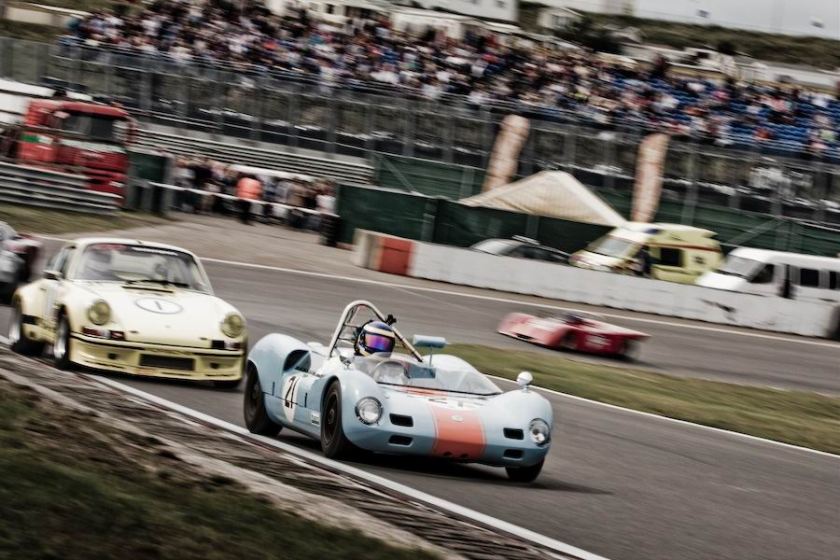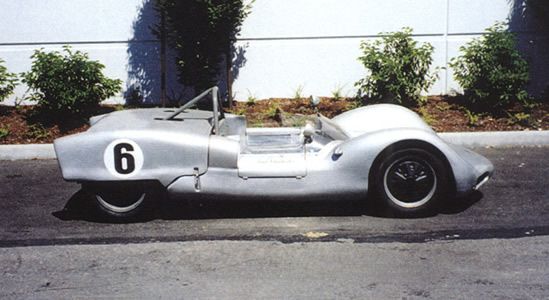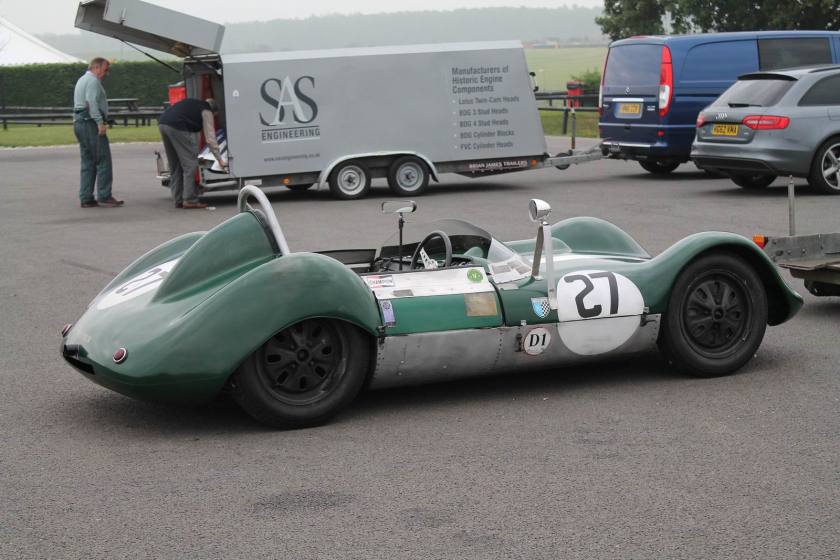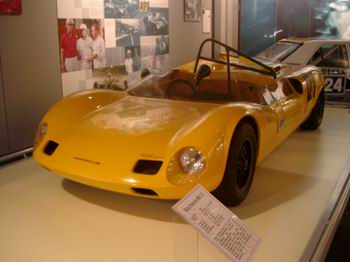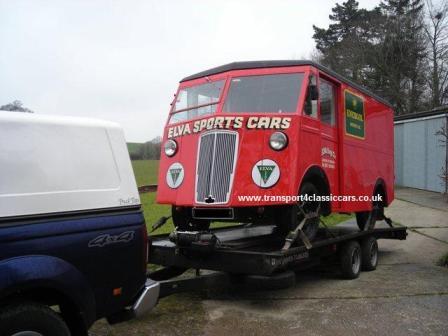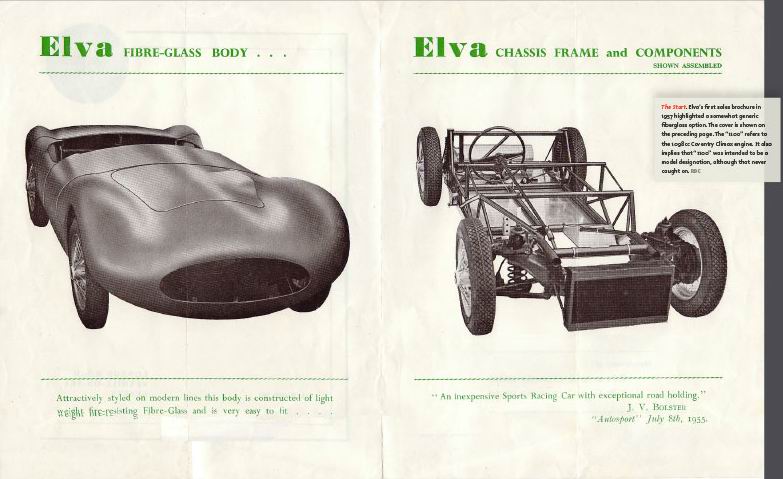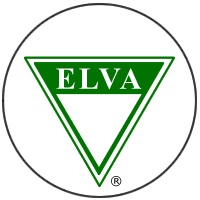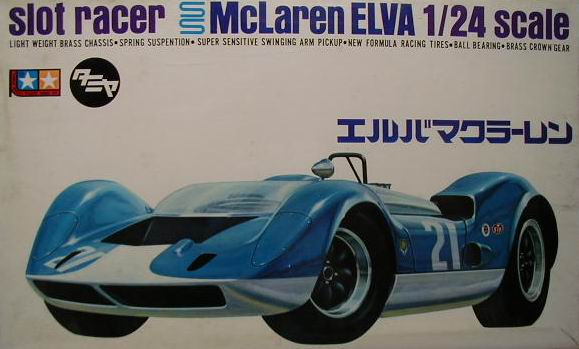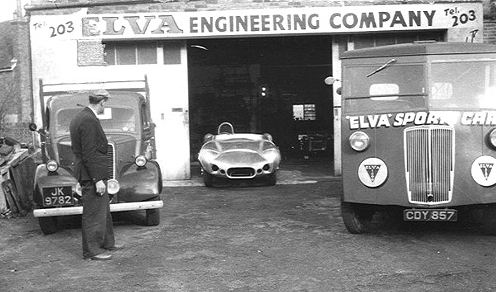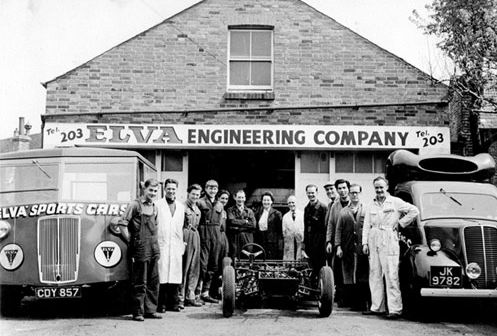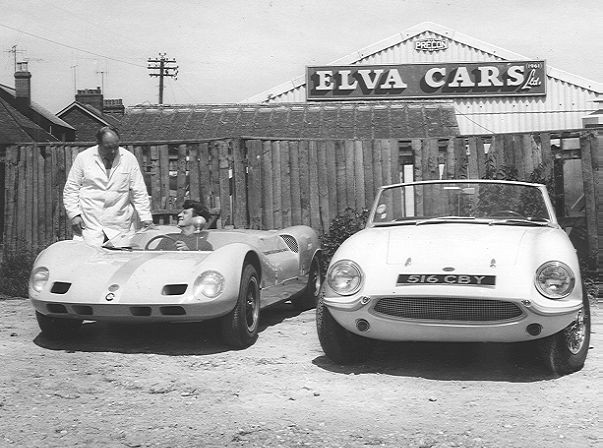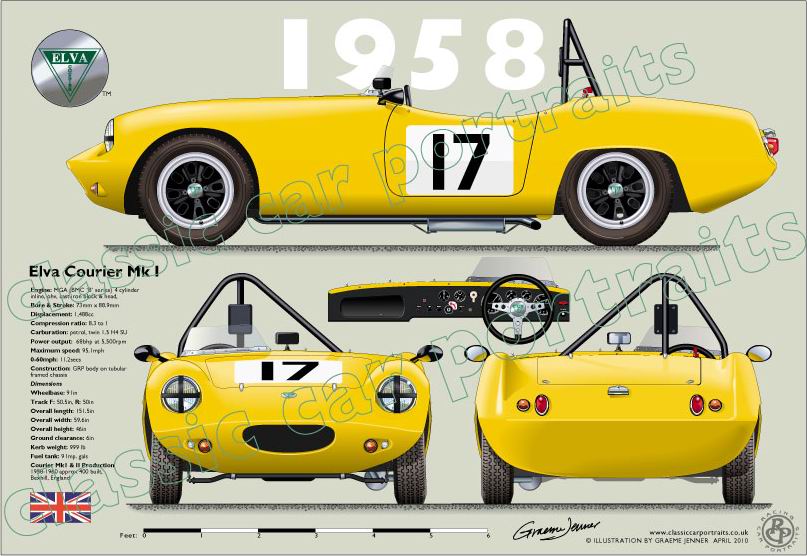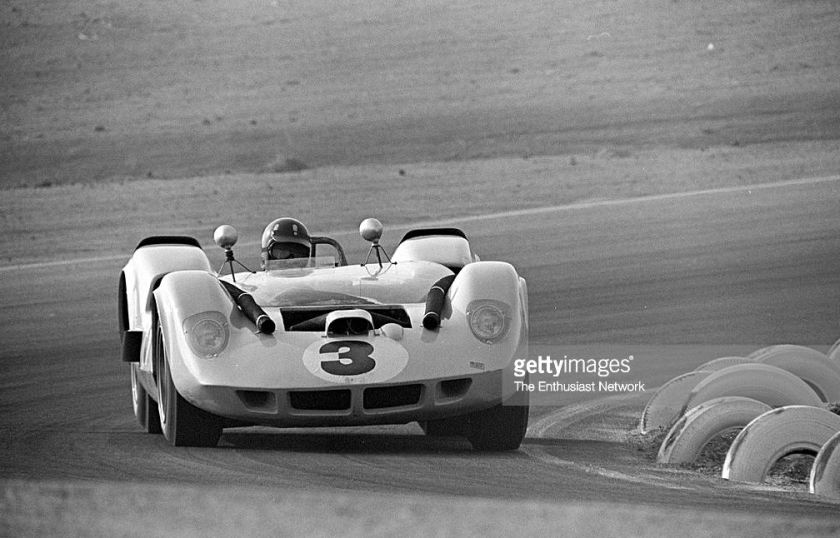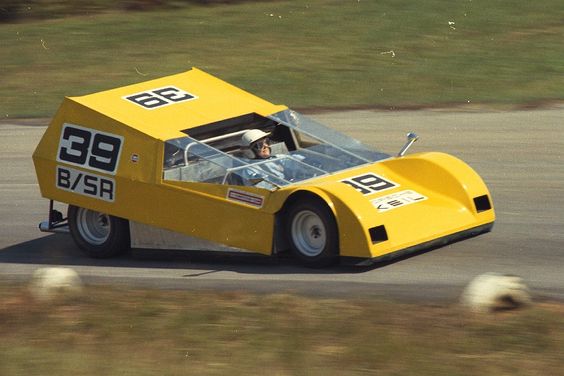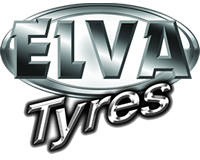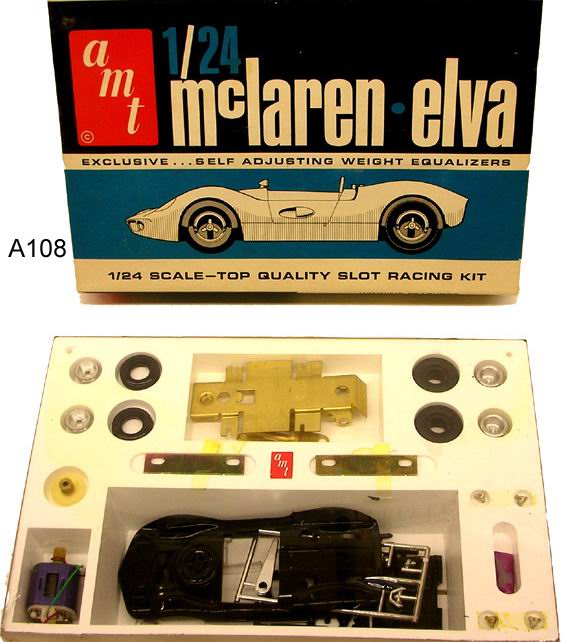Dr. Ing. h.c. F. Porsche AG, usually shortened to Porsche AG (German pronunciation: [ˈpɔʁʃə] ( listen)), is a German automobile manufacturer specializing in high-performance sports cars, supercars, hypercars, and lately SUVs and sedans. Porsche AG is headquartered in Stuttgart, and is owned by Volkswagen AG. The current Porsche models include the 911, Boxster, Cayman, Panamera, Cayenne, Macan, and the 918.
History
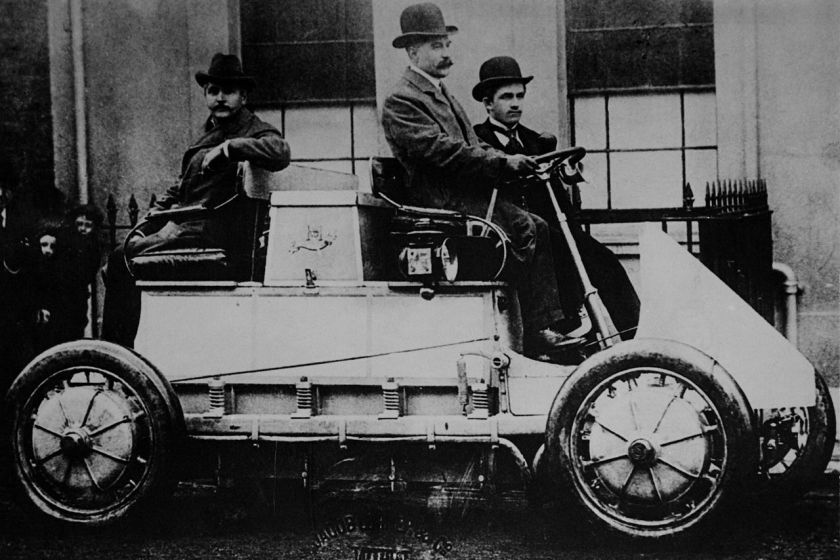
1900 Jacob Lohner & Co Porsche Hybrid
Origin
Ferdinand Porsche founded the company called “Dr. Ing. h. c. F. Porsche GmbH” in 1931, with main offices at Kronenstraße 24 in the centre of Stuttgart. Initially, the company offered motor vehicle development work and consulting, but did not build any cars under its own name. One of the first assignments the new company received was from the German government to design a car for the people, that is a “Volkswagen”. This resulted in the Volkswagen Beetle, one of the most successful car designs of all time. The Porsche 64 was developed in 1939 using many components from the Beetle.

During World War II, Volkswagen production turned to the military version of the Volkswagen Beetle, the Kübelwagen, 52,000 produced, and Schwimmwagen, 15,584 produced. Porsche produced several designs for heavy tanks during the war, losing out to Henschel & Son in both contracts that ultimately led to the Tiger I and the Tiger II. However, not all this work was wasted, as the chassis Porsche designed for the Tiger I was used as the base for the Elefant tank destroyer. Porsche also developed the Maus super-heavy tank in the closing stages of the war, producing two prototypes.
At the end of World War II in 1945, the Volkswagen factory at KdF-Stadt fell to the British. Ferdinand lost his position as Chairman of the Board of Management of Volkswagen, and Ivan Hirst, a British Army Major, was put in charge of the factory. (In Wolfsburg, the Volkswagen company magazine dubbed him “The British Major who saved Volkswagen.”) On 15 December of that year, Ferdinand was arrested for war crimes, but not tried. During his 20-month imprisonment, Ferdinand Porsche’s son, Ferry Porsche, decided to build his own car, because he could not find an existing one that he wanted to buy. He also had to steer the company through some of its most difficult days until his father’s release in August 1947. The first models of what was to become the 356 were built in a small sawmill in Gmünd, Austria. The prototype car was shown to German auto dealers, and when pre-orders reached a set threshold, production (with Aluminium body) was begun by Porsche Konstruktionen GesmbH founded by Ferry and Louise. Many regard the 356 as the first Porsche simply because it was the first model sold by the fledgling company along with Porsche 360. After the production of 356 was taken over by the father’s Dr. Ing. h.c. F. Porsche GmbH in Stuttgart in 1950, Porsche commissioned a Zuffenhausen-based company,Reutter Karosserie, which had previously collaborated with the firm on Volkswagen Beetle prototypes, to produce the 356’s steel body. In 1952, Porsche constructed an assembly plant (Werk 2) across the street from Reutter Karosserie; the main road in front of Werk 1, the oldest Porsche building, is now known as Porschestrasse. The 356 was road certified in 1948.
Company logo
Porsche’s company logo was based on the coat of arms of the Free People’s State of Württemberg of former Weimar Germany, which had Stuttgart as its capital (the same arms were used by Württemberg-Hohenzollern from 1945-1952, while Stuttgart during these years were the capital of adjacent Württemberg-Baden). The arms of Stuttgart was placed in the middle as an inescutcheon, since the cars were made in Stuttgart. The heraldic symbols were combined with the texts “Porsche” and “Stuttgart”, which shows that it is not a coat of arms since heraldic achievements never spell out the name of the armiger nor the armigers home town in the shield.
Württemberg-Baden and Württemberg-Hohenzollern became part of the present land of Baden-Württemberg in 1952 after the political consolidation of West Germany in 1949, and the old design of the arms of Württemberg now only lives on in the Porsche logo. On 30 January 1951, not long before the creation of Baden-Württemberg, Ferdinand Porsche died from complications following a stroke.
Developments
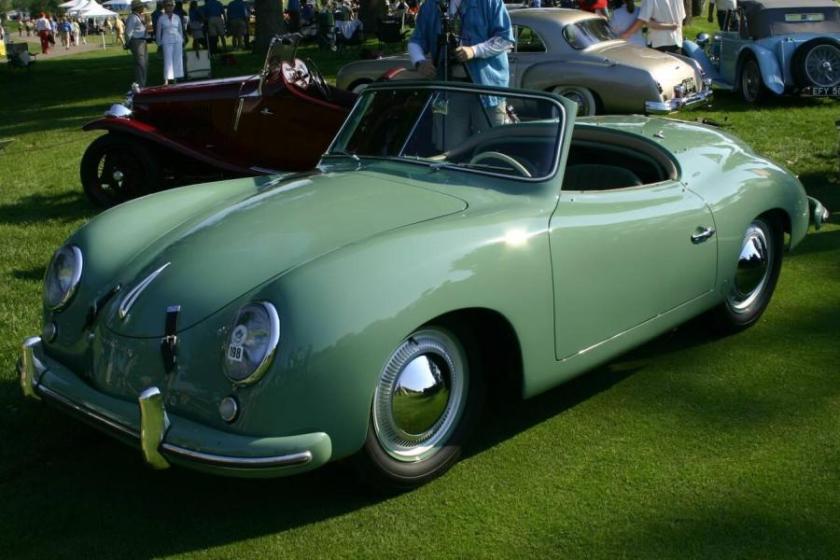
1952 Porsche 356 K/9-1 Prototype
In post-war Germany, parts were generally in short supply, so the 356 automobile used components from the Volkswagen Beetle, including the engine case from its internal combustion engine, transmission, and several parts used in the suspension. The 356, however, had several evolutionary stages, A, B, and C, while in production, and most Volkswagen sourced parts were replaced by Porsche-made parts. Beginning in 1954 the 356s engines started utilizing engine cases designed specifically for the 356. The sleek bodywork was designed by Erwin Komenda who also had designed the body of the Beetle. Porsche’s signature designs have, from the beginning, featured air-cooled rear-engine configurations (like the Beetle), rare for other car manufacturers, but producing automobiles that are very well balanced.
In 1964, after a fair amount of success in motor-racing with various models including the 550 Spyder, and with the 356 needing a major re-design, the company launched the Porsche 911: another air-cooled, rear-engined sports car, this time with a six-cylinder “boxer” engine. The team to lay out the body shell design was led by Ferry Porsche’s eldest son, Ferdinand Alexander Porsche (F. A.). The design phase for the 911 caused internal problems with Erwin Komenda, who led the body design department until then. F. A. Porsche complained Komenda made unauthorized changes to the design. Company leader Ferry Porsche took his son’s drawings to neighboring chassis manufacturer Reuter. Reuter’s workshop was later acquired by Porsche (so-called Werk 2). Afterward Reuter became a seat manufacturer, today known as Keiper-Recaro.

The design office gave sequential numbers to every project (See Porsche type numbers), but the designated 901 nomenclature contravened Peugeot‘s trademarks on all ‘x0x’ names, so it was adjusted to 911. Racing models adhered to the “correct” numbering sequence: 904, 906, 908. The 911 has become Porsche’s most well-known and iconic model – successful on the race-track, in rallies, and in terms of road car sales. Far more than any other model, the Porsche brand is defined by the 911. It remains in production; however, after several generations of revision, current-model 911s share only the basic mechanical configuration of a rear-engined, six-cylinder coupé, and basic styling cues with the original car. A cost-reduced model with the same body, but with 356-derived four-cylinder engine, was sold as the 912.
In 1972, the company’s legal form was changed from Kommanditgesellschaft (KG), or limited partnership, to Aktiengesellschaft (AG), or public limited company, because Ferry Porsche came to believe the scale of the company outgrew a “family operation”, after learning about Soichiro Honda‘s “no family members in the company” policy at Honda. This led to the establishment of an Executive Board with members from outside the Porsche family, and a Supervisory Board consisting largely of family members. With this change, most family members in the operation of the company including F. A. Porsche and Ferdinand Piëch departed from the company.
F. A. Porsche founded his own design company, Porsche Design, which is renowned for exclusive sunglasses, watches, furniture, and many other luxury articles. Louise’s son and Ferry’s nephew Ferdinand Piëch, who was responsible for mechanical development of Porsche’s production and racing cars (including the very successful 911, 908 and 917 models), formed his own engineering bureau, and developed a five-cylinder-inline diesel engine for Mercedes-Benz. A short time later he moved to Audi (used to be a division, then a subsidiary, of Volkswagen), and pursued his career through the entire company, ultimately becoming the Chairman of Volkswagen Group.
The first Chief Executive Officer (CEO) of Porsche AG was Dr. Ernst Fuhrmann, who had been working in the company’s engine development division. Fuhrmann was responsible for the so-called Fuhrmann-engine, used in the 356 Carrera models as well as the 550 Spyder, having four overhead camshafts instead of a central camshaft with pushrods, as in the Volkswagen-derived serial engines. He planned to cease the 911 during the 1970s, and replace it with the V8–front engined grand sportswagon 928. As we know today, the 911 outlived the 928 by far. Fuhrmann was replaced in the early 1980s by Peter W. Schutz, an American manager and self-proclaimed 911 aficionado. He was then replaced in 1988 by the former manager of German computer company Nixdorf Computer AG, Arno Bohn, who made some costly miscalculations that led to his dismissal soon after, along with that of the development director, Dr. Ulrich Bez, who was formerly responsible for BMW’s Z1 model, and is today the CEO of Aston Martin.

The second-generation Porsche 911 (
964), introduced in 1989, was the first to be offered with Porsche’s
Tiptronic transmission.
In 1990, Porsche drew up a memorandum of understanding with Toyota to learn and benefit from Japanese lean manufacturing methods. In 2004 it was reported that Toyota was assisting Porsche with hybrid technology.
Following the dismissal of Bohn, Heinz Branitzki, a longtime Porsche employee, was appointed as interim CEO. Branitzki served in that position until Wendelin Wiedeking became CEO in 1993. Wiedeking took over the chairmanship of the board at a time when Porsche appeared vulnerable to a takeover by a larger company. During his long tenure, Wiedeking transformed Porsche into a very efficient and profitable company.
Ferdinand Porsche’s nephew, Ferdinand Piëch, was chairman and CEO of the Volkswagen Group from 1993 to 2002, and is chairman of the Volkswagen AG Supervisory Board since. With 12.8 percent of the Porsche SE voting shares, he also remains the second largest individual shareholder of Porsche SE after his cousin, F. A. Porsche, (13.6 percent).
Porsche’s 2002 introduction of the Cayenne also marked the unveiling of a new production facility in Leipzig, Saxony, which once accounted for nearly half of Porsche’s annual output. In 2004, production of the 456 kilowatts (620 PS; 612 bhp) Carrera GT commenced in Leipzig, and at EUR 450,000 ($440,000 in the United States) it was the most expensive production model Porsche ever built.

In mid-2006, after years of the Boxster (and later the Cayenne) as the best selling Porsche in North America, the 911 regained its position as Porsche’s best-seller in the region. The Cayenne and 911 have cycled as the top-selling model since. In Germany, the 911 outsells the Boxster/Cayman and Cayenne.
In May 2011, Porsche Cars North America announced plans to spend $80–$100 million, but will receive about $15 million in economic incentives to move their North American headquarters from Sandy Springs, a suburb of Atlanta, to Aerotropolis, Atlanta, a new mixed-use development on the site of the old Ford Hapeville plant adjacent to Atlanta’s airport. Designed by architectural firm HOK, the headquarters will include a new office building and test track. The facility will be known by its new address, One Porsche Drive.
Relationship with Volkswagen

Combined badging VW Porsche of the European 914
The company has always had a close relationship with, initially, the Volkswagen (VW) marque, and later, the Volkswagen Group (which also owns Audi AG), because the first Volkswagen Beetle was designed by Ferdinand Porsche.
The two companies collaborated in 1969 to make the VW-Porsche 914 and 914-6, whereby the 914-6 had a Porsche engine, and the 914 had a Volkswagen engine, in 1976 with the Porsche 912E (USA only) and the Porsche 924, which used many Audi components, and was built at Audi’s Neckarsulm factory. Porsche 944s were also built there, although they used far fewer Volkswagen components. The Cayenne, introduced in 2002, shares its entire chassis with Volkswagen Touareg and Audi Q7, which is built at the Volkswagen Group factory in Bratislava, Slovakia.
Corporate restructuring

A 911 before the factory in which it was assembled, Porschewerk Stuttgart (right), and the manufacturer’s central dealership, Porsche Zentrum Stuttgart (left).
Porsche SE was created in June 2007 by renaming the old Dr. Ing. h.c. F. Porsche AG, and became a holding company for the families’ stake in Porsche Zwischenholding GmbH (50.1%) (which in turn held 100% of the old Porsche AG) and Volkswagen AG (50.7%). At the same time, the new Dr. Ing. h.c. F. Porsche AG (Porsche AG) was created for the car manufacturing business.
In August 2009, Porsche SE and Volkswagen AG reached an agreement that the car manufacturing operations of the two companies would merge in 2011, to form an “Integrated Automotive Group”. The management of Volkswagen AG agreed to 50.76% of Volkswagen AG being owned by Porsche SE in return for Volkswagen AG management taking Porsche SE management positions (in order for Volkswagen management to remain in control), and for Volkswagen AG acquiring ownership of Porsche AG.
As of the end of 2013, the 50.76% control interest in VW AG is the predominant investment by Porsche SE, and Volkswagen AG in turn controls brands and companies such as Volkswagen, Audi, SEAT, Škoda, Bentley, Bugatti, Lamborghini, Porsche AG, Ducati, VW Commercial Vehicles, Scania, MAN, as well as Volkswagen Financial Services.
Dr. Ing. h.c. F. Porsche AG (which stands for Doktor Ingenieur honoris causa Ferdinand Porsche Aktiengesellschaft), as a 100% subsidiary of VW AG, is responsible for the actual production and manufacture of the Porsche automobile line. The company currently produces Porsche 911, Boxster and Cayman sports cars, the Cayenne and Macan sport utility vehicles, the four-door Panamera, and the 918 Spyder super car.
Subsidiaries
Porsche AG has a 29% share in German engineering and design consultancy Bertrandt AG and 81.8% of Mieschke Hofmann und Partner.
Wholly owned subsidiaries of Porsche AG include Porsche Consulting GmbH.
Production and sales
The headquarters and main factory are located in Zuffenhausen, a district in Stuttgart, but the Cayenne and Panamera models are manufactured in Leipzig, Germany, and parts for the SUV are also assembled in the Volkswagen Touareg factory in Bratislava, Slovakia. Boxster and Cayman production was outsourced to Valmet Automotive in Finland from 1997 to 2011, and in 2012 production moved to Germany.
In 2008, Porsche reported selling a total of 98,652 cars, 13,524 (13.7%) as domestic German sales, and 85,128 (86.3%) internationally.
The company has been highly successful in recent times, and indeed claims to have the highest profit per unit sold of any car company in the world. Table of profits (in millions of euros) and number of cars produced. Figures from 2008/9 onwards were not reported as part of Porsche SE.
Models
The current Porsche model range includes sports cars from the Boxster roadster to their most famous product, the 911. The Cayman is a coupé otherwise similar to the Boxster. The Cayenne is Porsche’s mid-size luxury sport utility vehicle (SUV). A high performance luxury saloon/sedan, the Panamera, was launched in 2009.
- Note: models in bold are current models
Consumer models
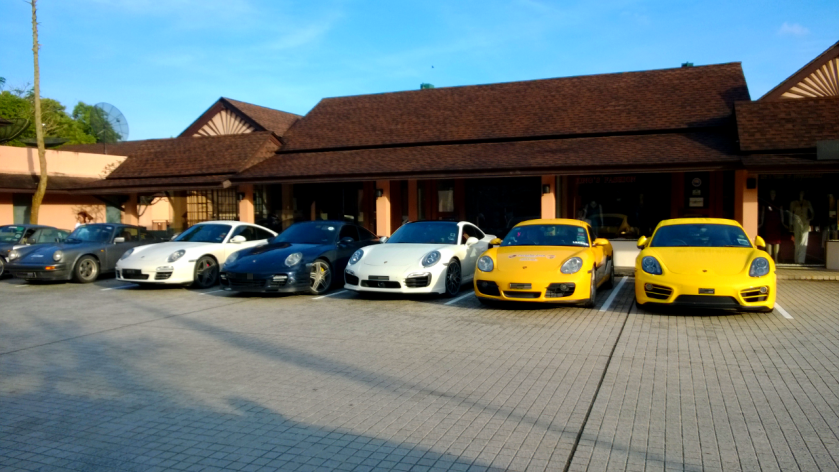
-
Porsche 911 Carrera S (997), Porsche Cayman (981), Porsche 911 Turbo S (991) and Porsche 911 SC

-
Porsche Boxster

-
-
-
2015 Porsche Macan

Prototypes and concept cars

Tractors
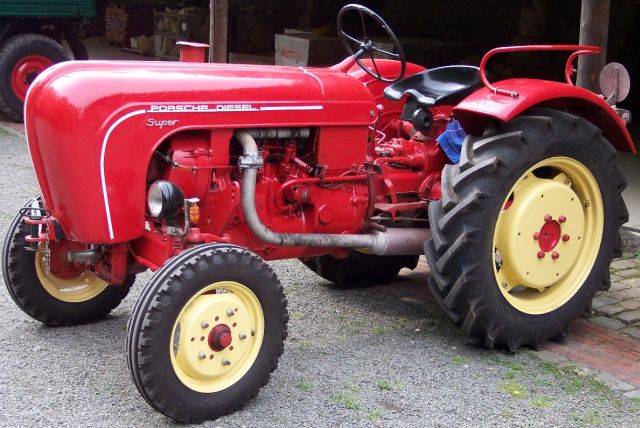
Hybrid and electric vehicles
For details on a Porsche 911-based all-electric car, see
ERuf Model A.
In 2010 Porsche launched the Cayenne S Hybrid and announced the Panamera S Hybrid, and launched the Porsche 918 hypercar in 2014, which also features a hybrid system. Also a plug-in hybrid model called the Panamera S E-Hybrid was released in October 2013 in the United States, and during the fourth quarter of 2013 in several European countries.
Porsche developed a prototype electric Porsche Boxster called the Boxster E in 2011 and a hybrid version of the 911 called the GT3 R Hybrid, developed with Williams Grand Prix Engineering in 2010.
In July 2014 Porsche announced the launch by the end of 2014 of the Porsche Cayenne S E-Hybrid a plug-in hybrid, which will displaced the Cayenne S Hybrid from the line up. The S E-Hybrid will be the first plug-in hybrid in the premium SUV segment and will allow Porsche to become the first automaker with three production plug-in hybrid models.
Aircraft engines

Porsche Flugzeugmotor PFM 3200, ausgestellt in der Flugwerft Schleißheim.
Motorsport
Porsche is the most successful brand in motorsport, scoring a total of more than 28,000 victories, including a record 16 constructor wins at the 24 Hours of Le Mans. Porsche is currently the world’s largest race car manufacturer. In 2006, Porsche built 195 race cars for various international motor sports events. In 2007, Porsche is expected to construct no fewer than 275 dedicated race cars (7 RS Spyder LMP2 prototypes, 37 GT2 spec 911 GT3-RSRs, and 231 911 GT3 Cup vehicles).
Pronunciation of “Porsche”
In keeping with the family name of founder Ferdinand Porsche, the company’s name is pronounced [ˈpɔʁʃə] in German, which corresponds to //porsh-ə in English,[51] homophonous with the feminine name Portia. However, in English it is often mispronounced as a single syllable // porsh—without a final /ə/. In German orthography, word-final ⟨e⟩ is not silent but is instead an unstressed schwa.
Reputation
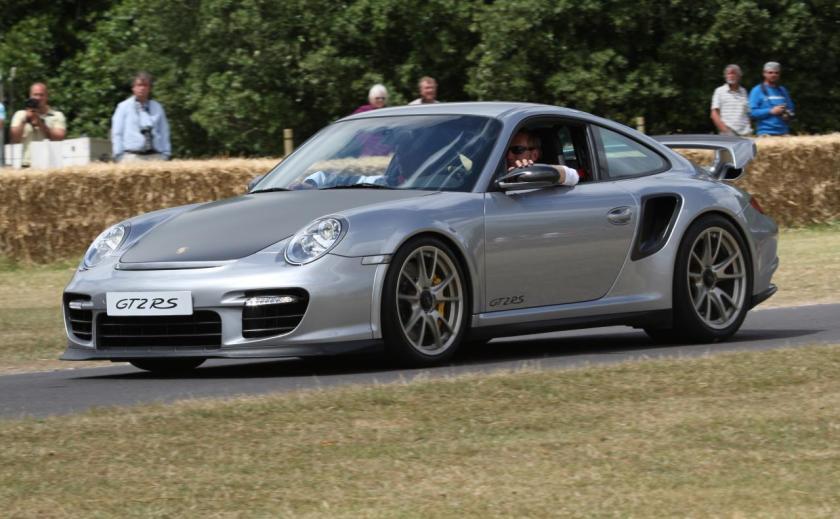
In a May 2006 survey, Porsche was awarded the title of the most prestigious automobile brand by Luxury Institute, New York; it questioned more than 500 households with a gross annual income of at least $200,000 and a net worth of at least $720,000.
Porsche was awarded the 2006, 2009, and 2010 J.D. Power and Associates award for the highest-ranked nameplate in its Initial Quality Study (IQS) of automobile brands.
SUV reception
According to CNBC, even an at-the-time questionable foray into the SUV market with the Cayenne in 2003, couldn’t damage Porsche credibility. The Times journalist Andrew Frankel says on one level, it is the world’s best 4×4, on another, it is the cynical exploitation of a glorious brand that risks long-term damage to that brand’s very identity in the pursuit of easy money with his verdict being “Great car, if only it wasn’t a Porsche”. Despite the controversy faced by critics, the Cayenne has been a success, generating enough profit for the company to invest in and upgrade the existing model range, as well as fund the Panamera project.
See also
Pictures
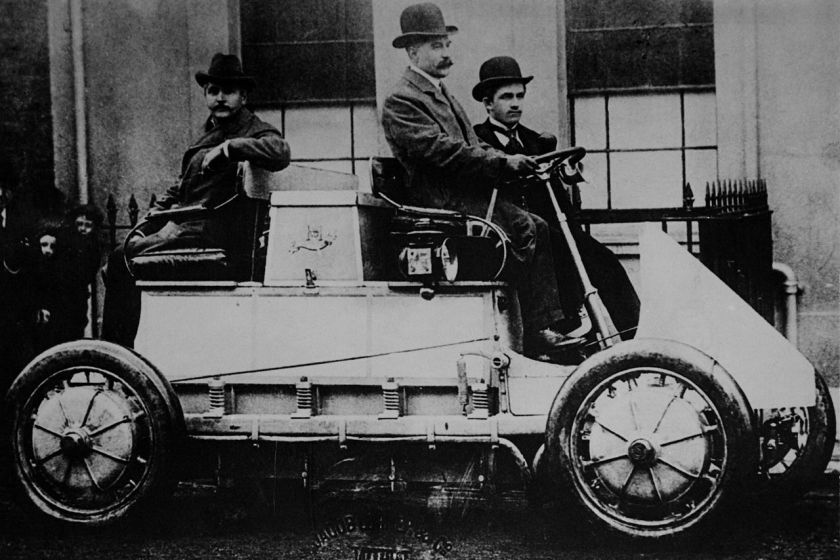
1900-jacob-lohner-co-porsche-hybrid
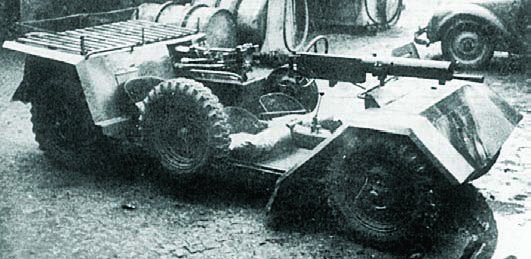
1937-porsche-30-v2

1938-porsche-64k10

1938-porsche-356-coupe-51

1939-auto-union-typ-d-gp-rennwagen

1939-porsche-84-vw-berlin-rome

1948-porsche-356-nr-1-roadster
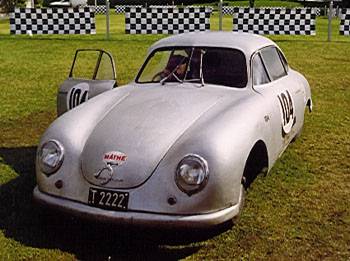
1949-porsche-356-gmund-coupc3a91

1949-porsche-356-spijlcoupe

1950-porsche-356-coupe-ferdinand-black-vl

1951-porsche-356-blue-glc3a4ser-cabriolet

1952-porsche-356-k-9-1-prototype
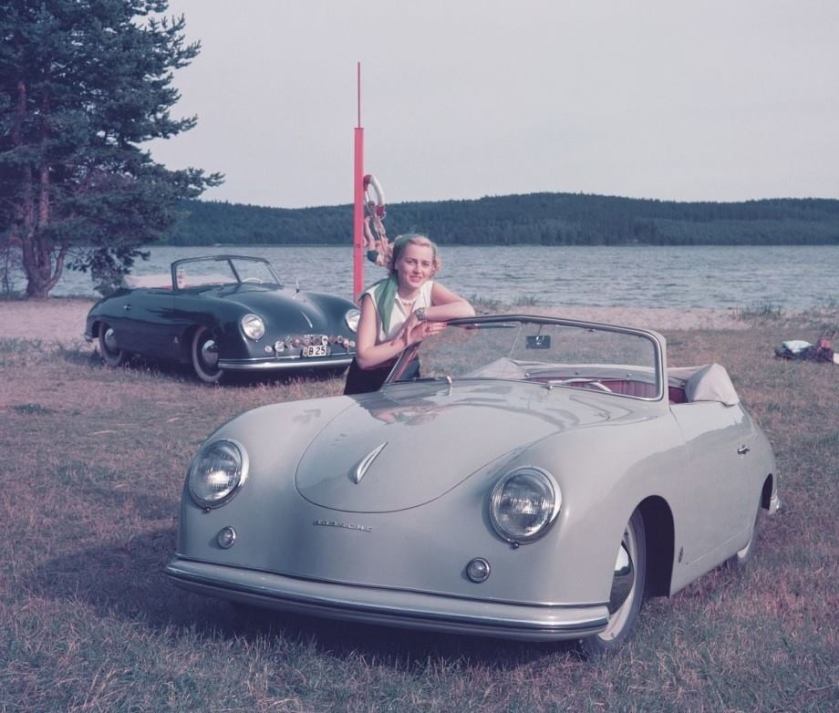
1952-porsches-ad
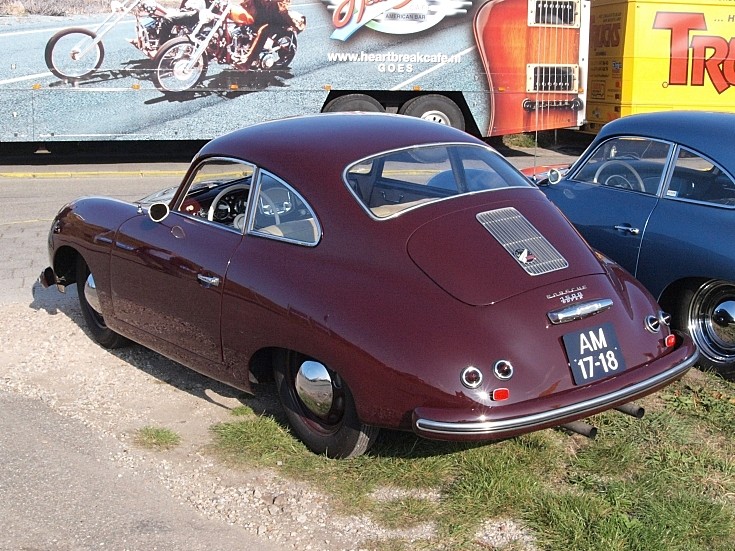
1953-porsche-356

1953-porsche-597
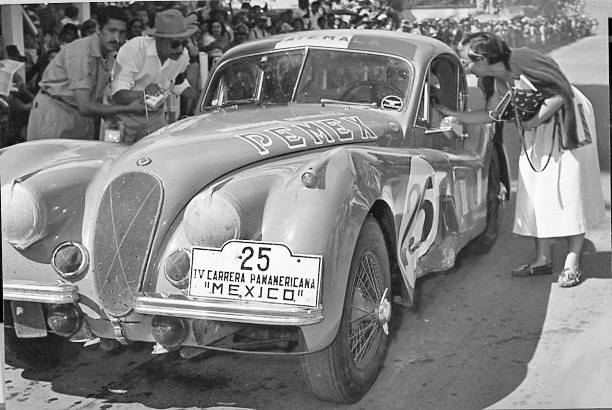
1953-porsche-carrera-panamericana

1954-porsche-356-pre
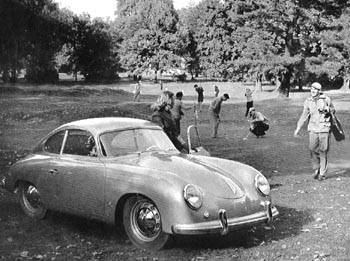
1954-porsche-356

1954-porsche-550-1500-rs-spyder-carrera-panamericana

1954-porsche-speedster-engine-1600cc

1955-porsche-356-pre-a-speedstar-1500-cc

1955-porsche-356-speedster

1955-porsche-rijkspolitie nl

1956-porsche-1
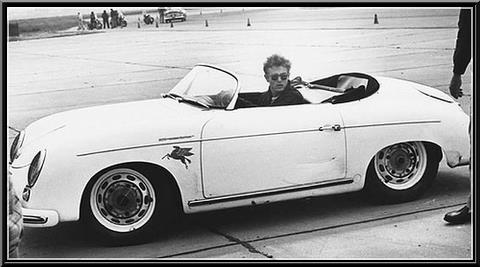
1956-porsche-356-a-speedster-with-james-dean
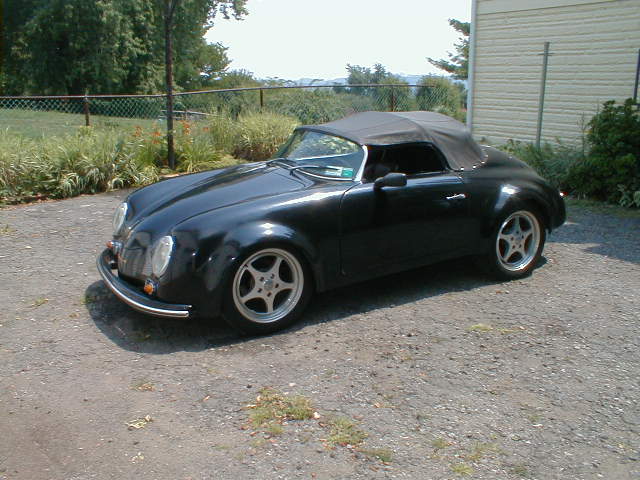
1956-porsche-356-california-01
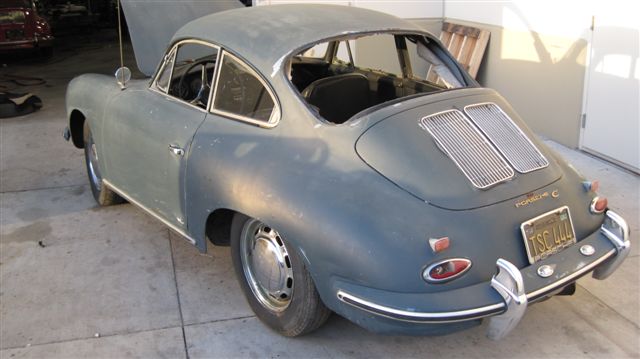
1956-porsche-356-california-02

1956-porsche-356-california-08

1956-porsche-356-california-14
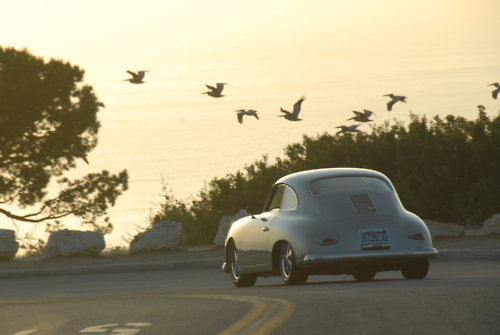





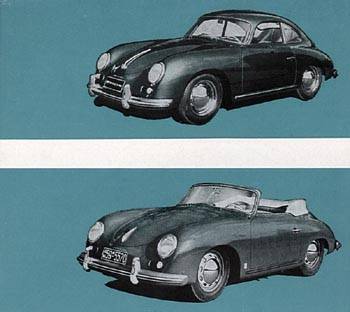



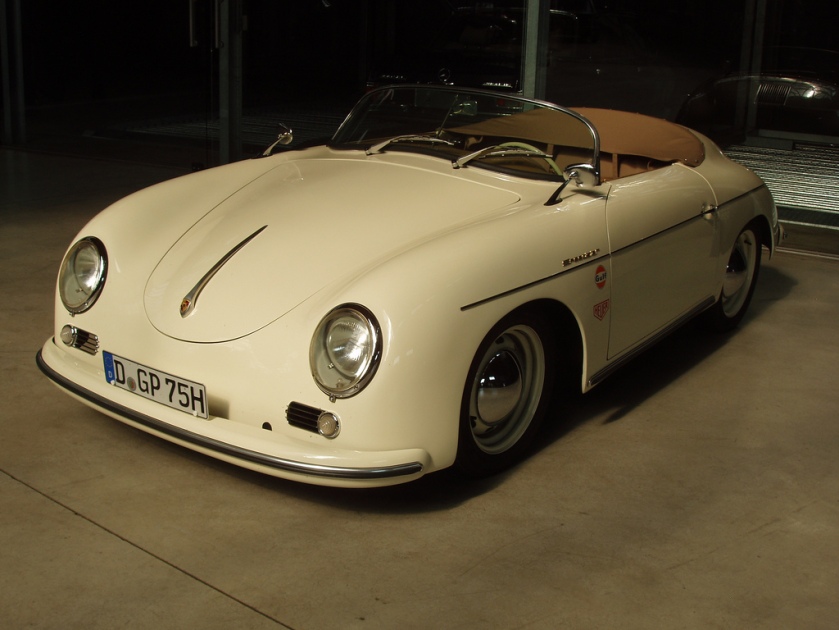
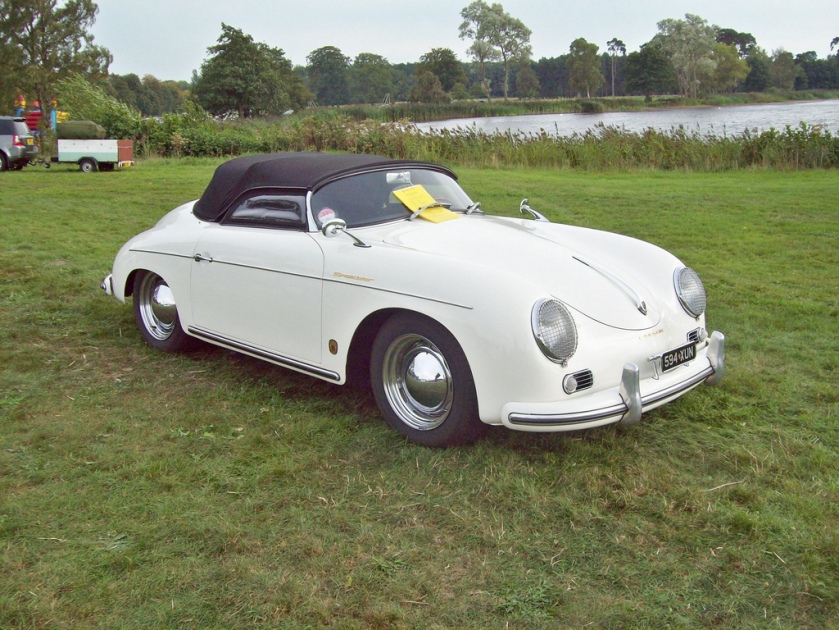
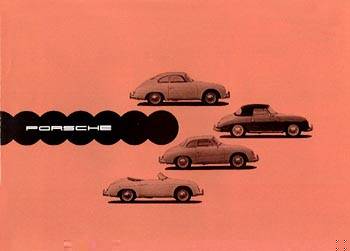



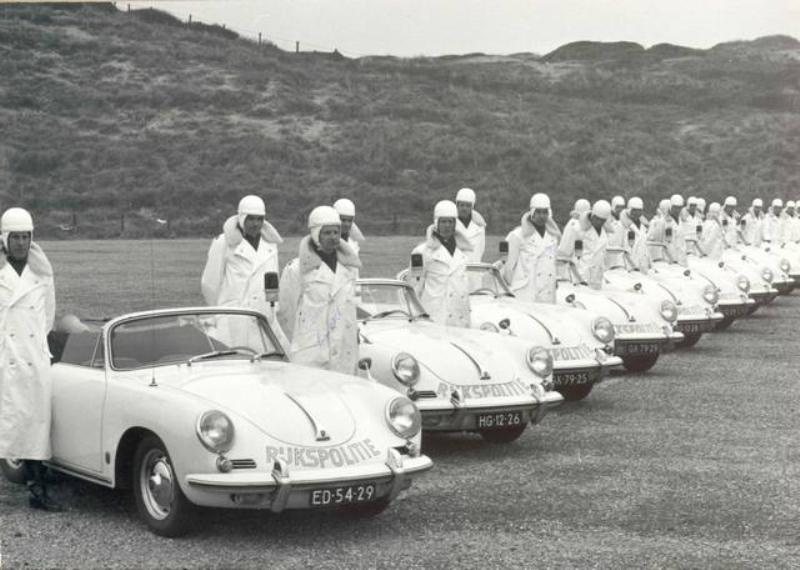

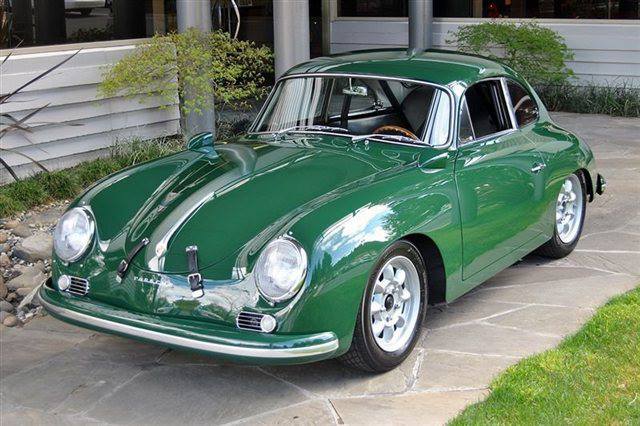


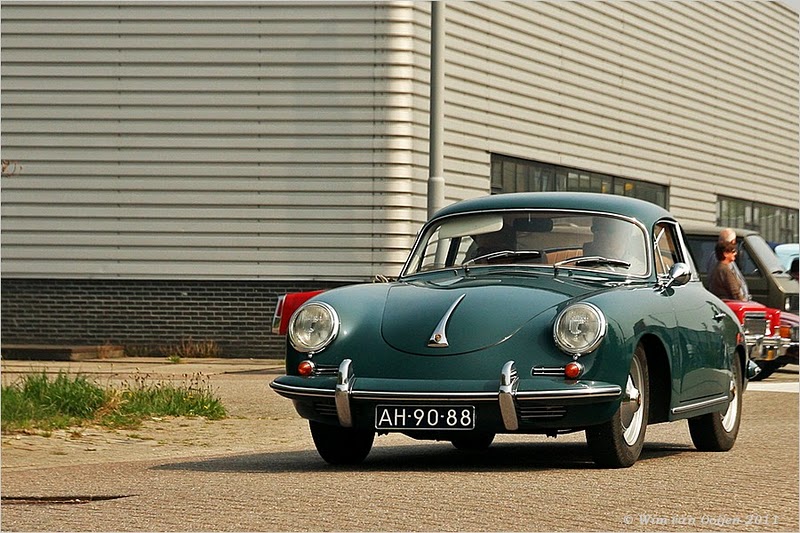
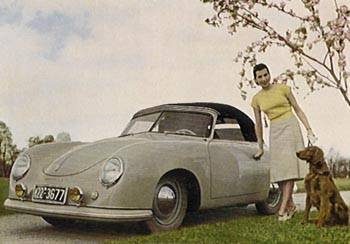
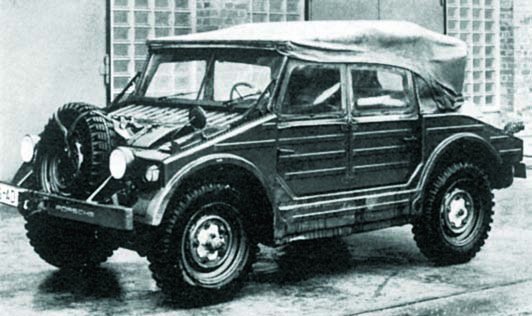
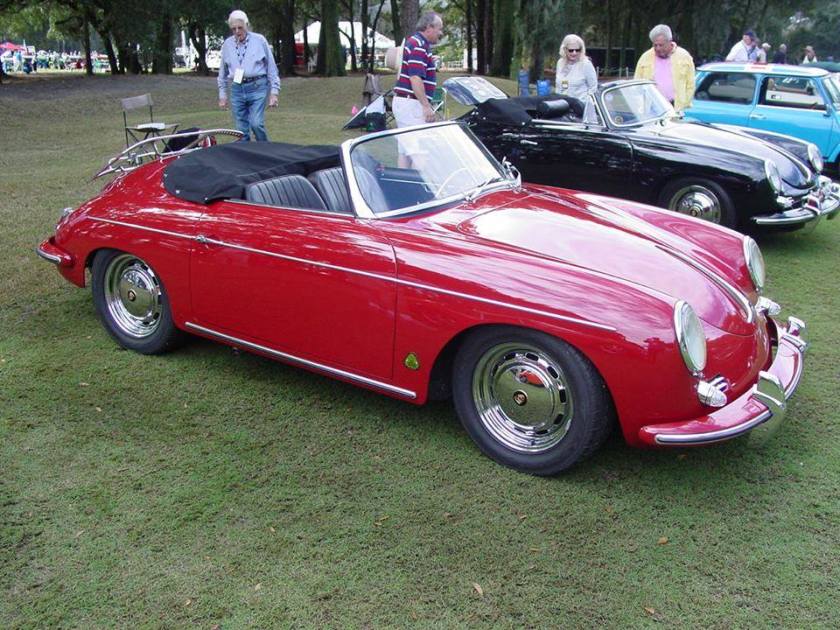
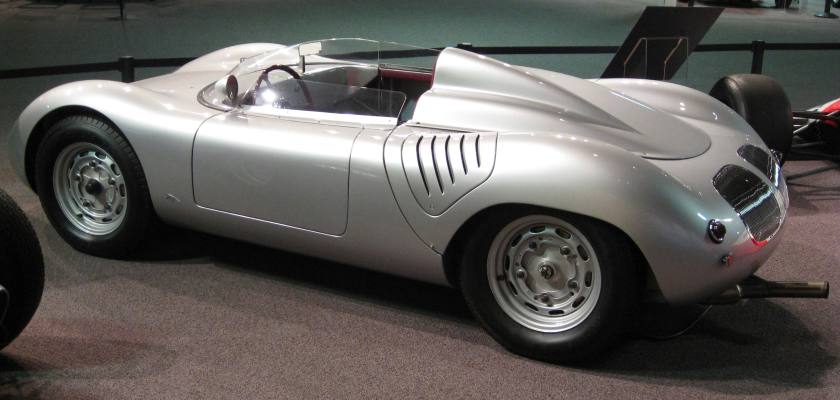


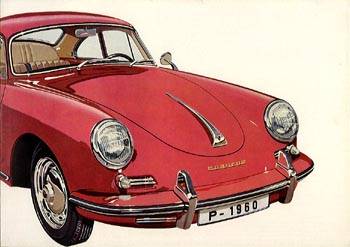
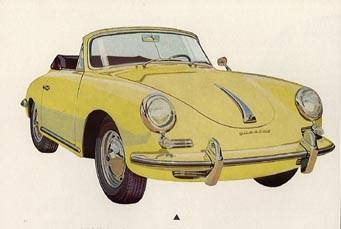
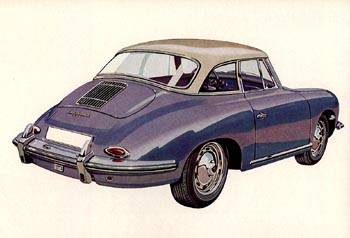

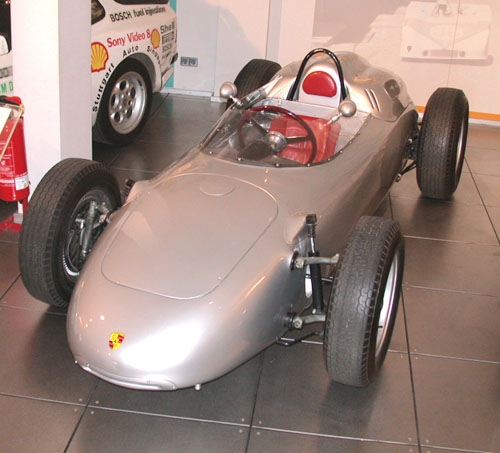
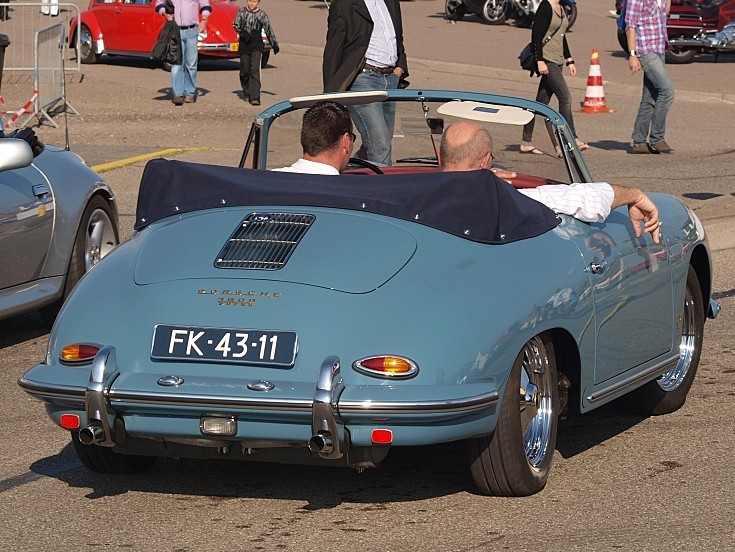
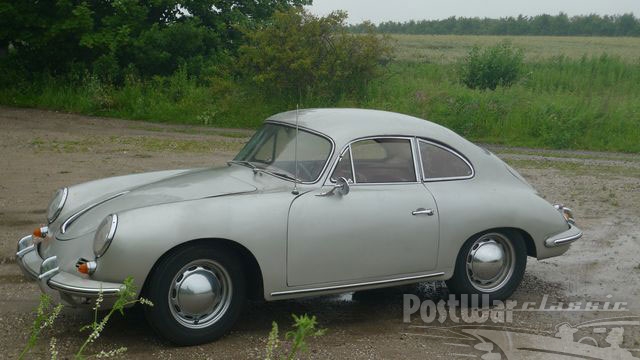
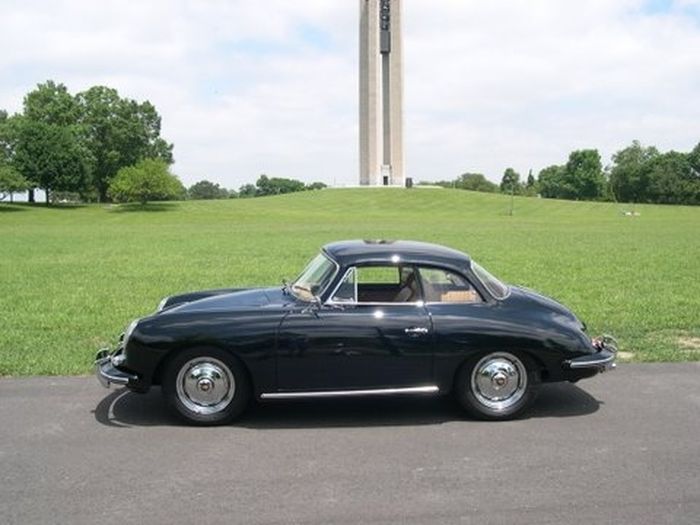

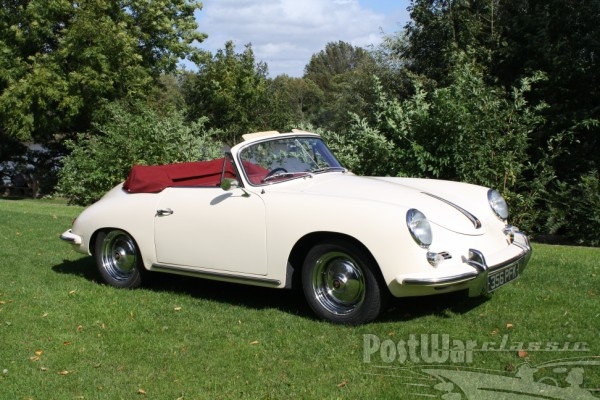


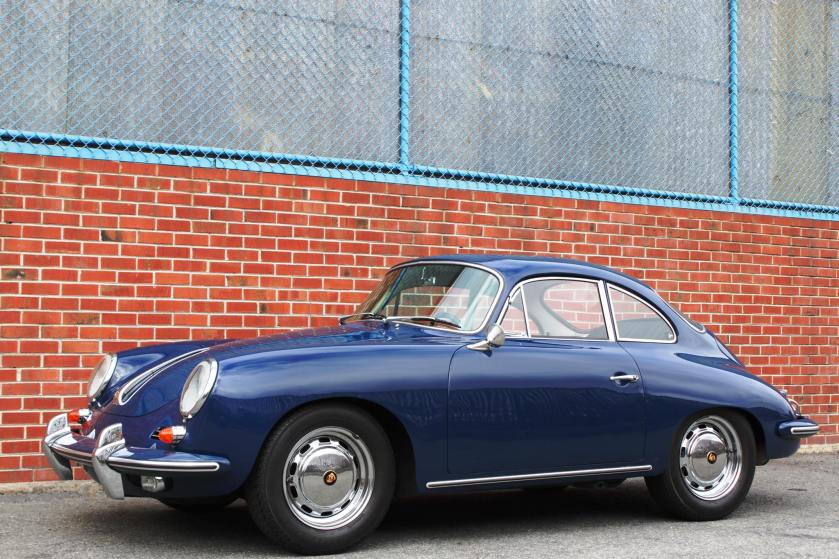
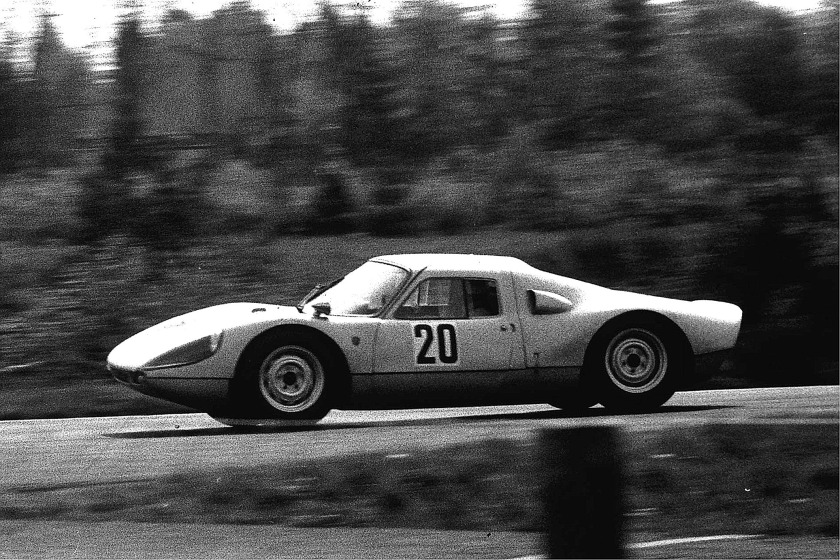

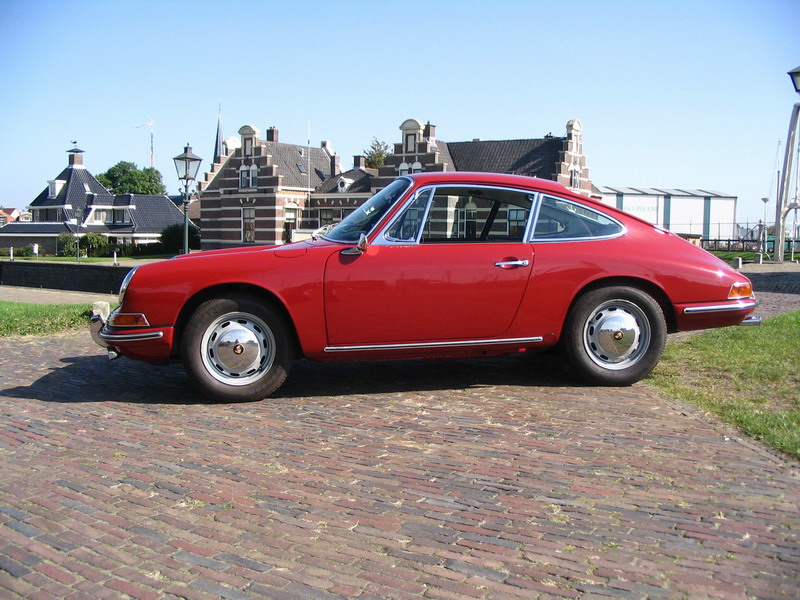

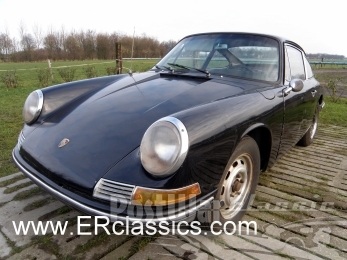

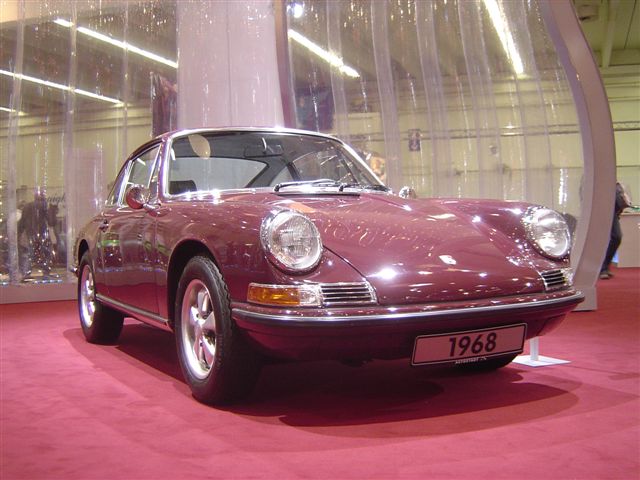
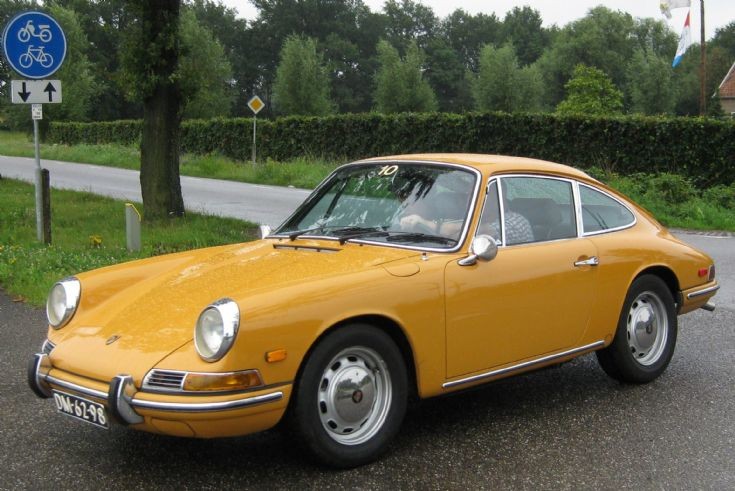


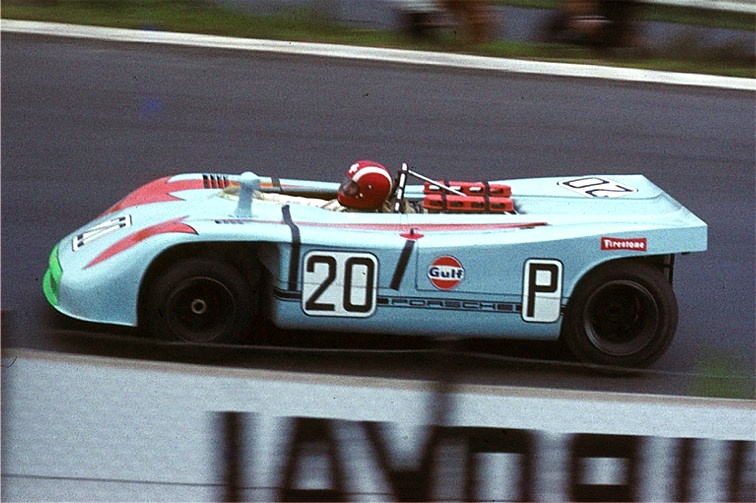
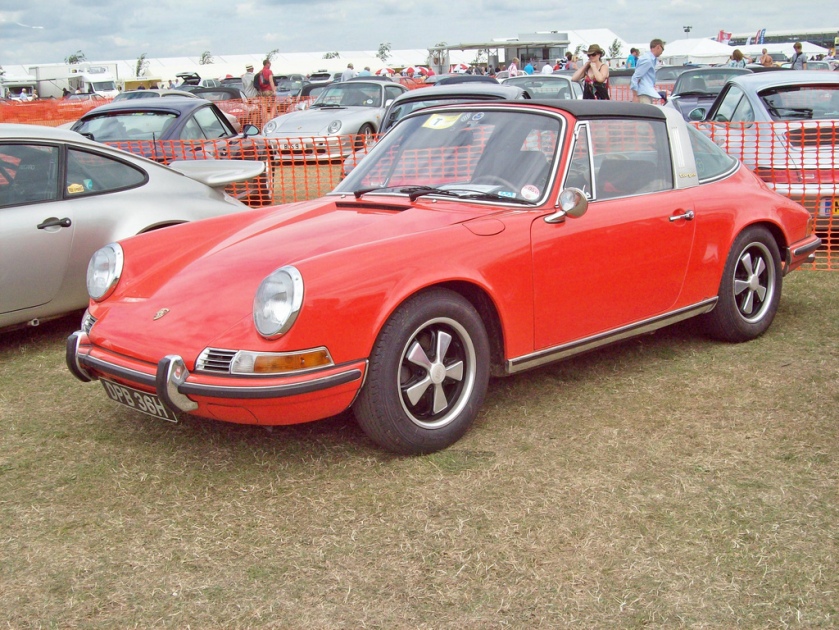
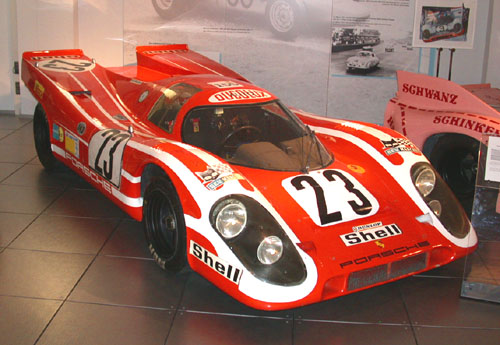

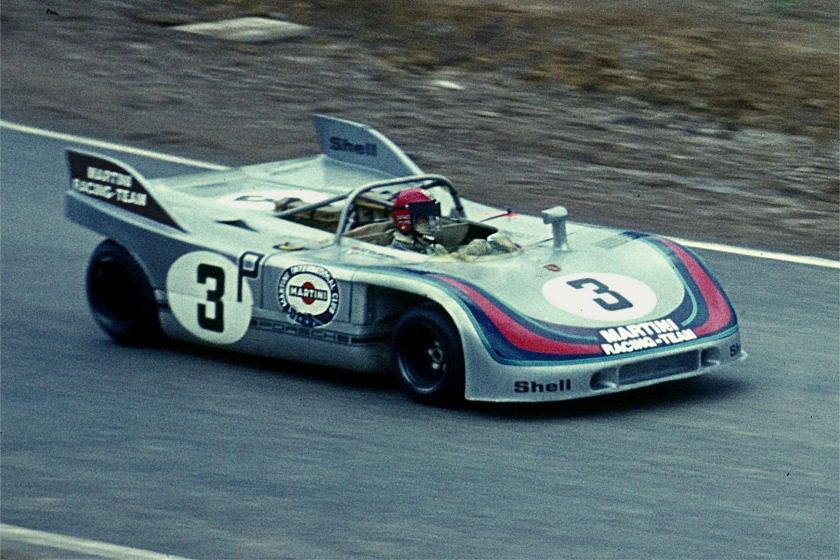
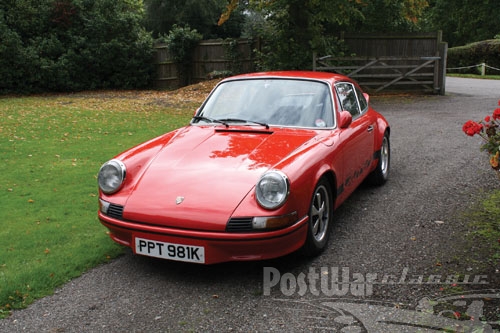




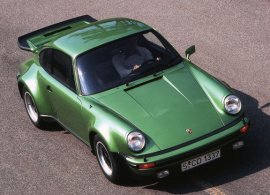
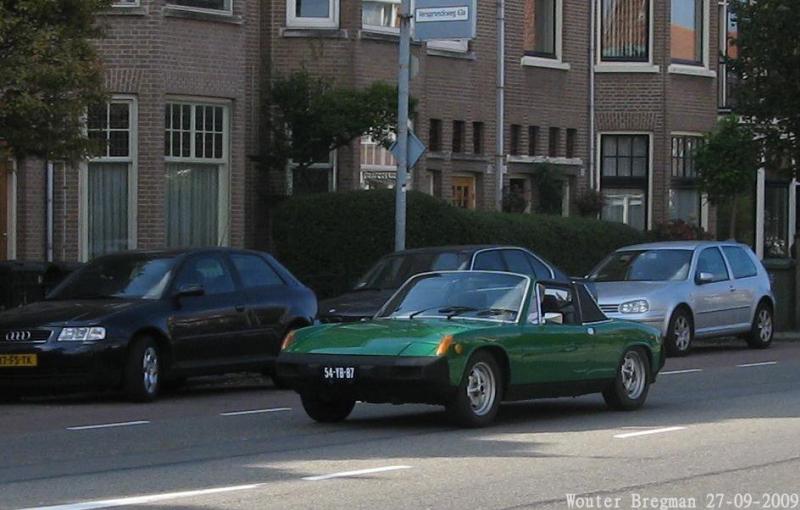

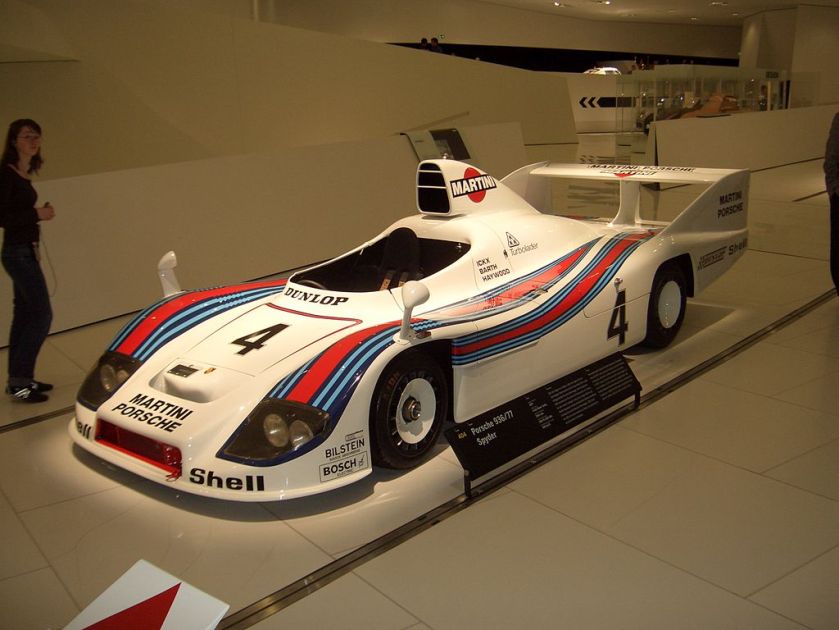
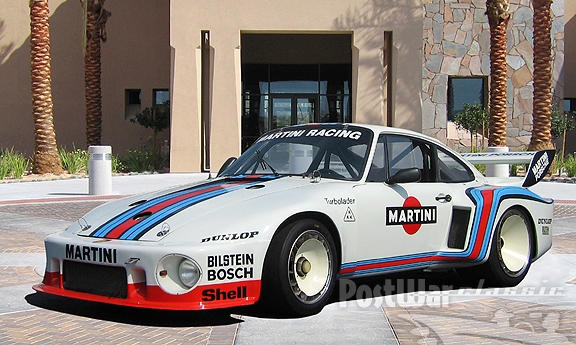
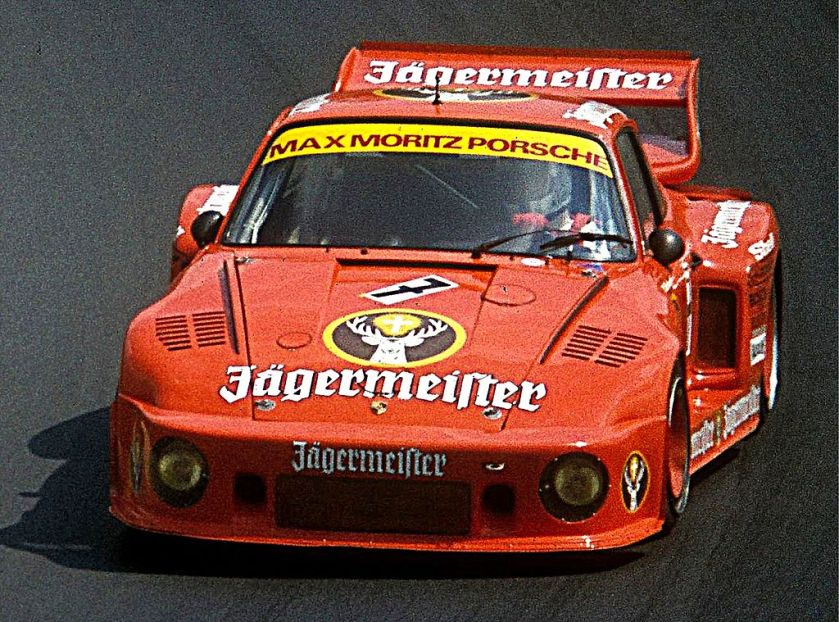

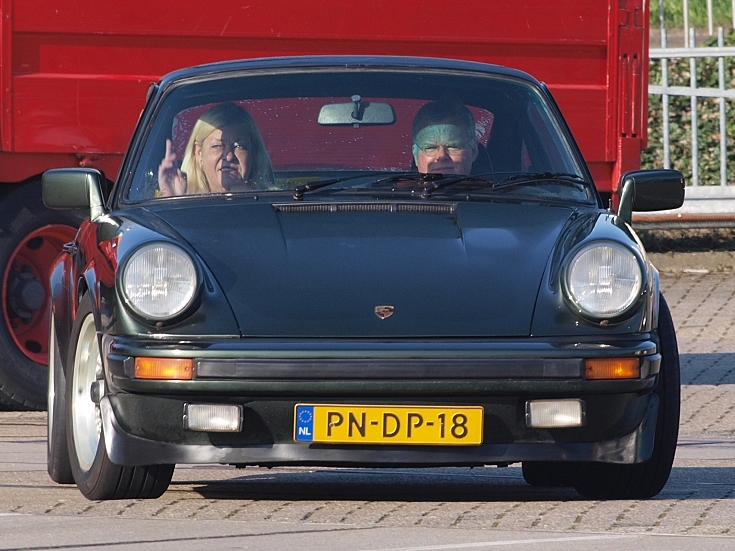

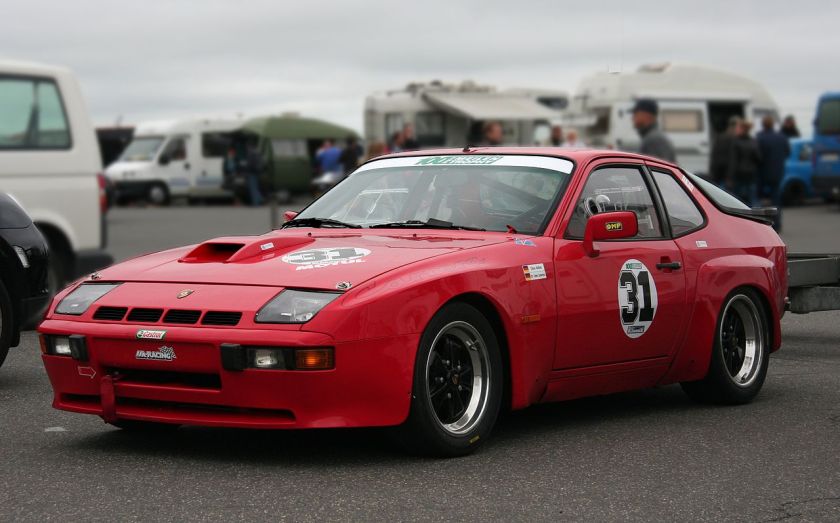
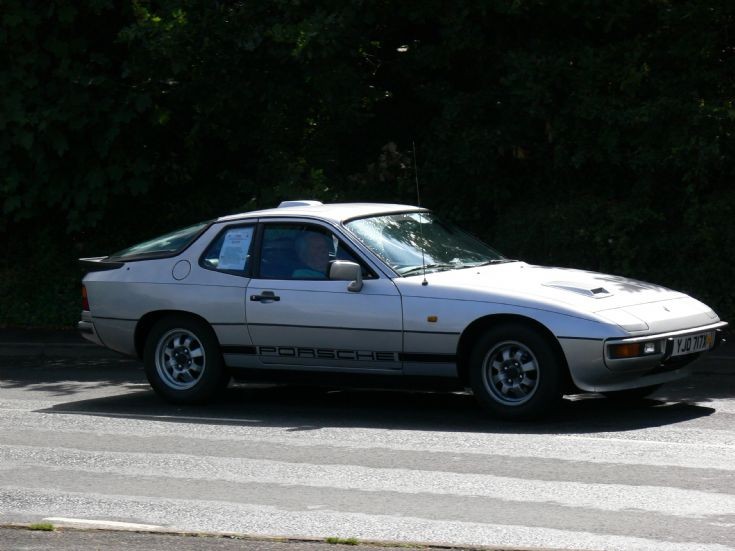

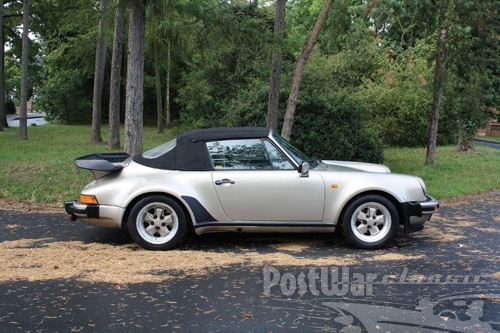


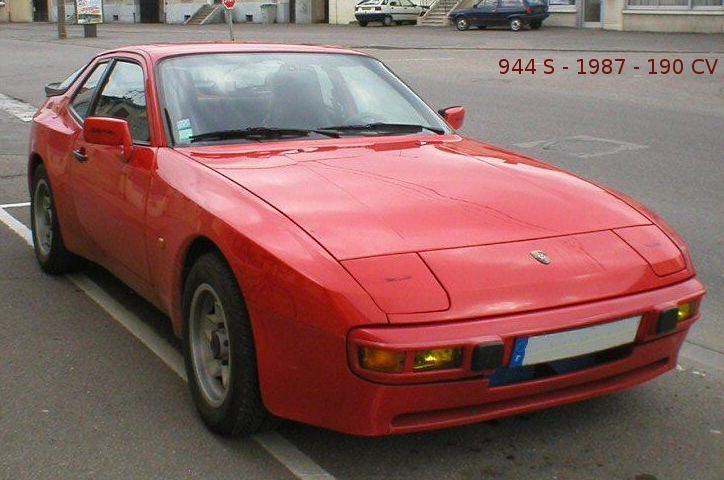


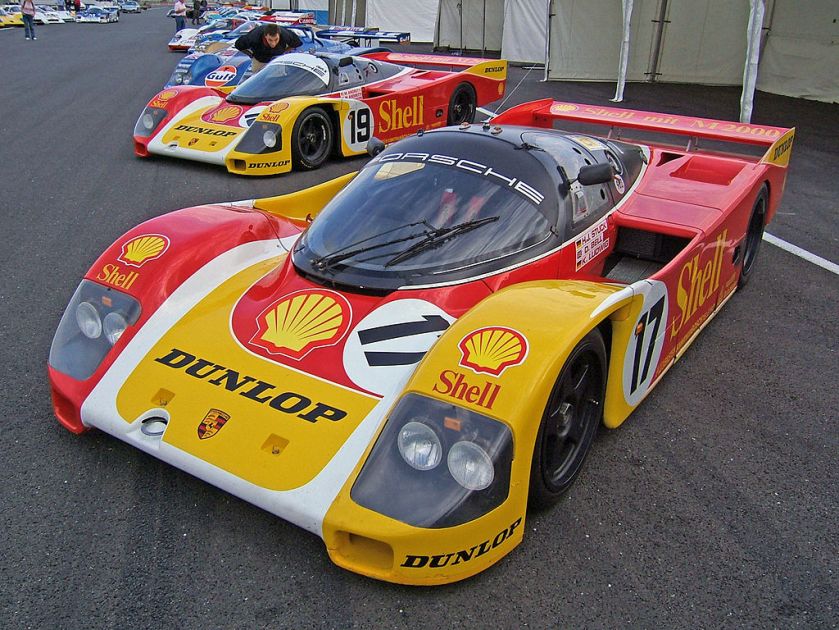
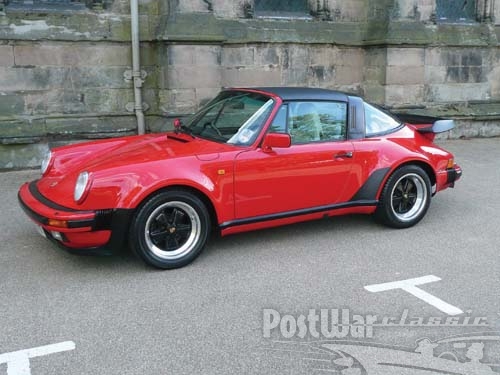



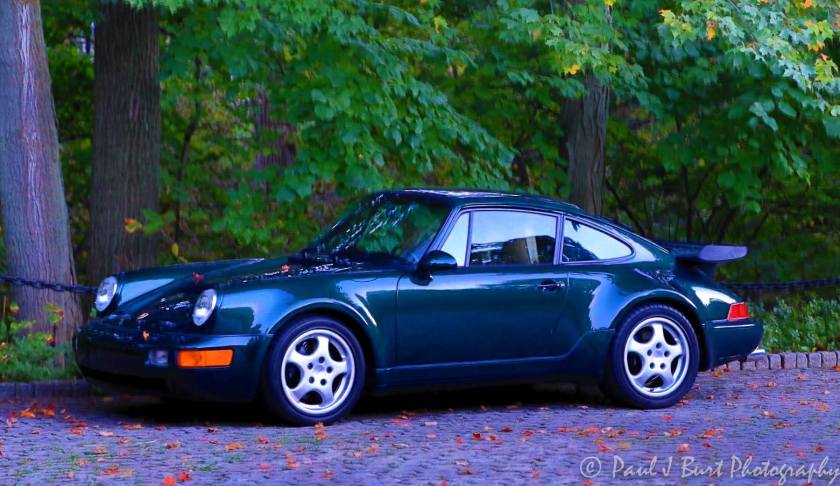
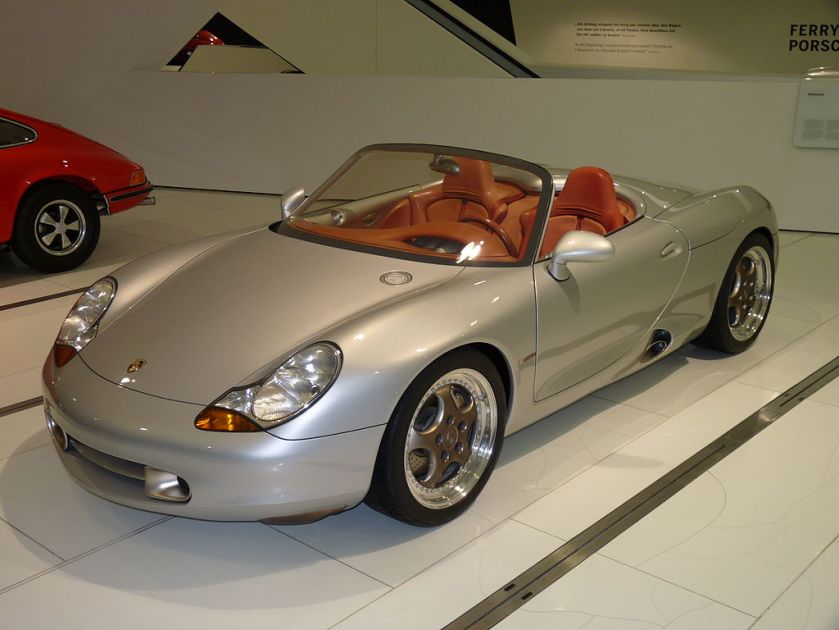

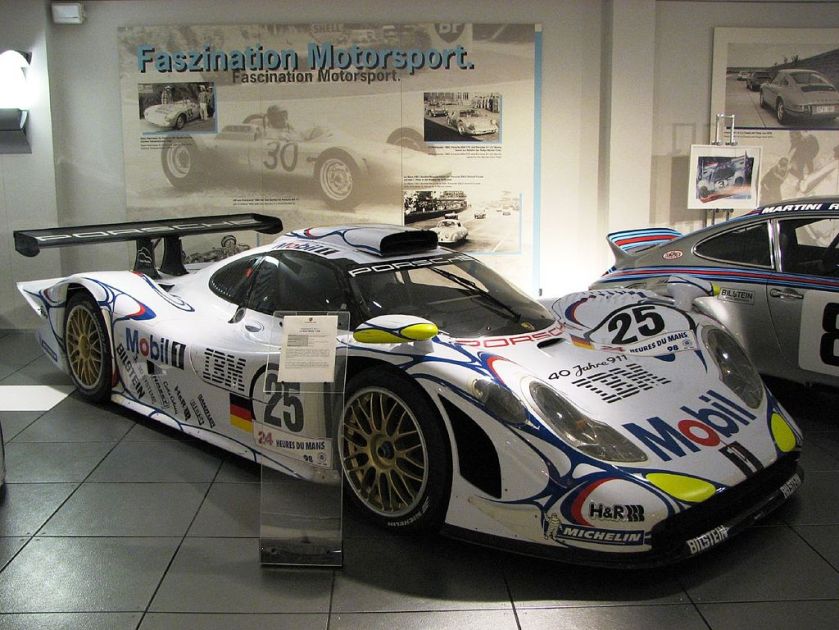
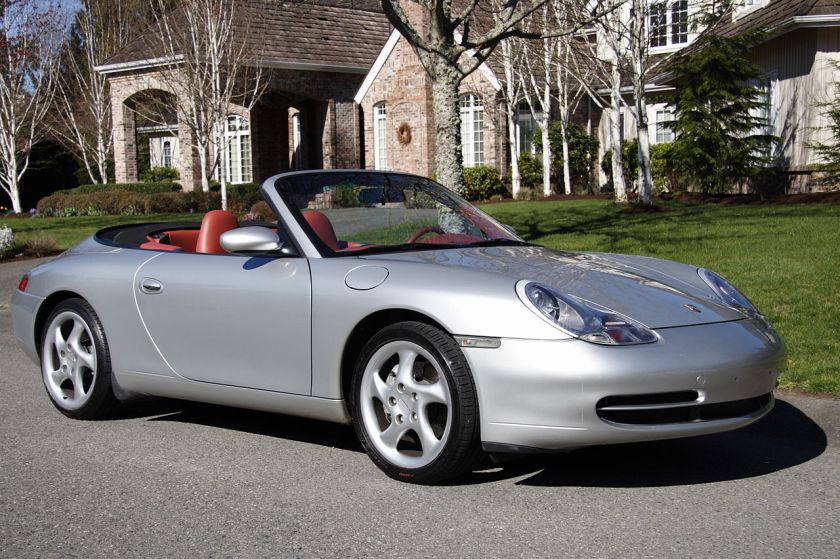

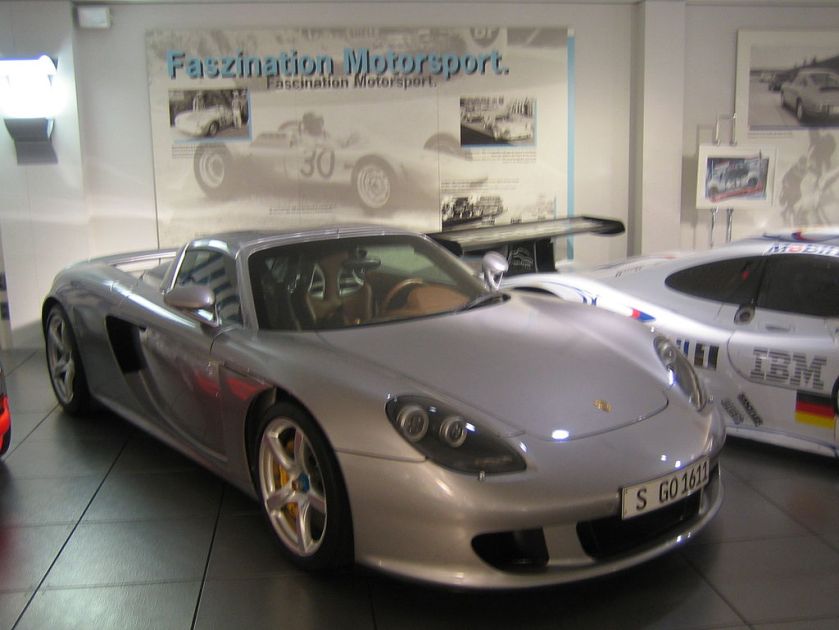



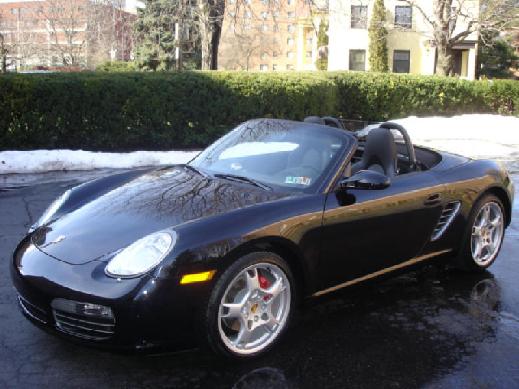
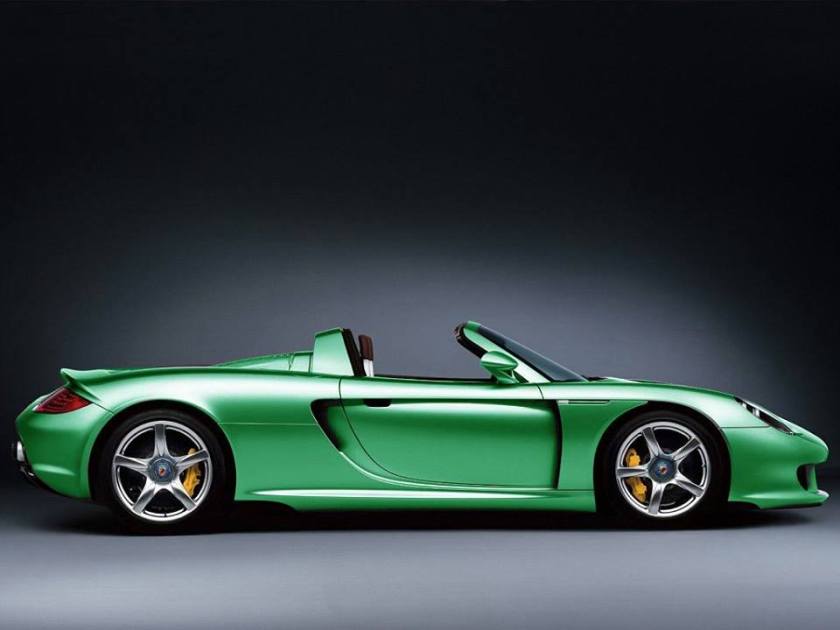
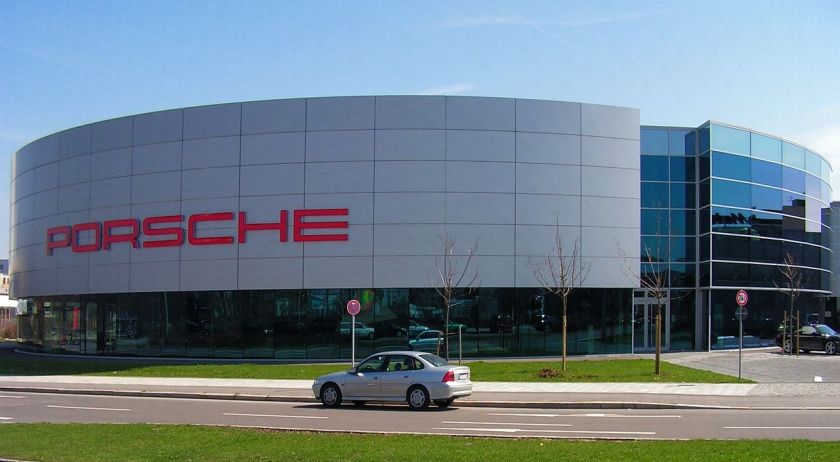
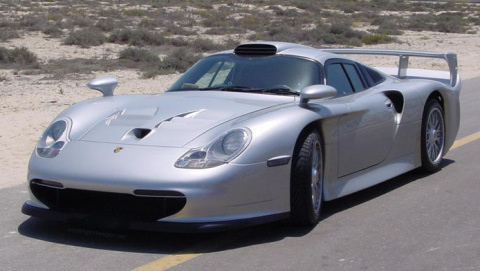
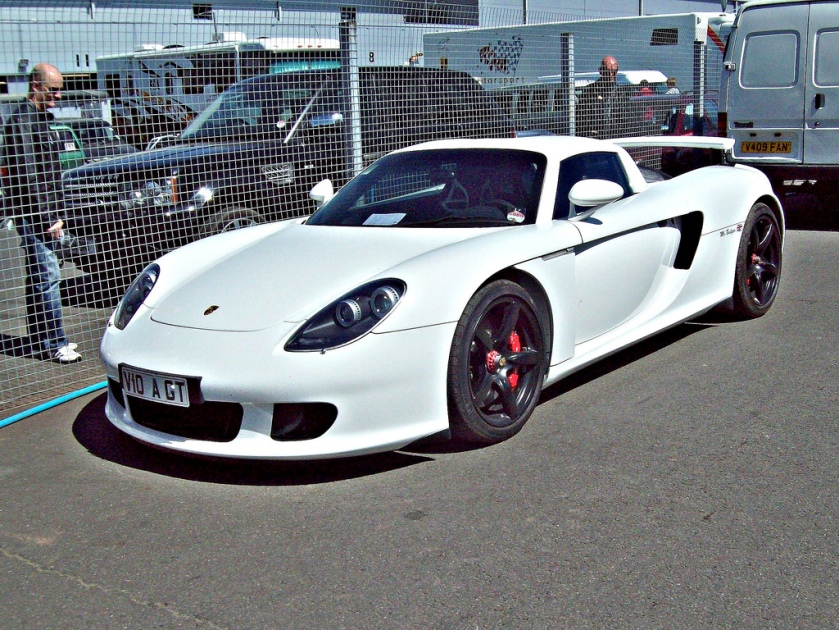


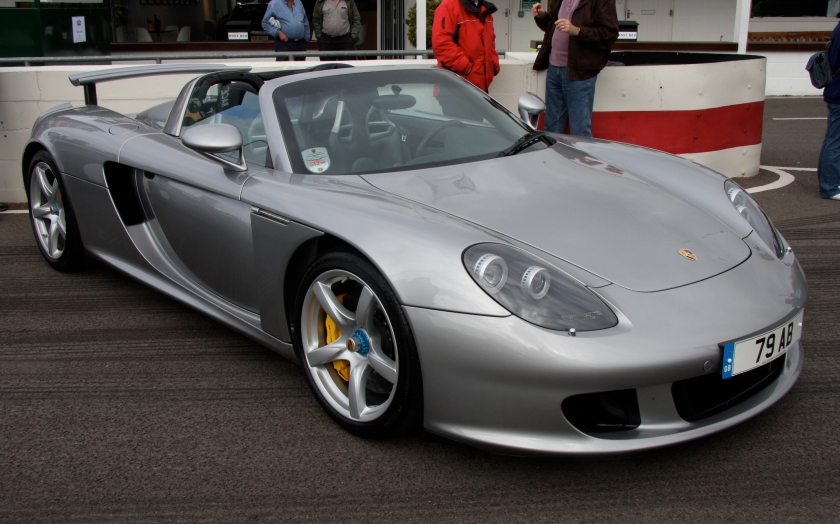


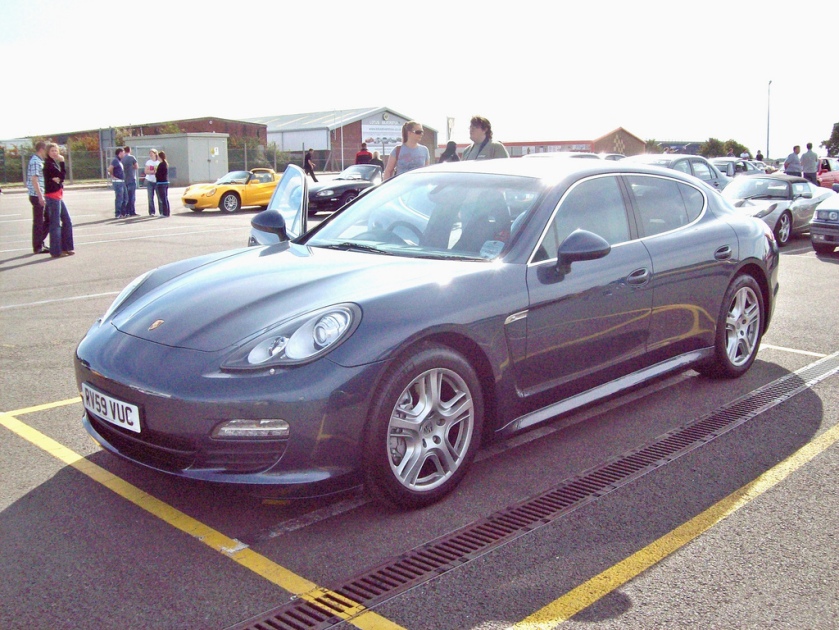



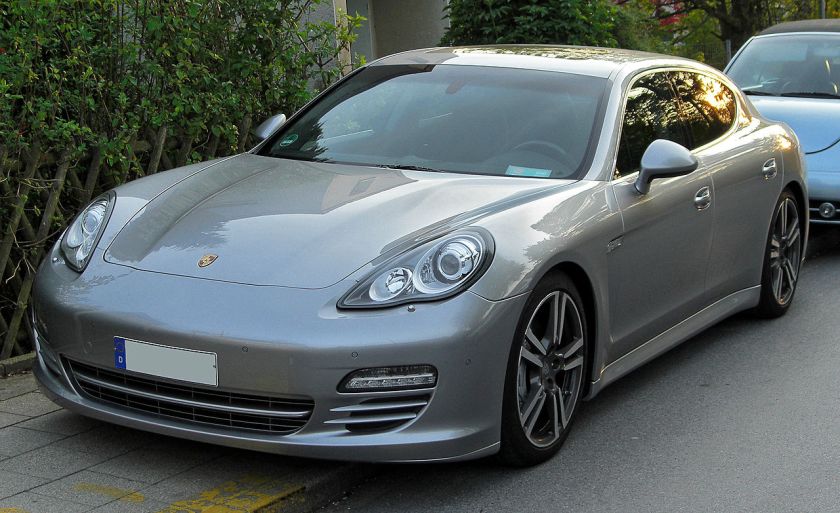

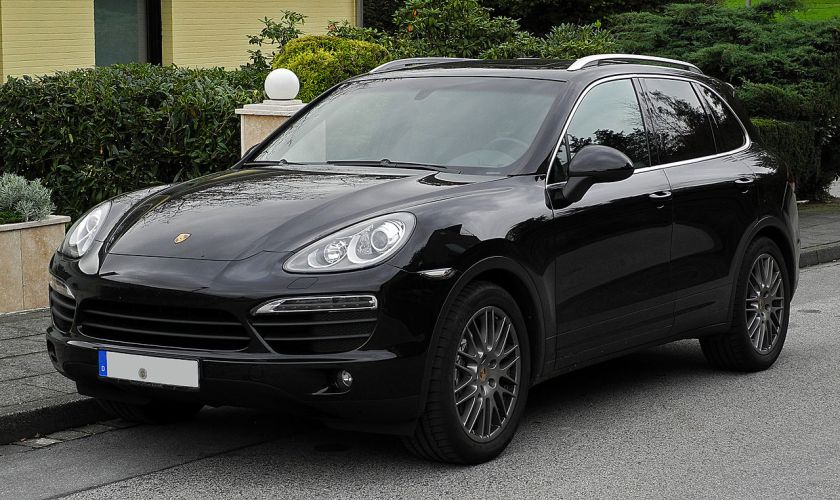


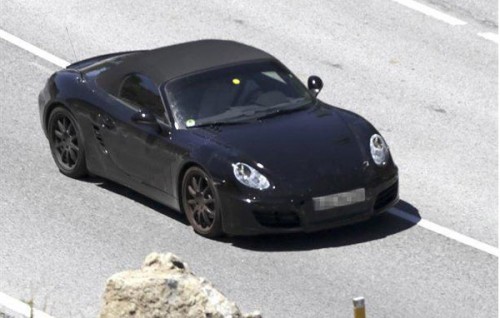

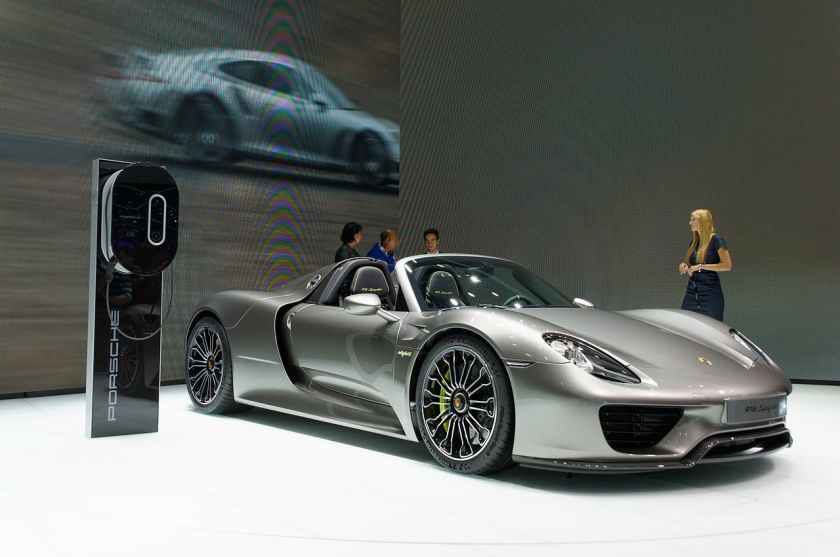


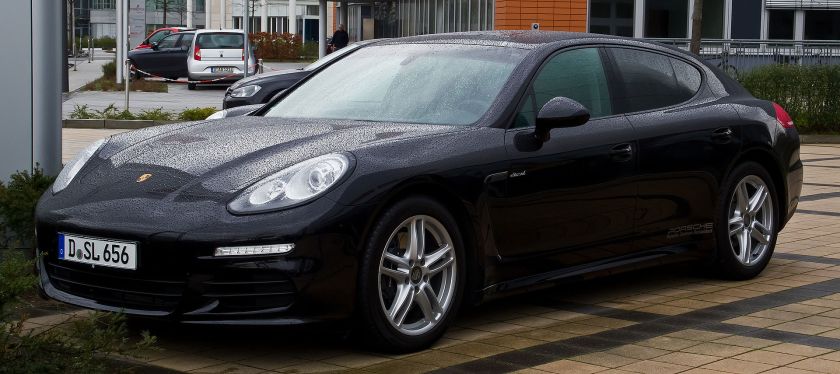

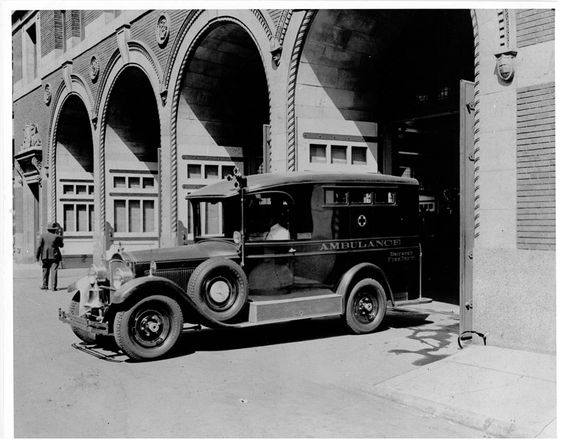


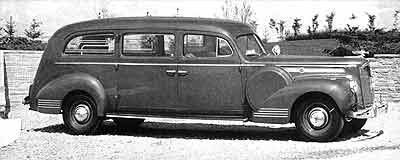
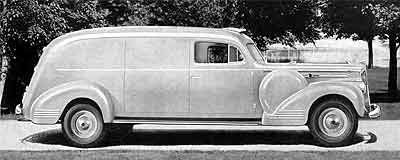

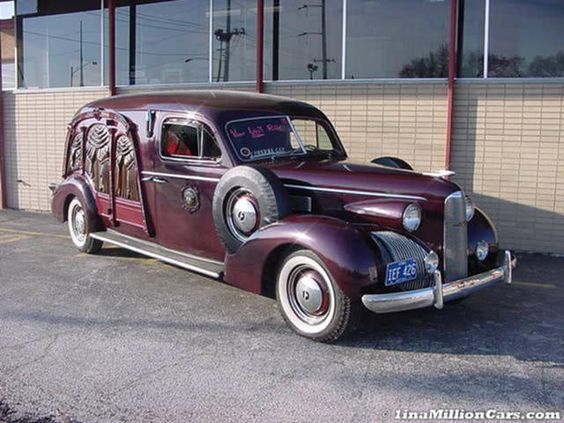
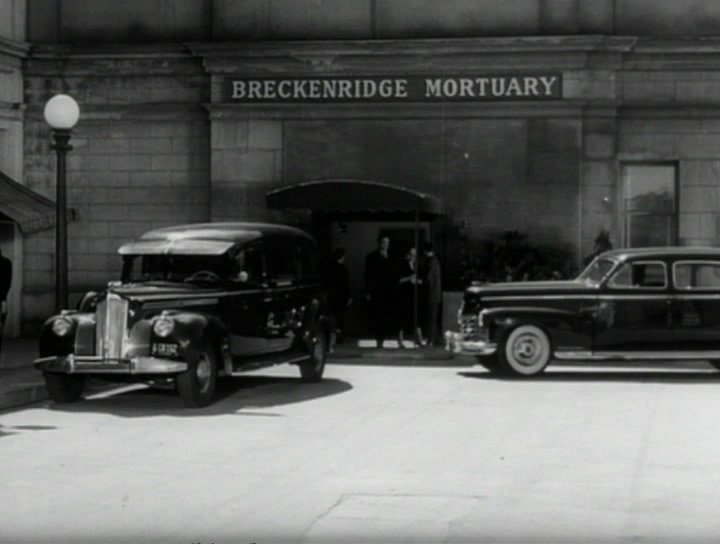





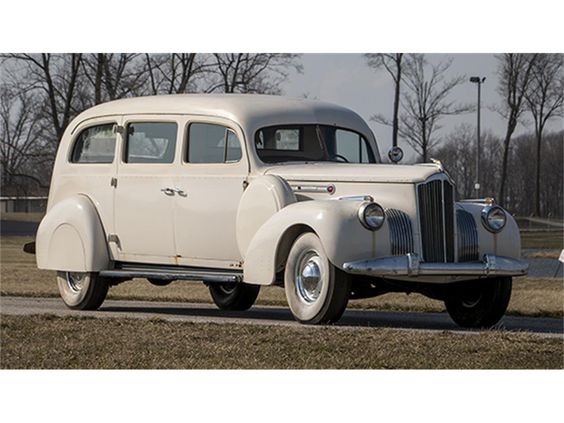

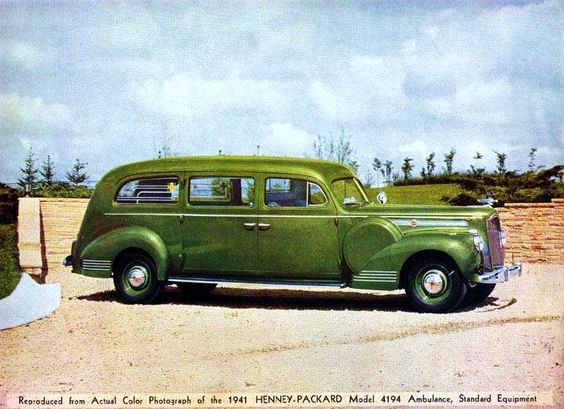
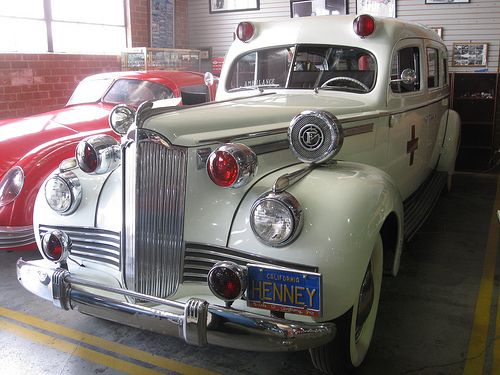

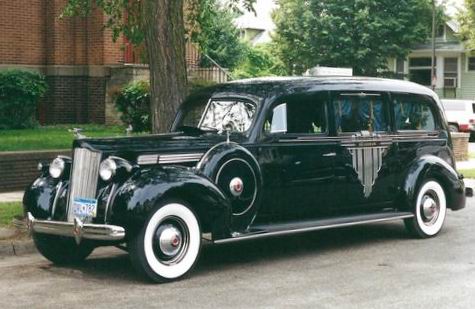



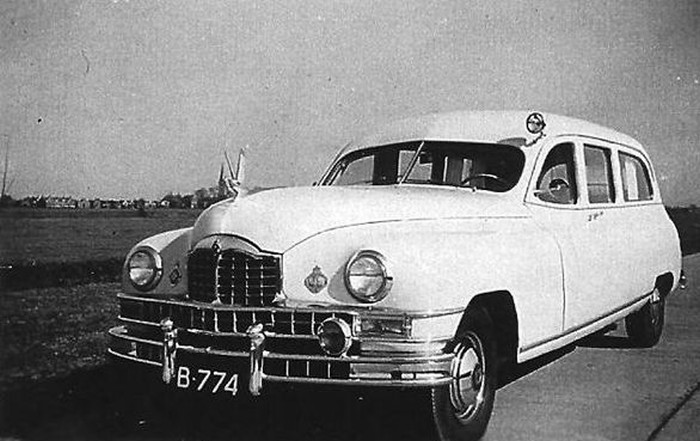

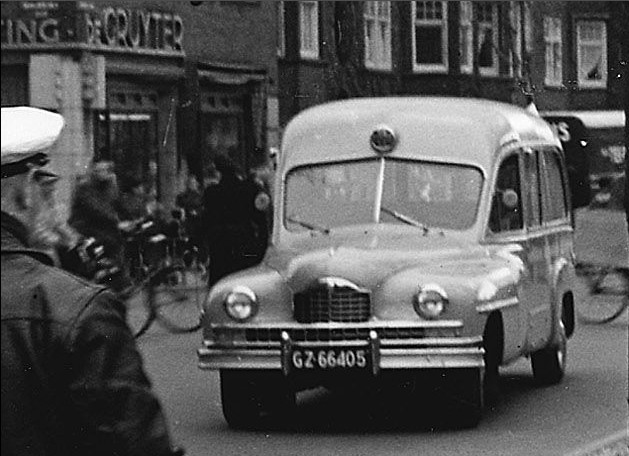
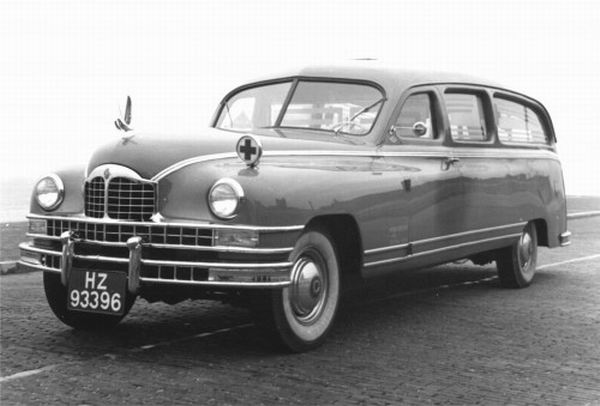

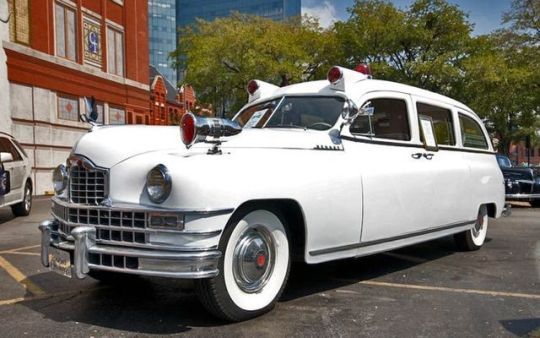

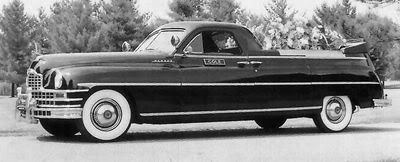
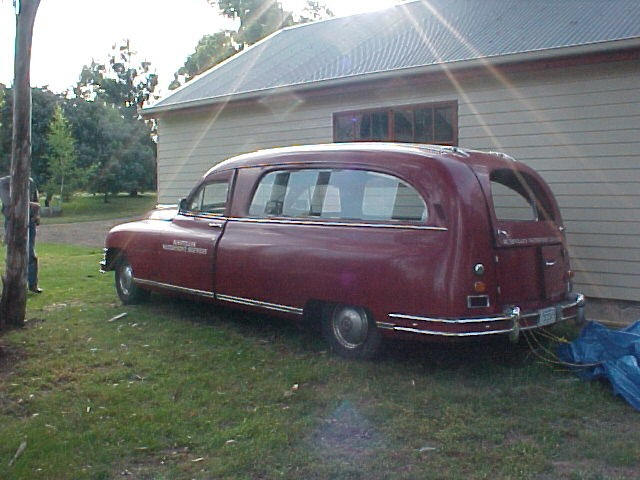

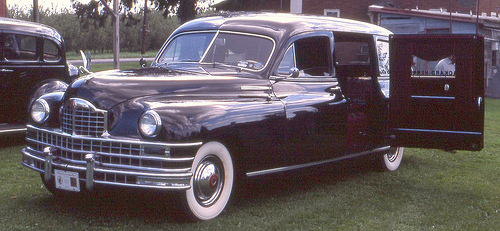



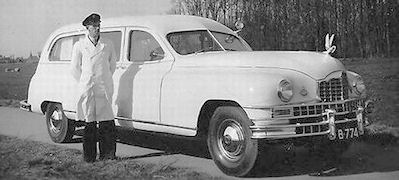


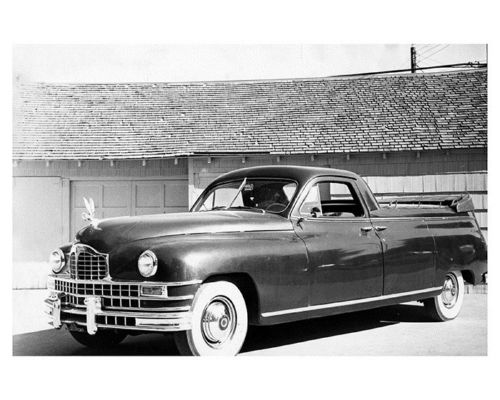

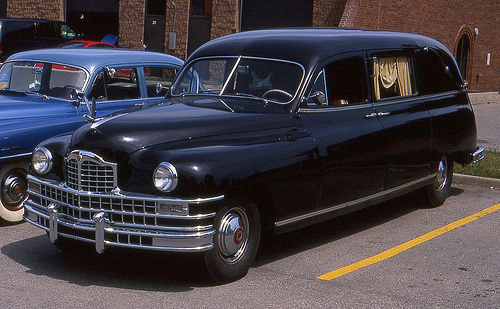

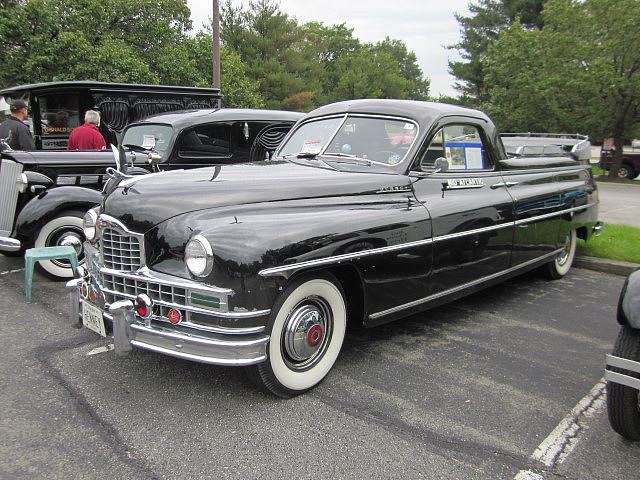



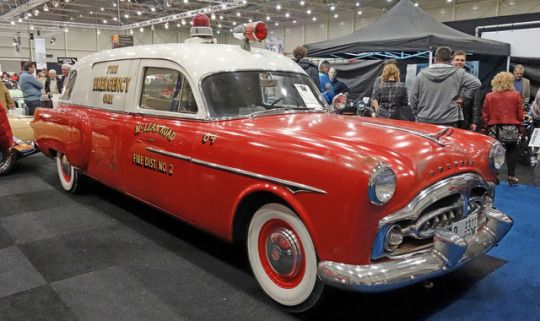










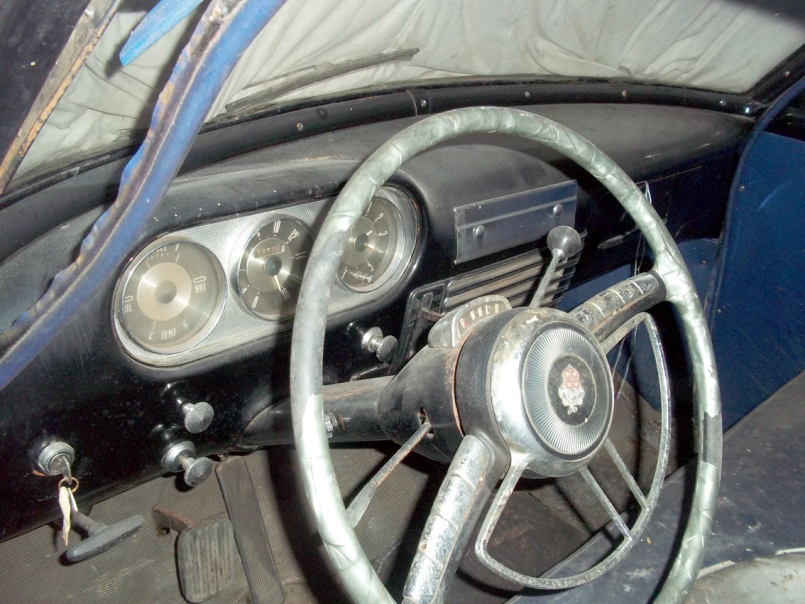





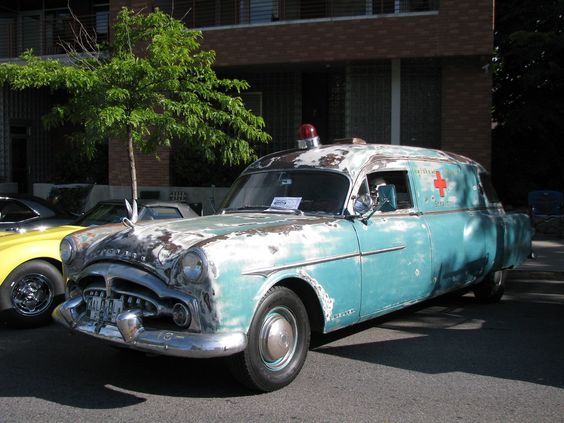



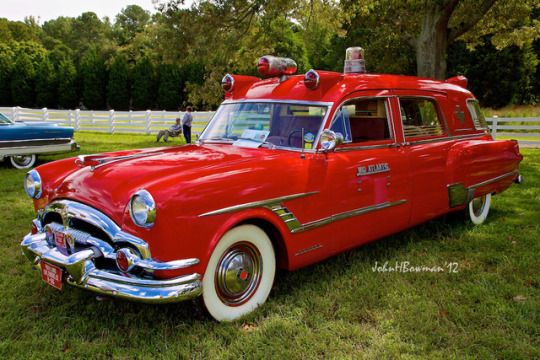
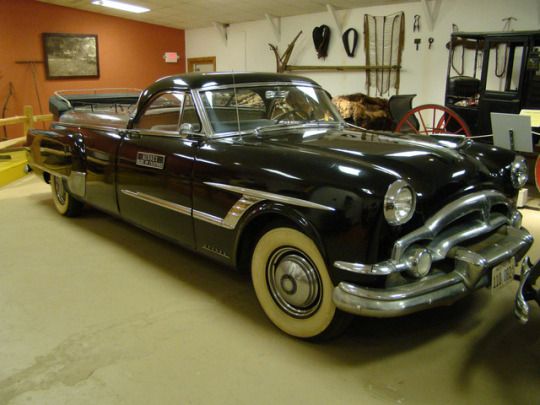


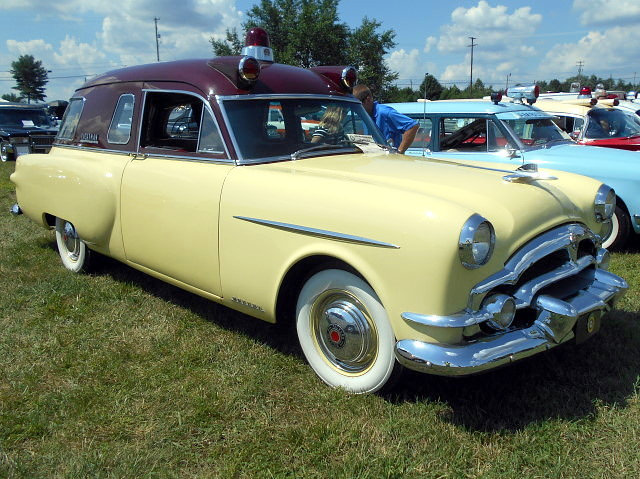




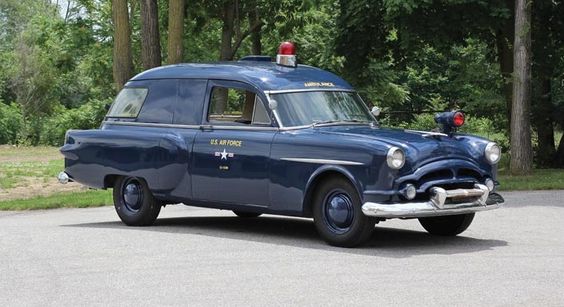


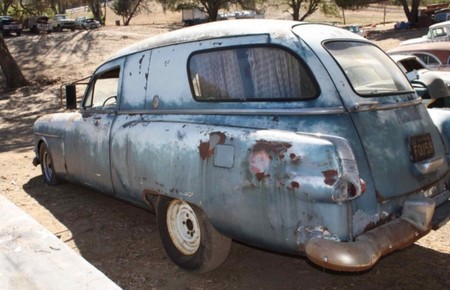

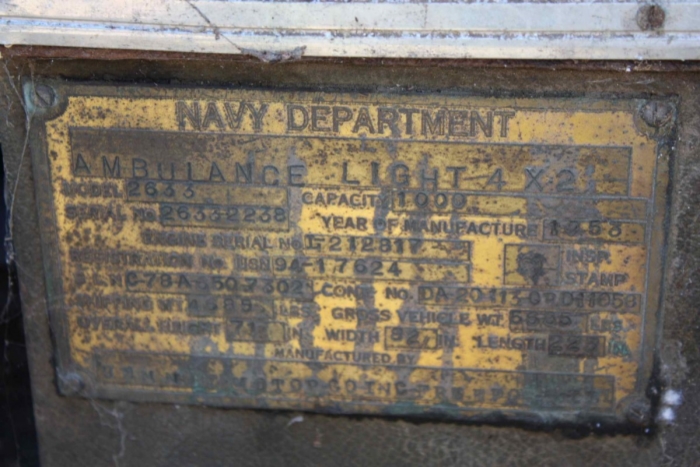

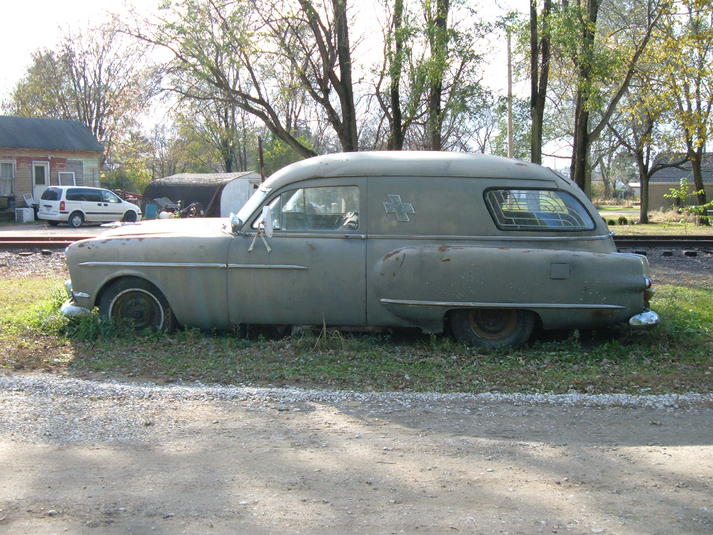





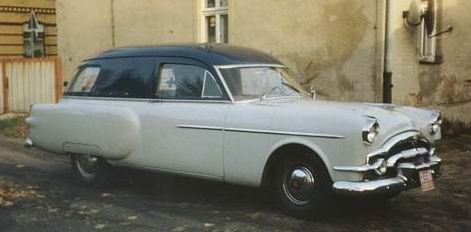
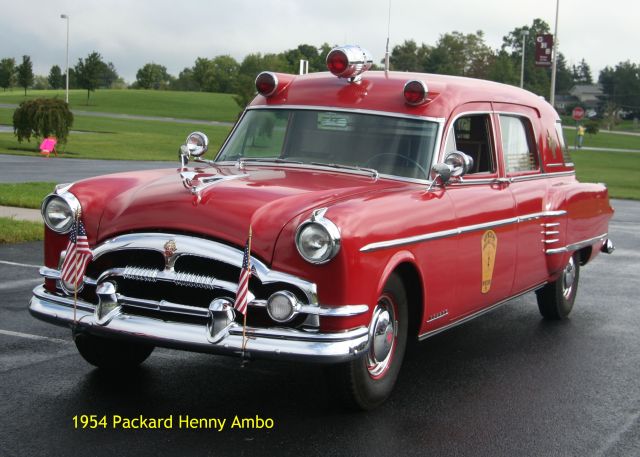




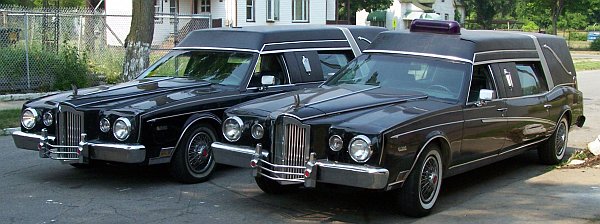
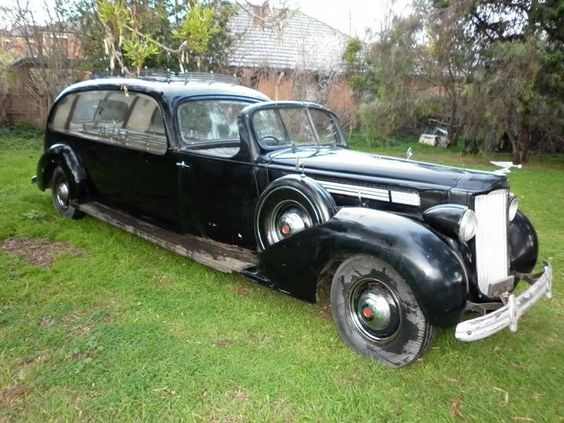




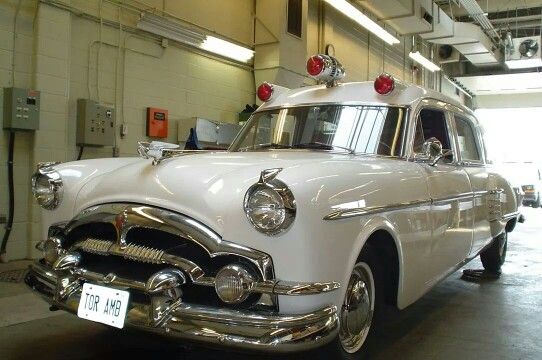
 Packard – Ambulances – Flowercars – Hearses -mostly by Henney coachbuilders from 1916 till 1958 when Packard fuseerde met Studebaker.
Packard – Ambulances – Flowercars – Hearses -mostly by Henney coachbuilders from 1916 till 1958 when Packard fuseerde met Studebaker.
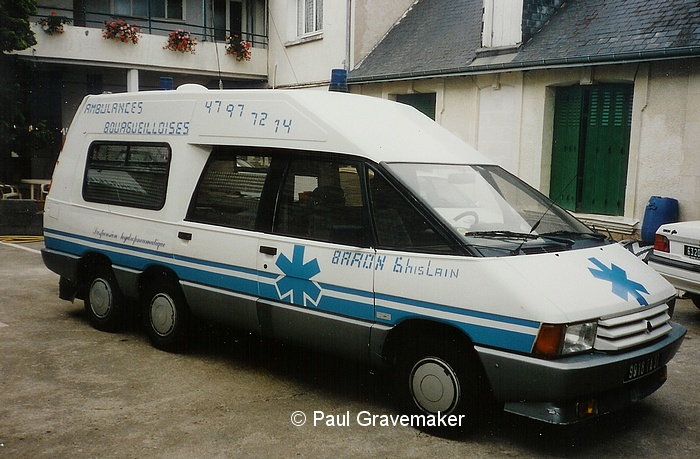
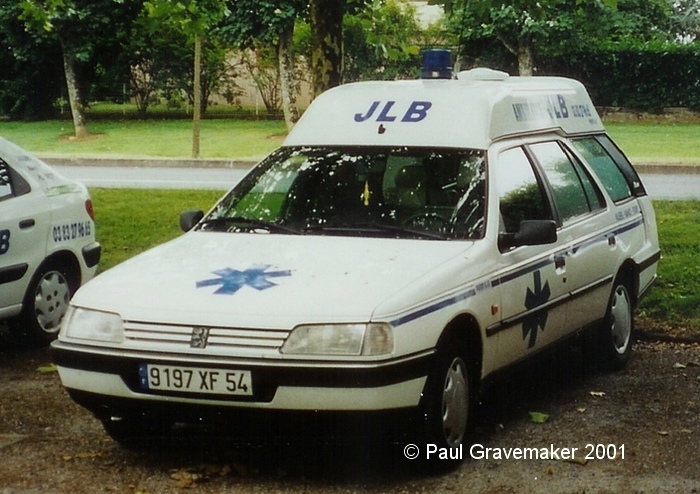
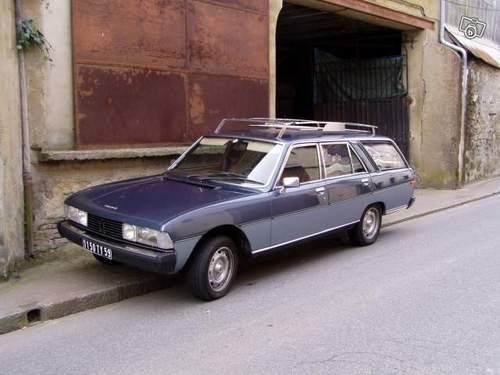





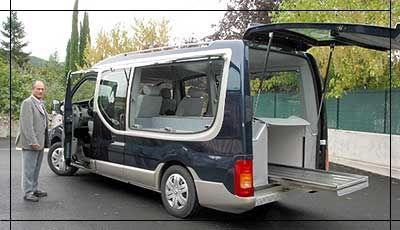

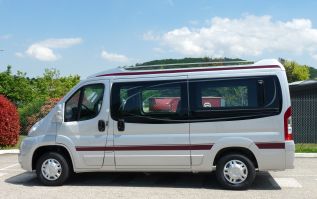
 Peugeot Ambulances and Hearses from 1934 till recent
Peugeot Ambulances and Hearses from 1934 till recent

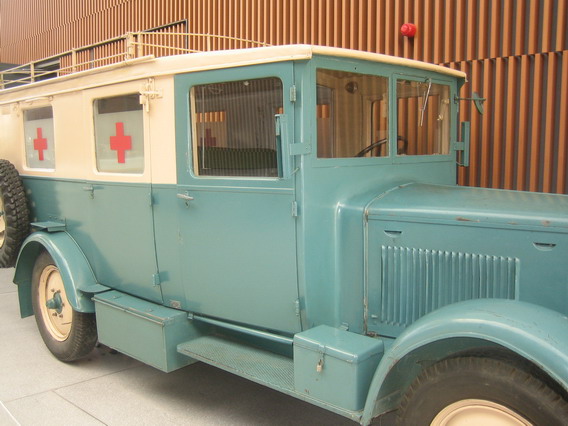
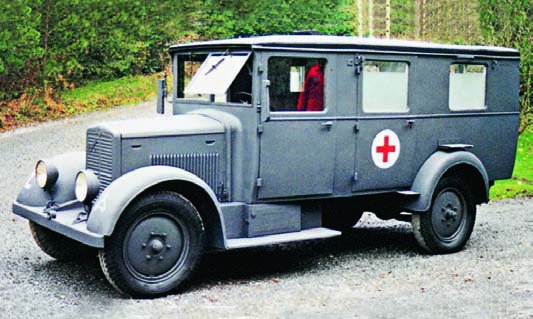




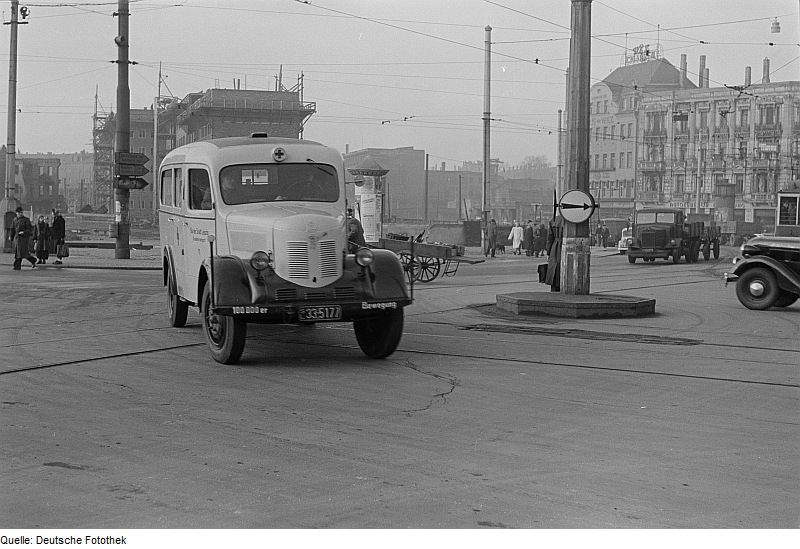

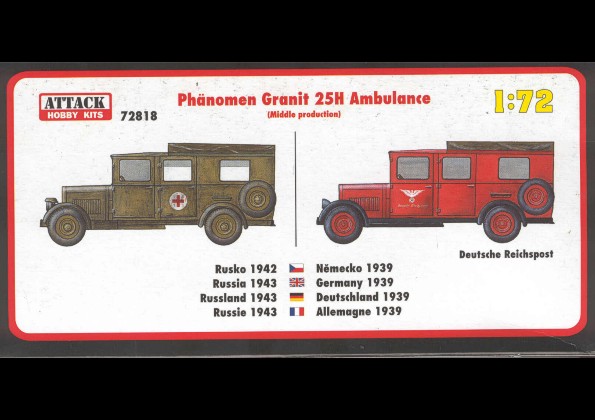

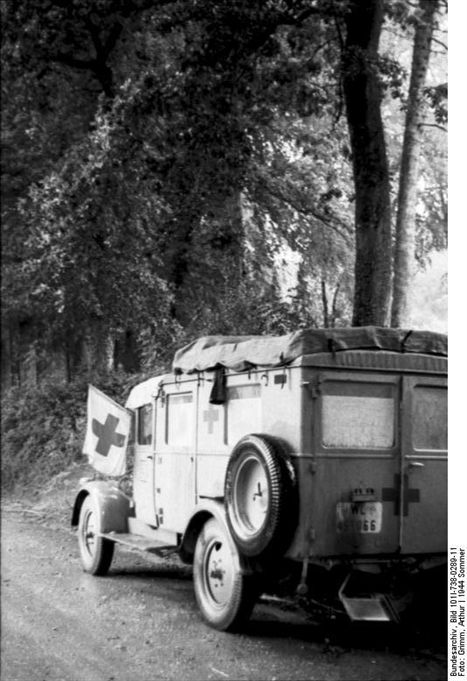
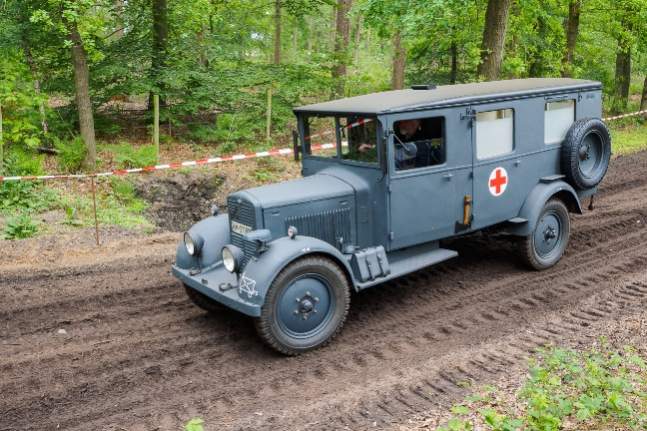
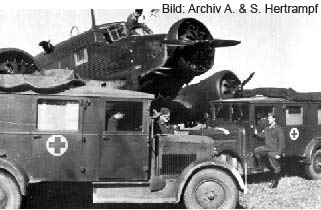

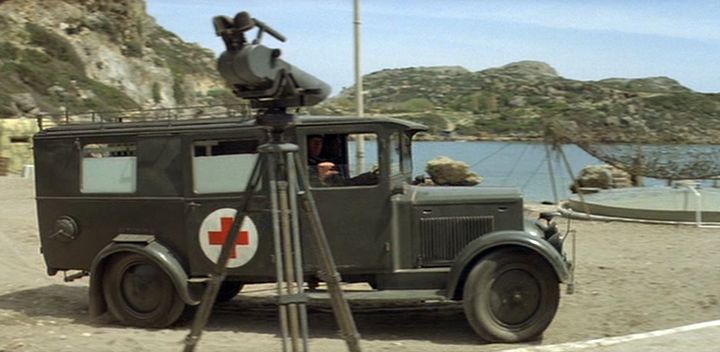
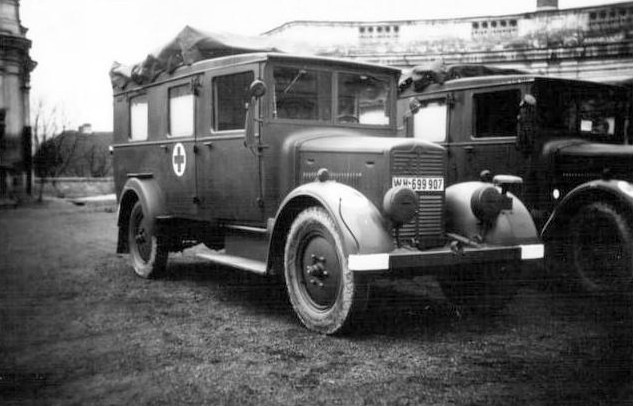
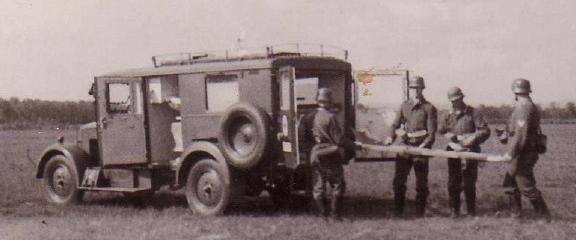
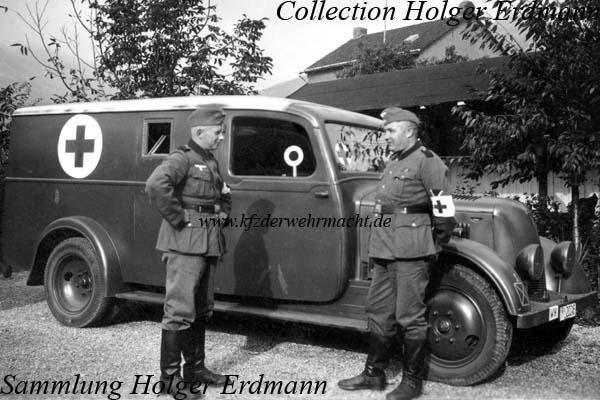




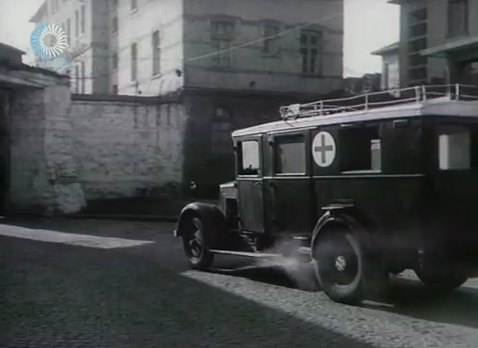





 Phänomen krankenwagen – ambulances
Phänomen krankenwagen – ambulances


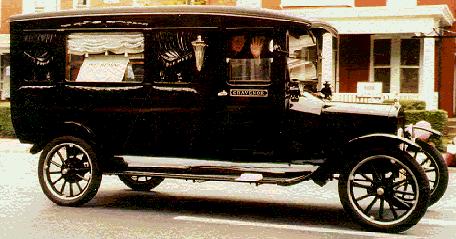
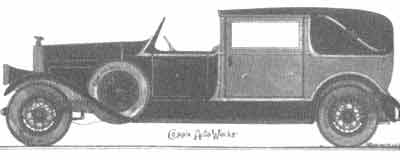

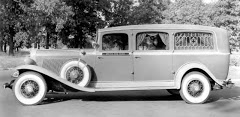
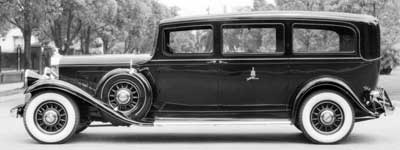

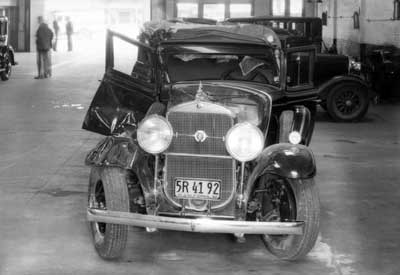
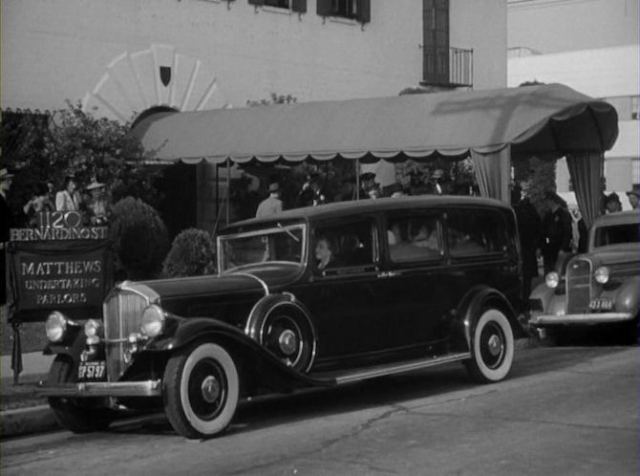
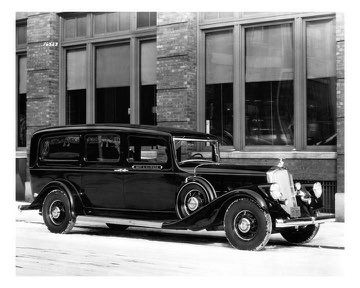
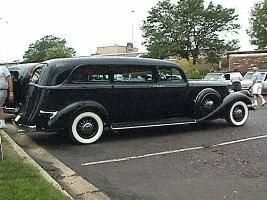
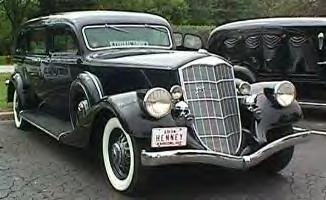

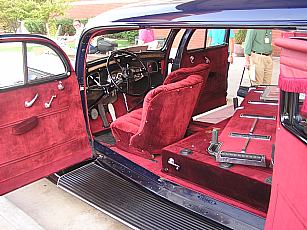


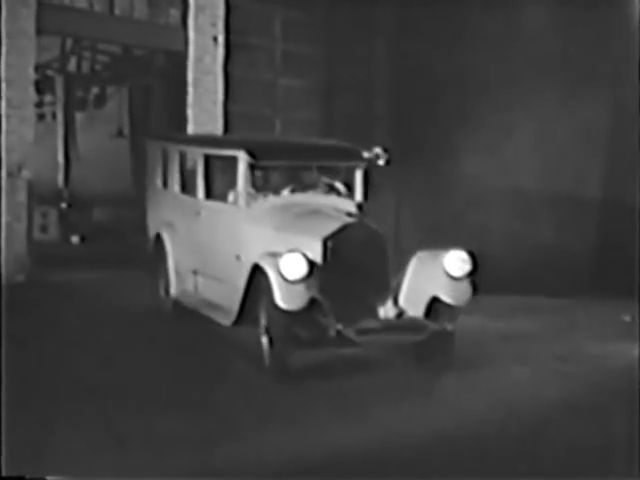
 Pierce-Arrow Ambulances and Hearses
Pierce-Arrow Ambulances and Hearses
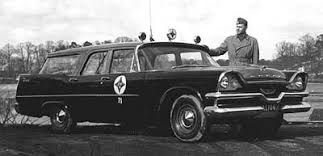

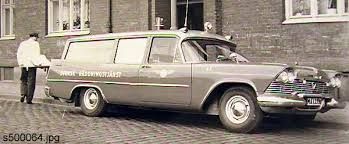

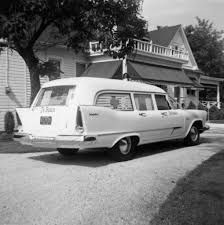



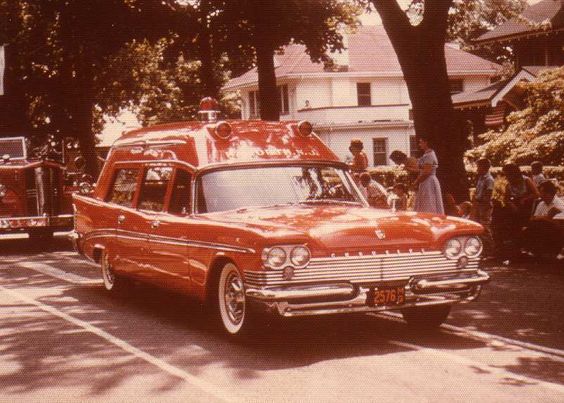

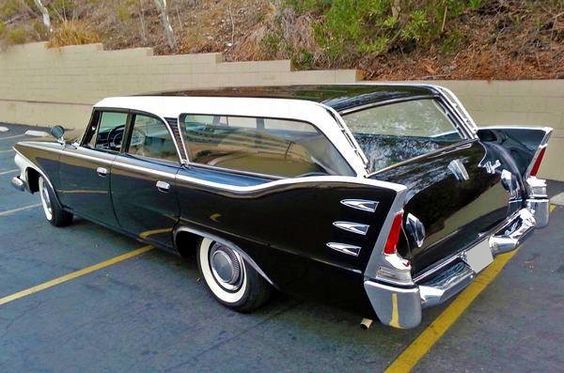

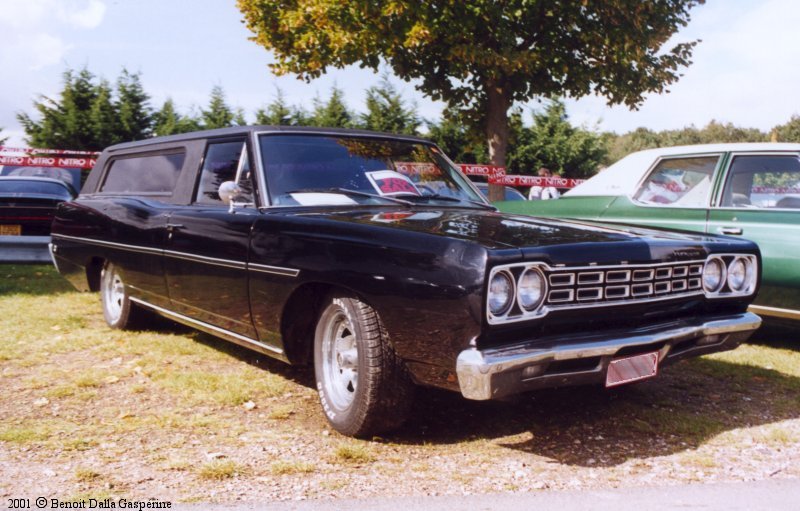
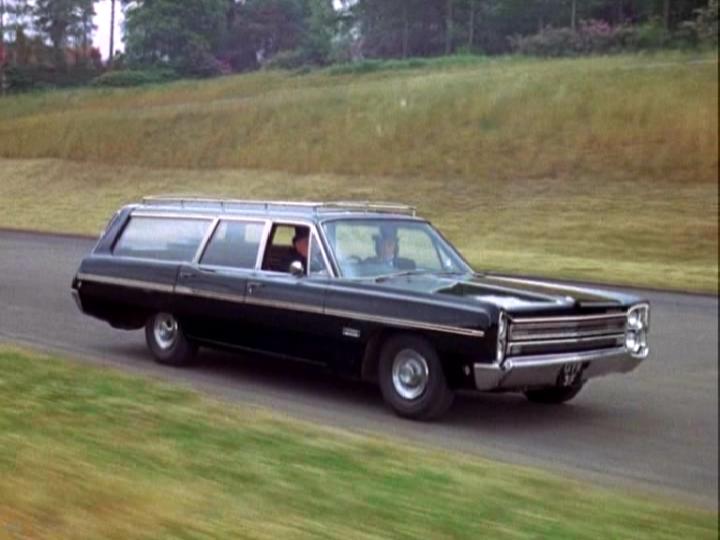
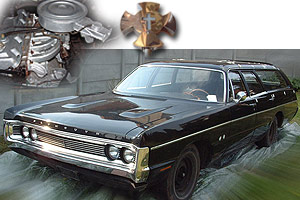




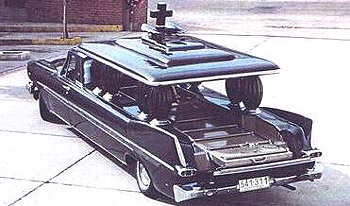
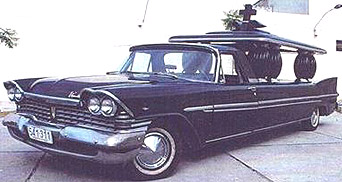

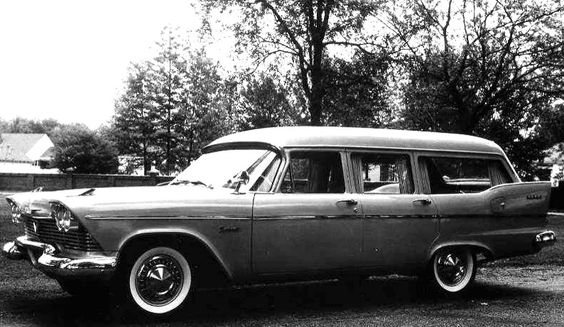
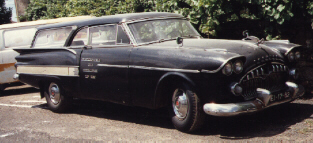 Plymouth Ambulances and Hearses
Plymouth Ambulances and Hearses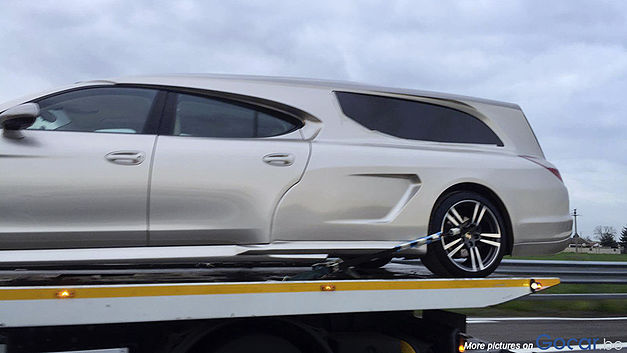
 Porsche Ambulances of fast resque and Hearses
Porsche Ambulances of fast resque and Hearses

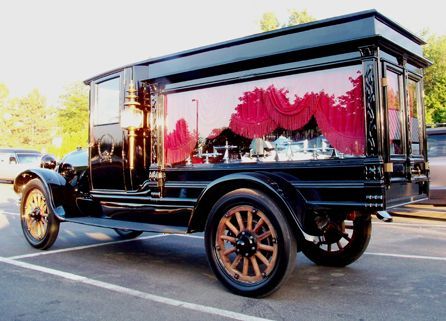

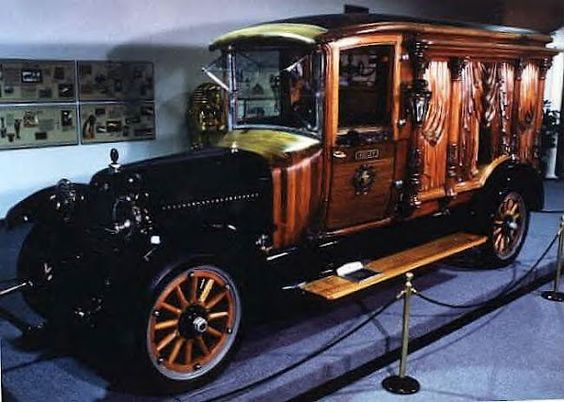

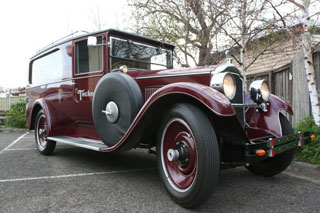



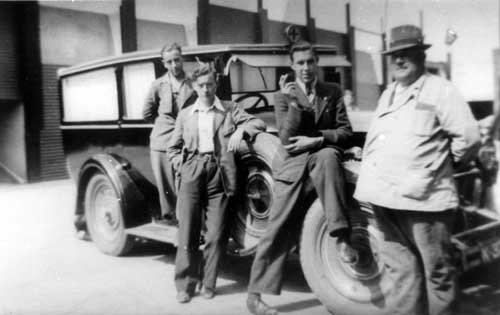
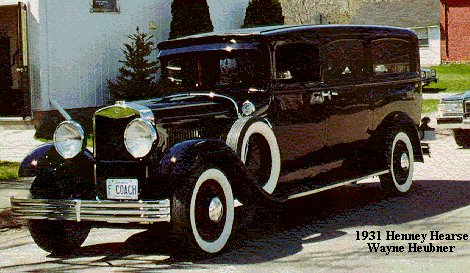
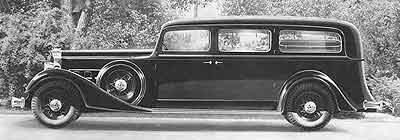

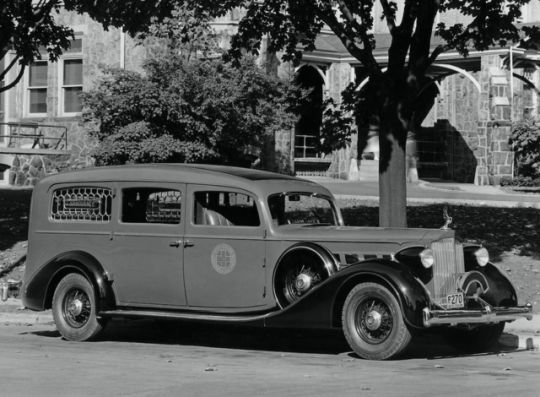
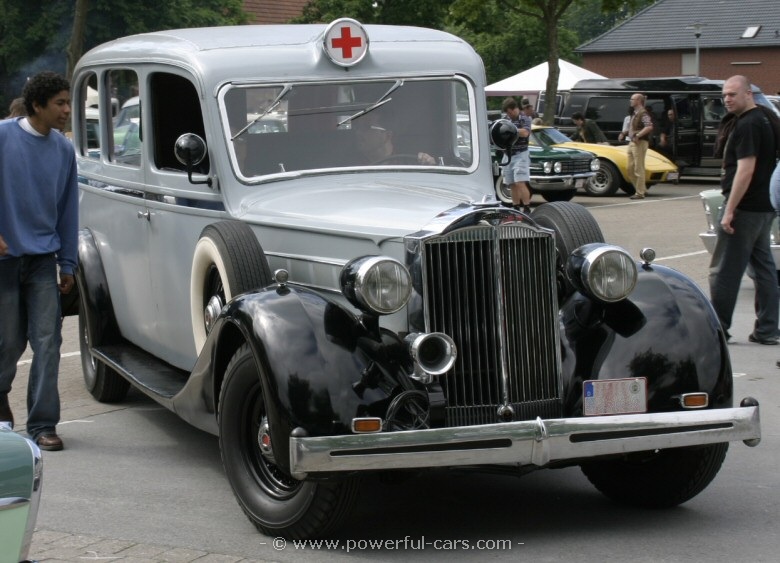
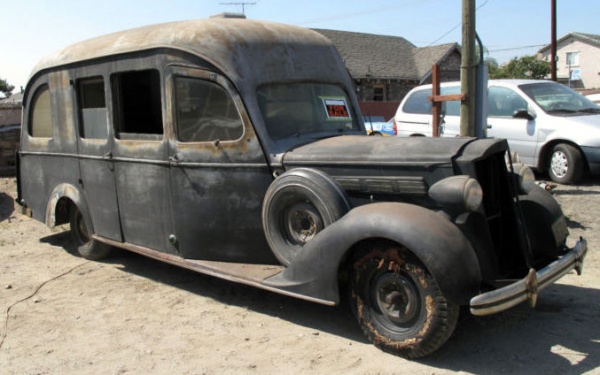



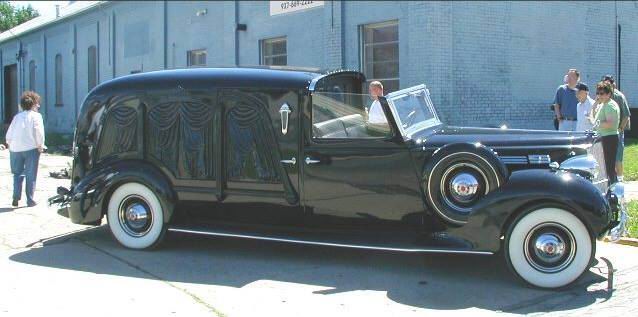

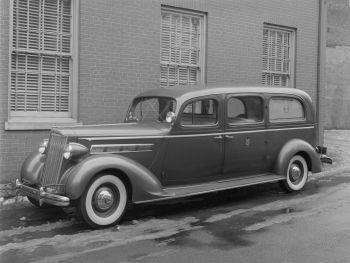
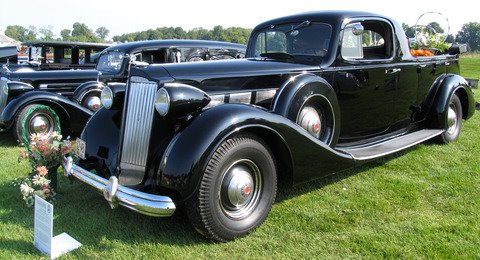
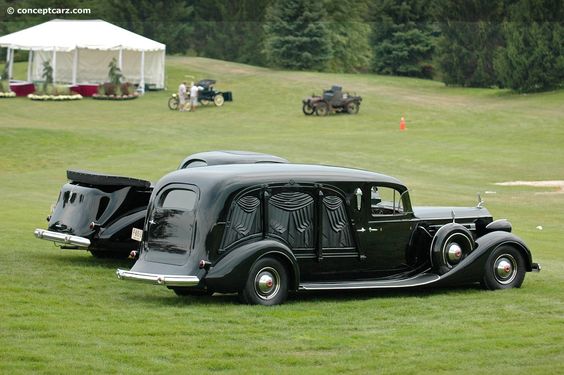

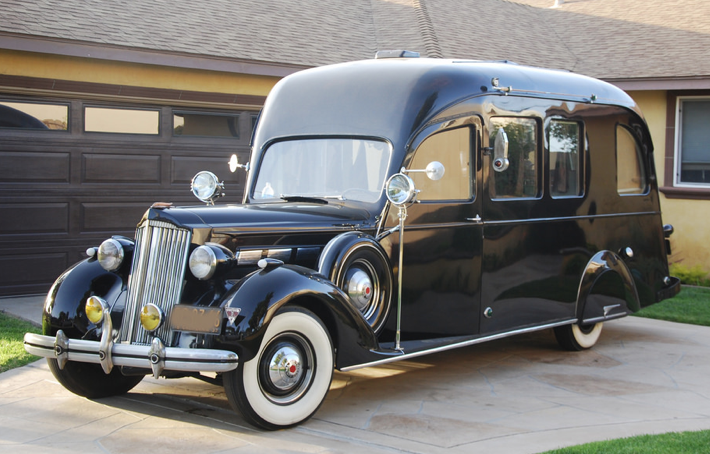

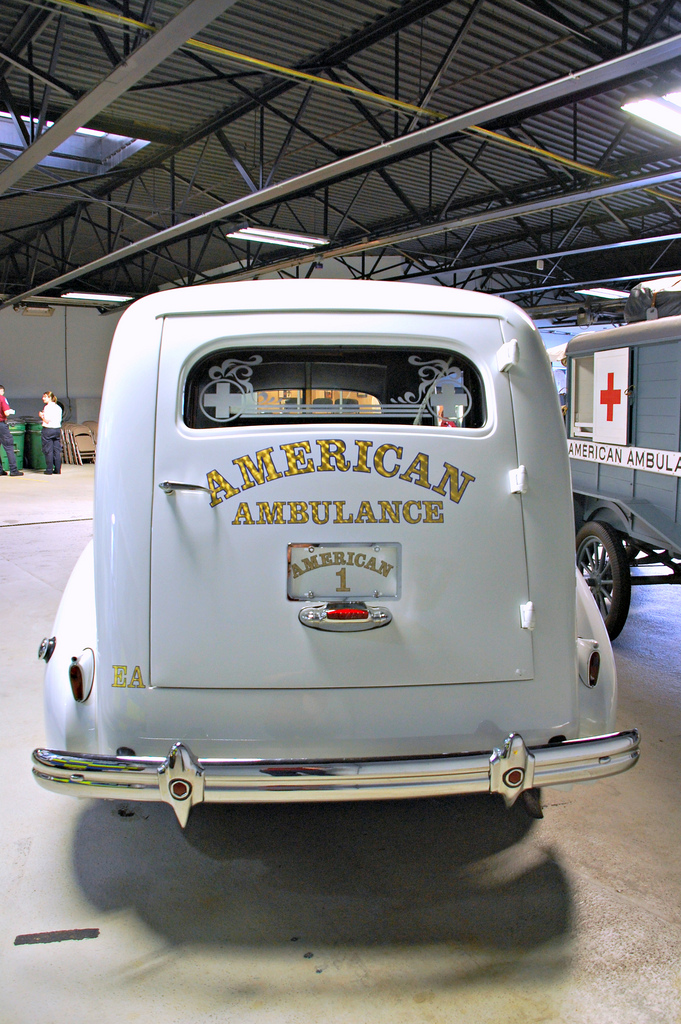
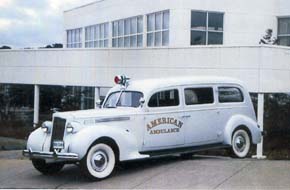
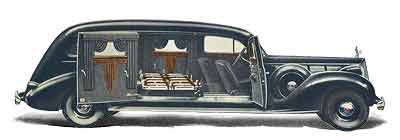
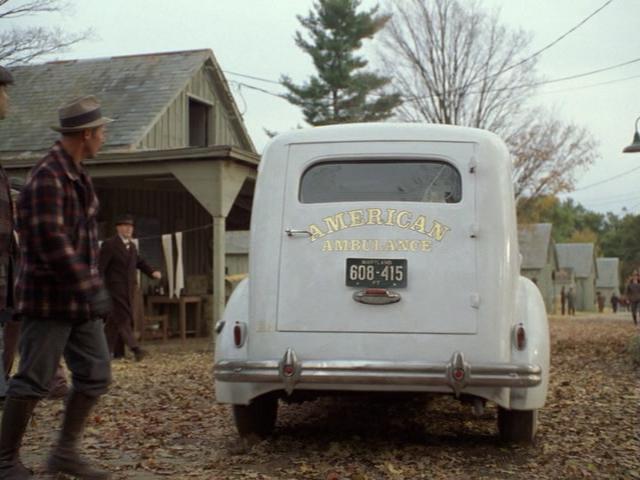
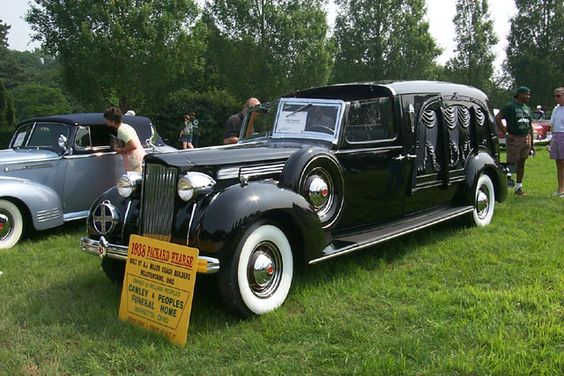



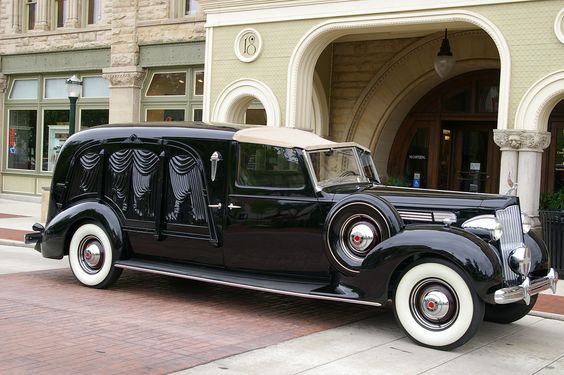




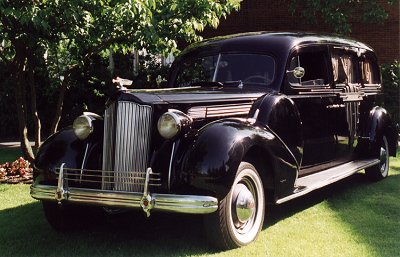
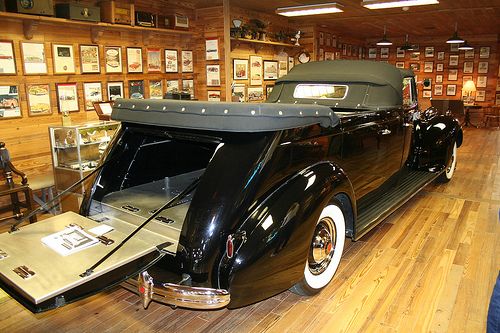

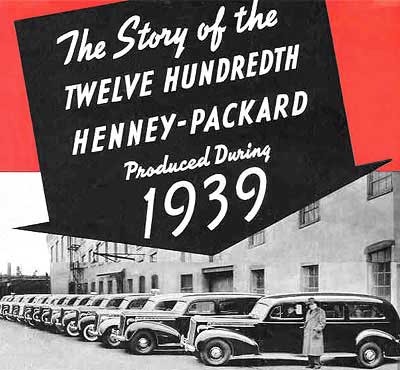
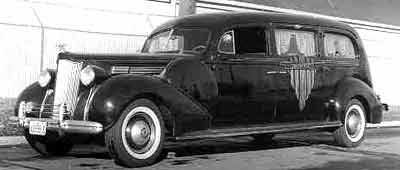


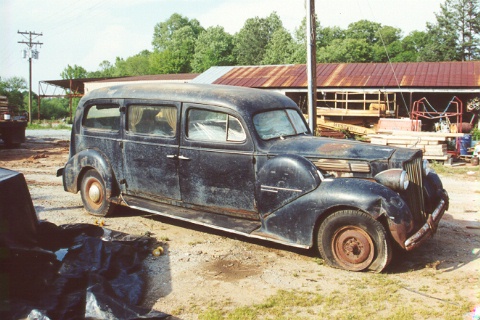
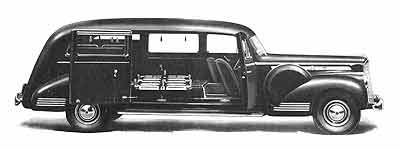


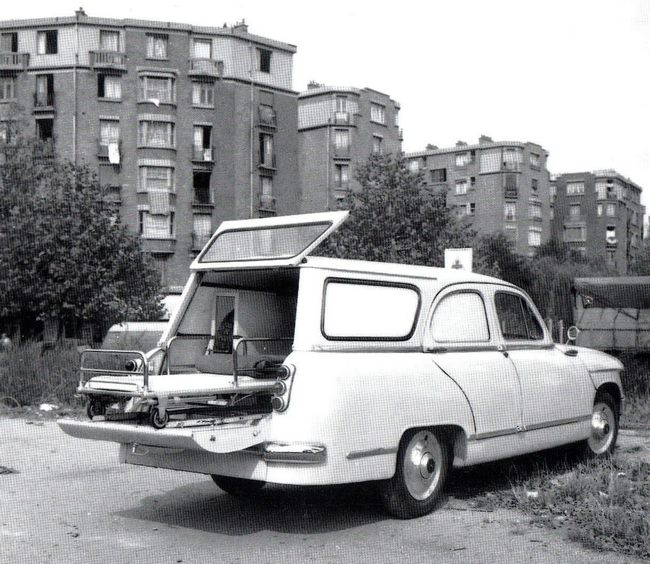
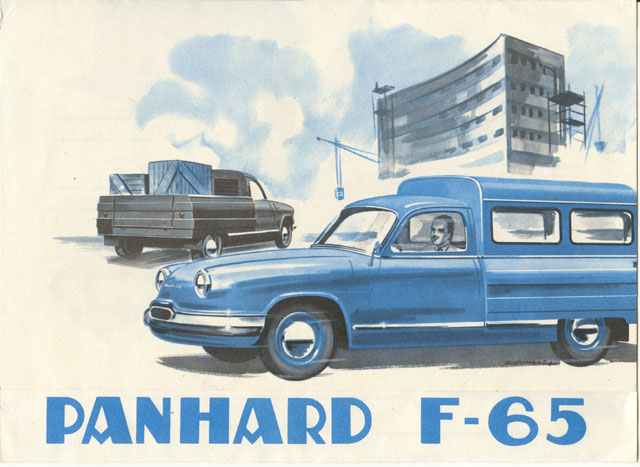
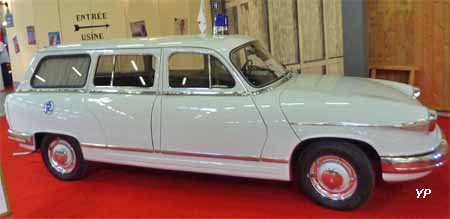
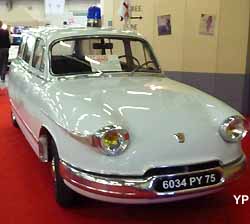
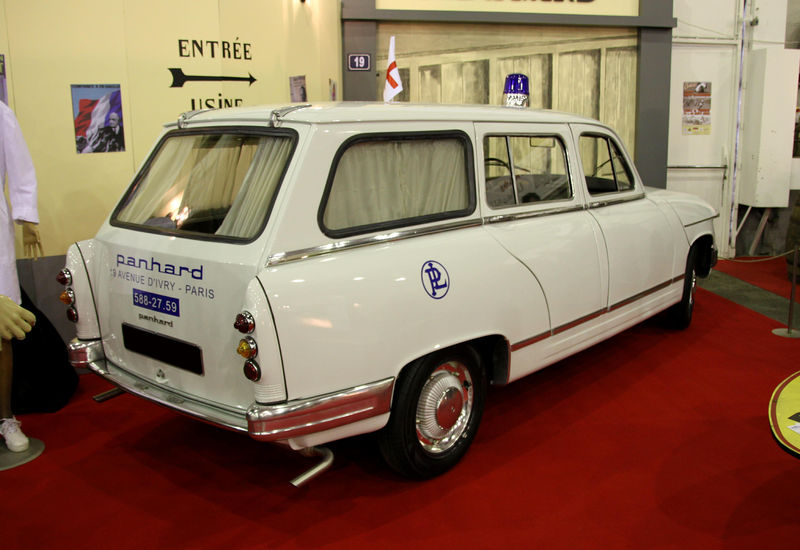

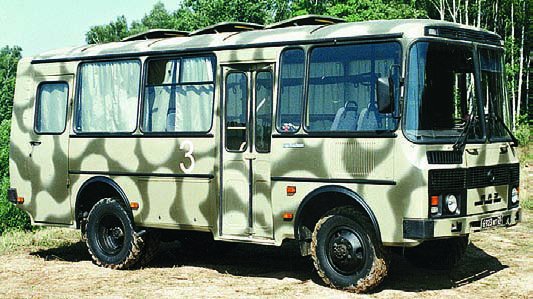
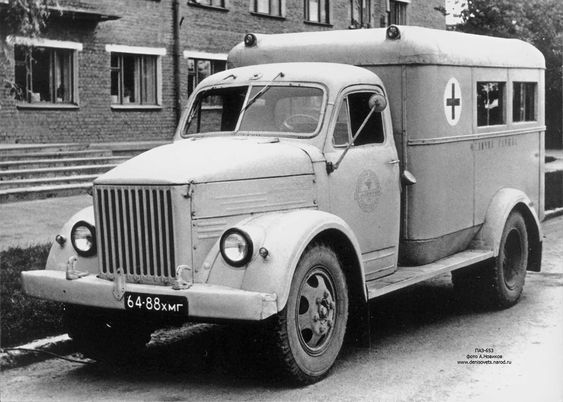
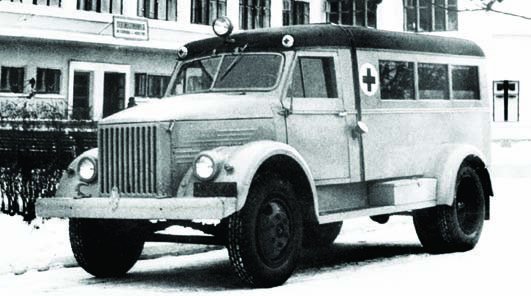
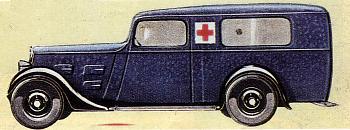
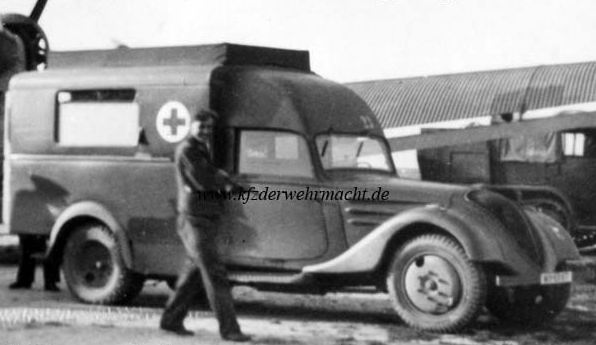
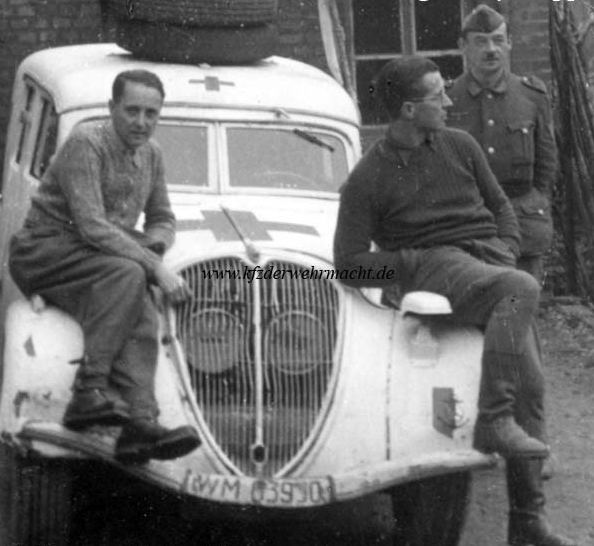
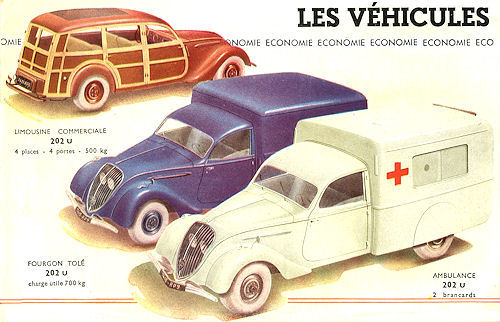
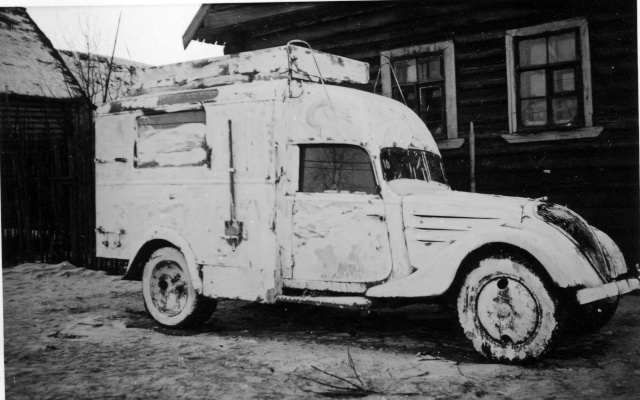

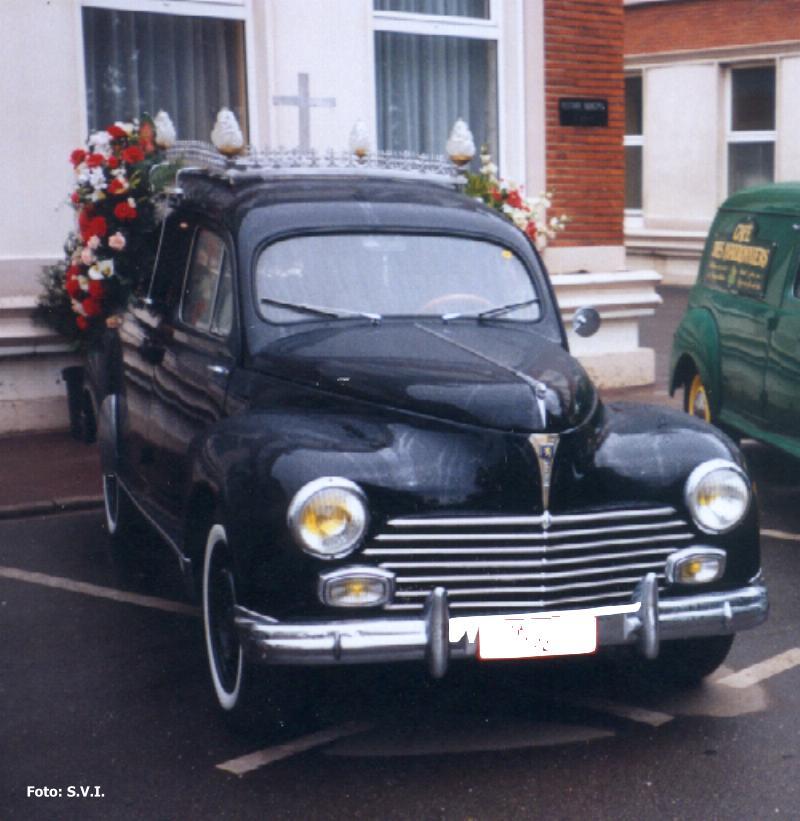

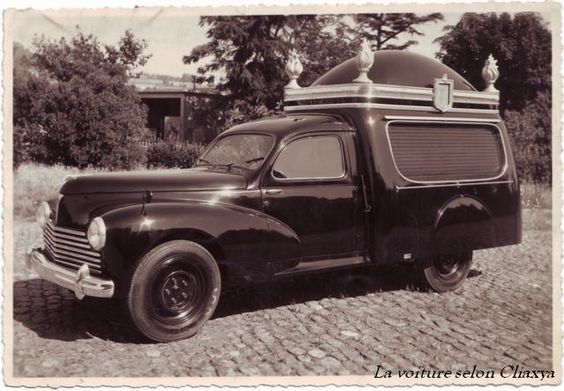
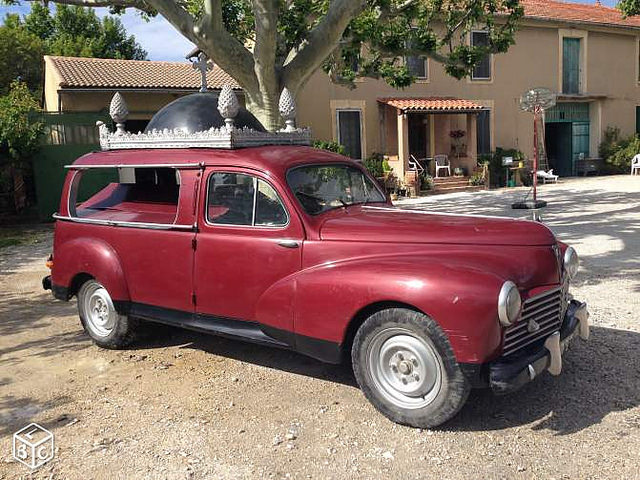

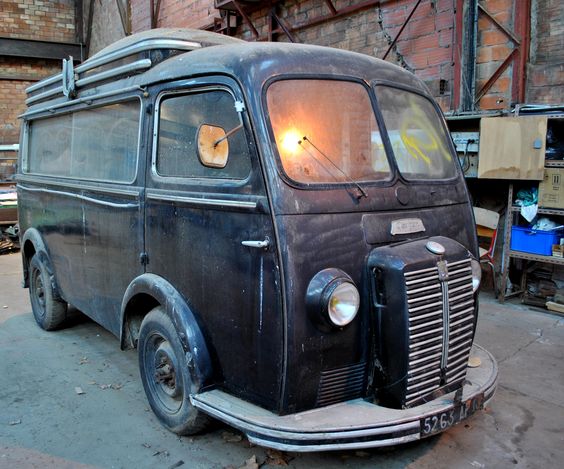
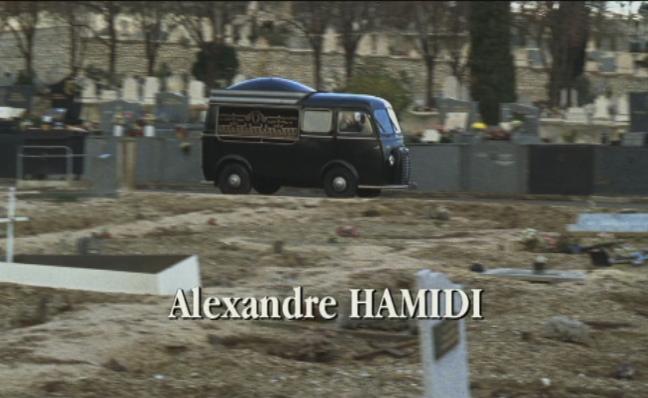
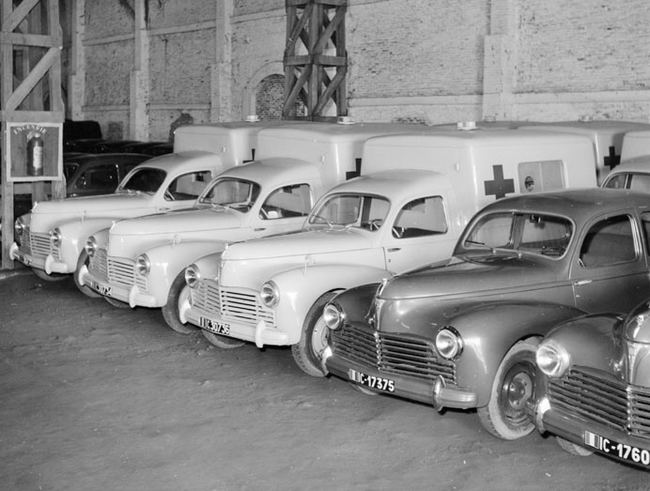

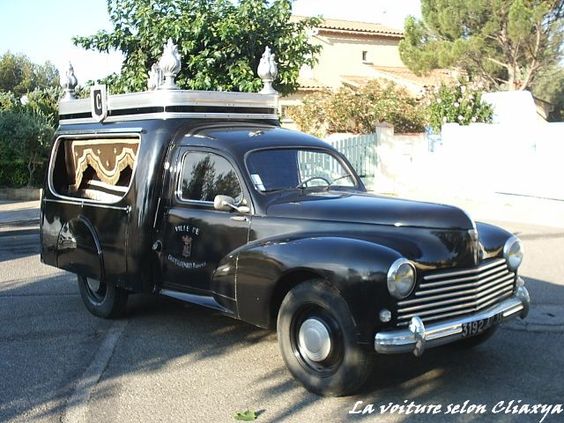
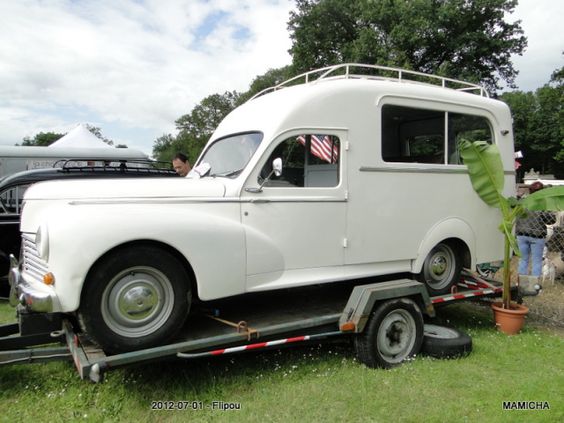
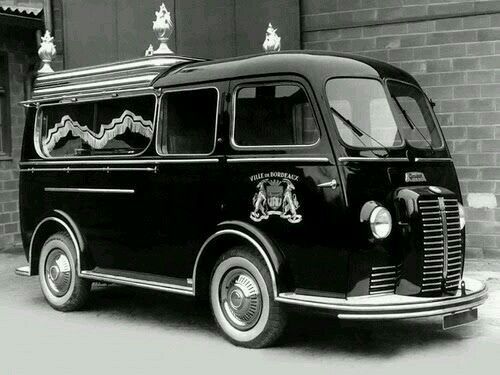
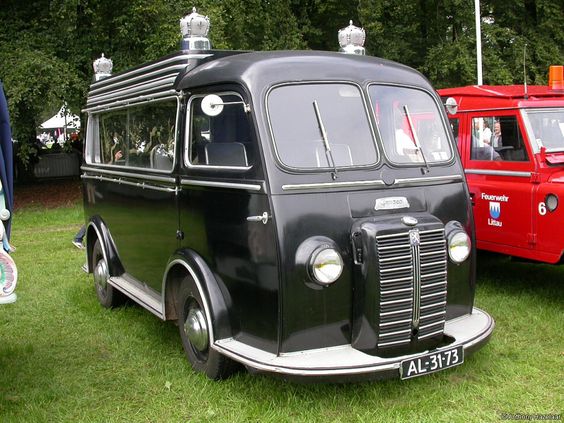
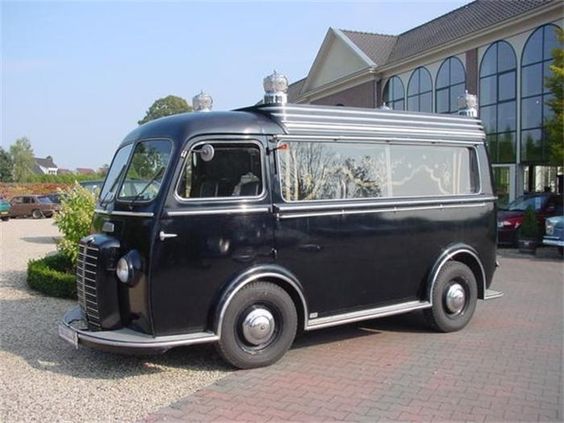
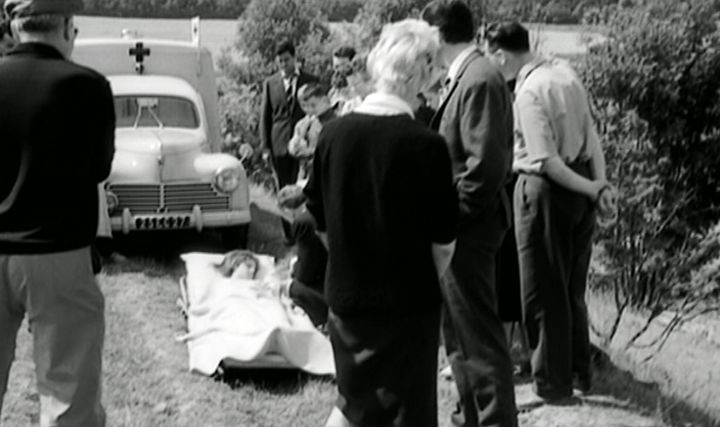
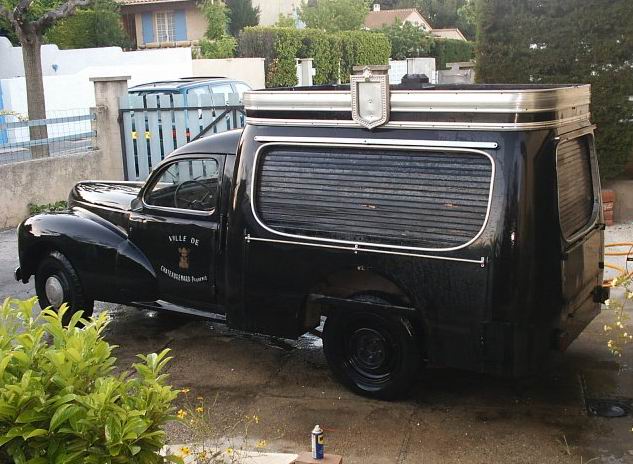
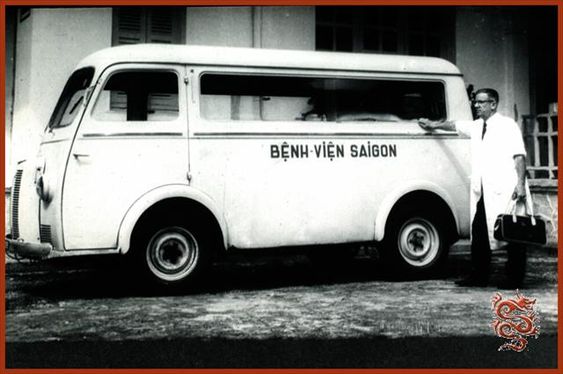

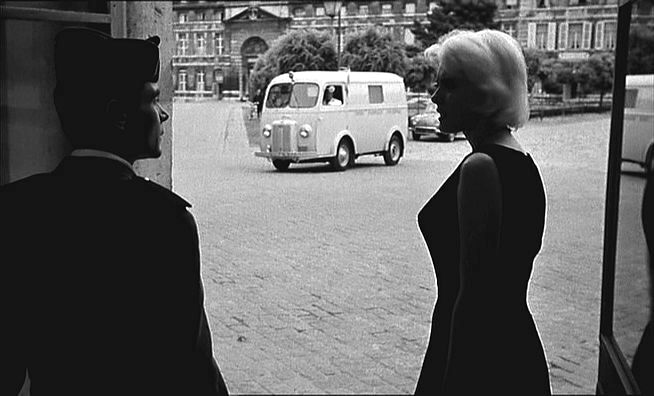



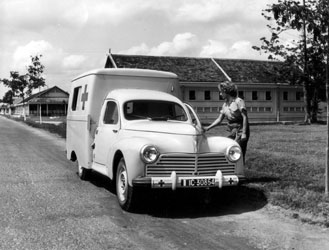

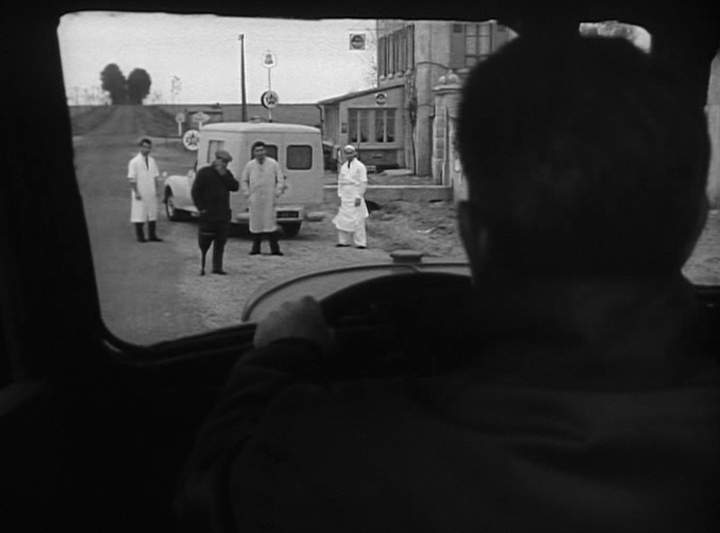
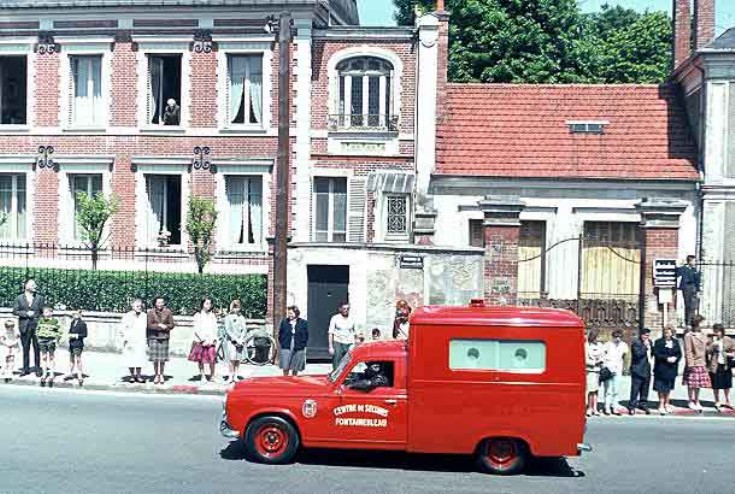

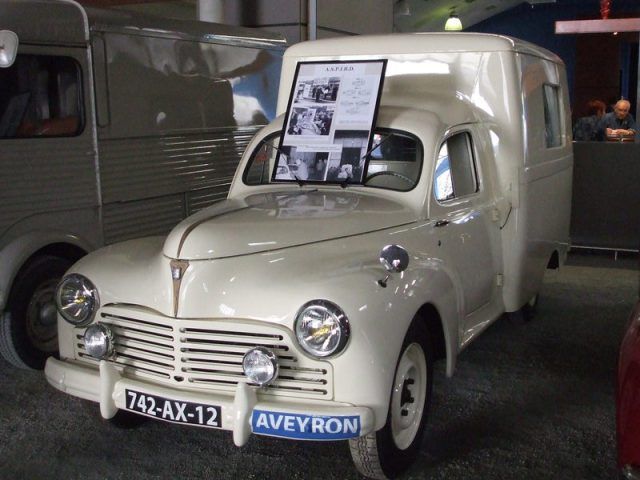
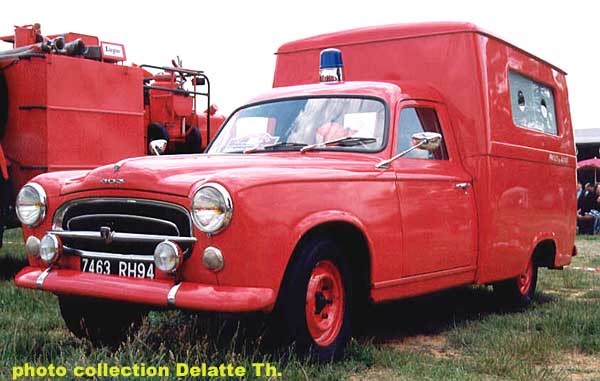


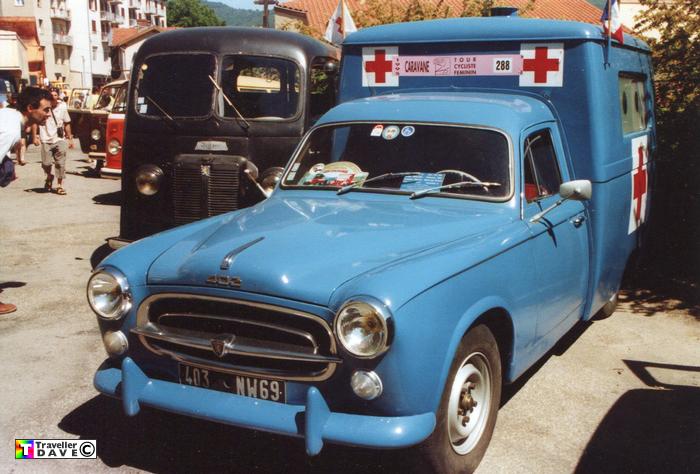



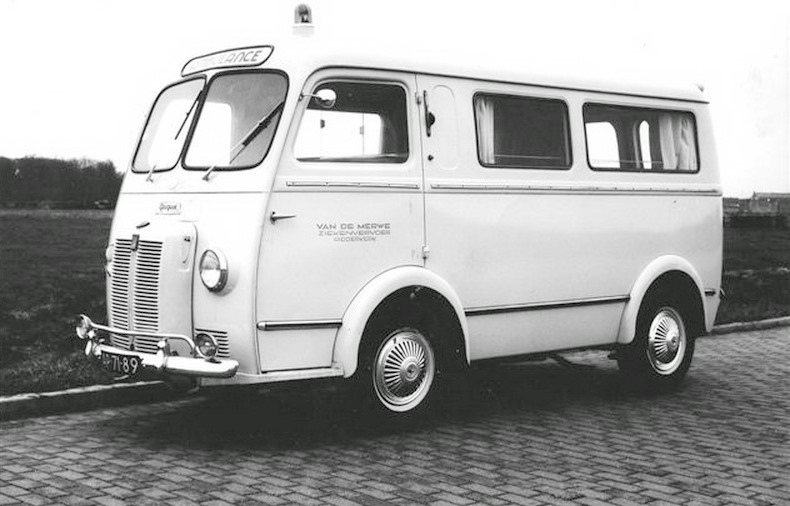


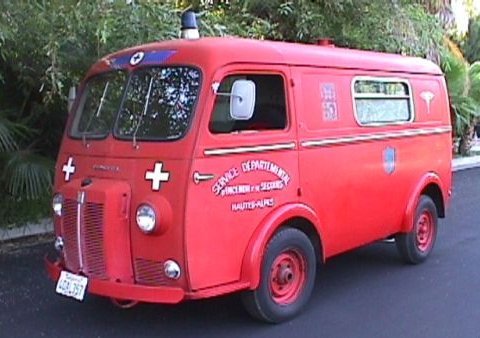
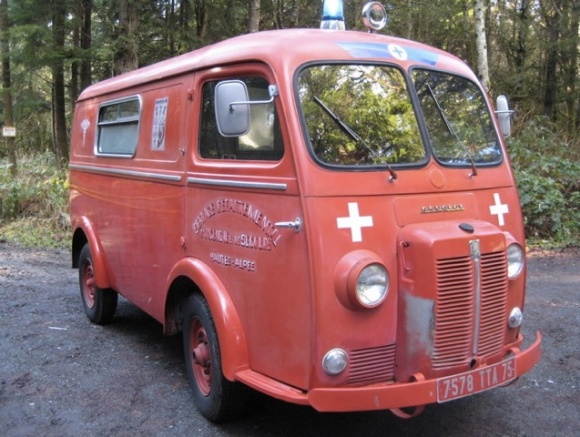

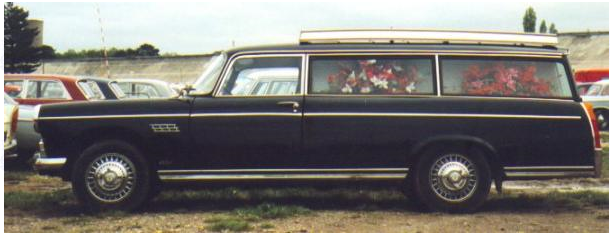

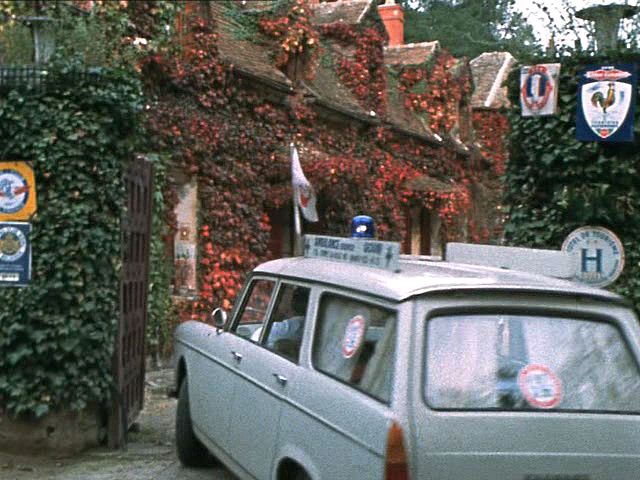
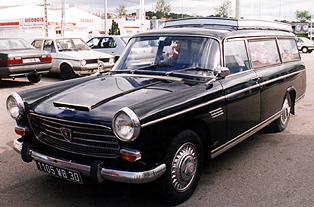


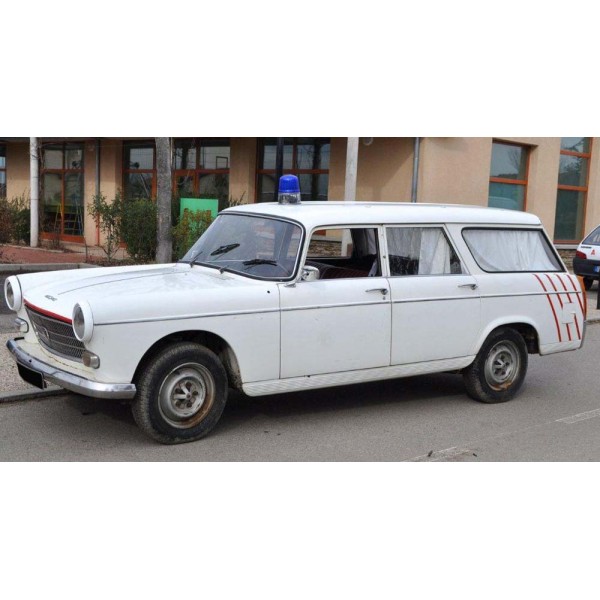
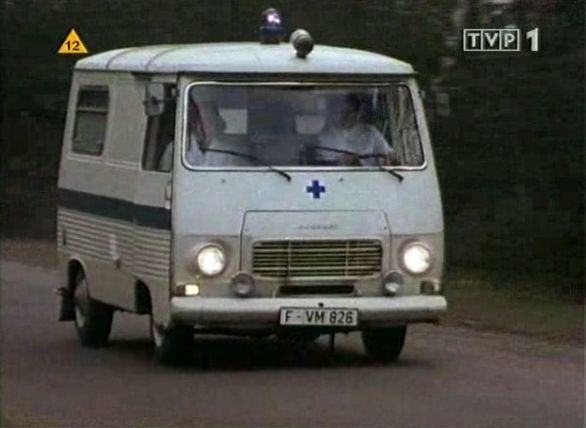





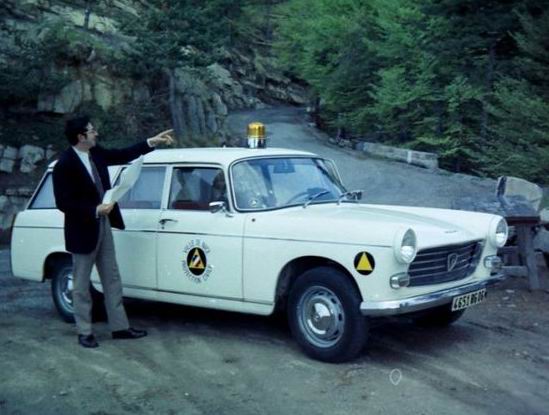


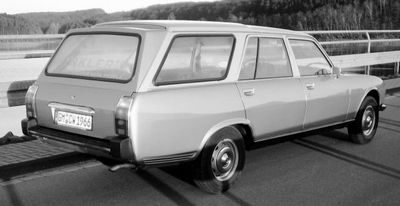
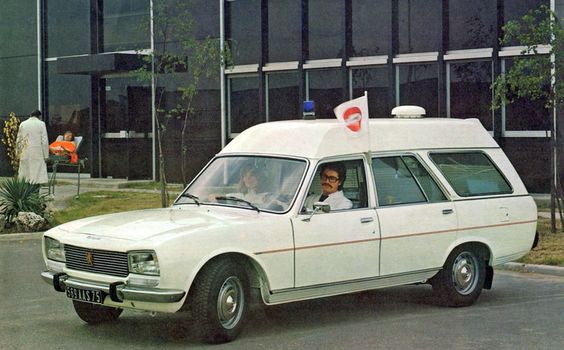



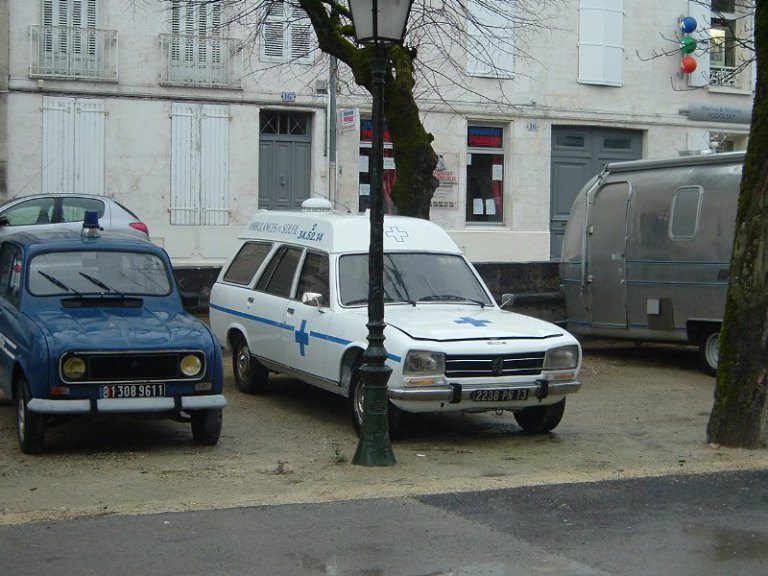
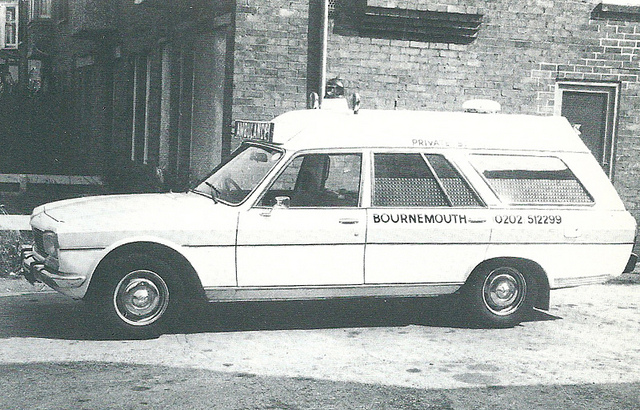
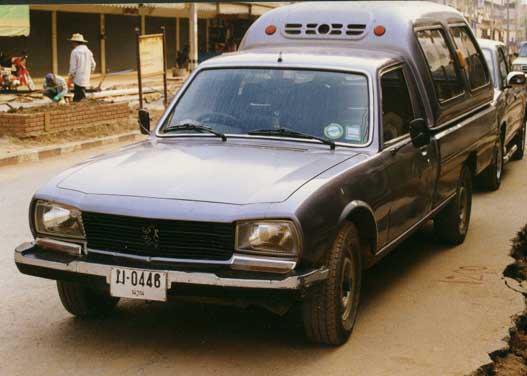



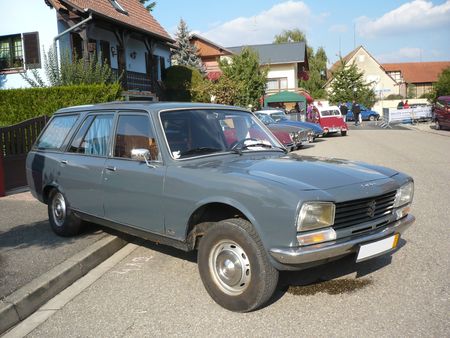


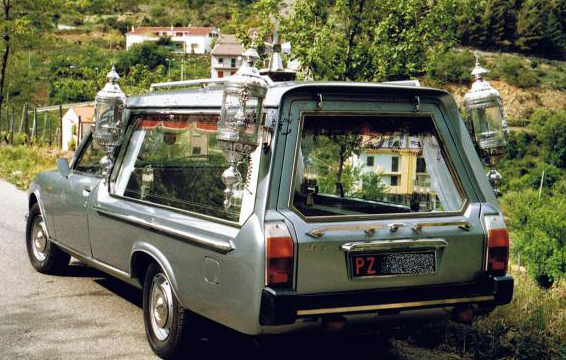



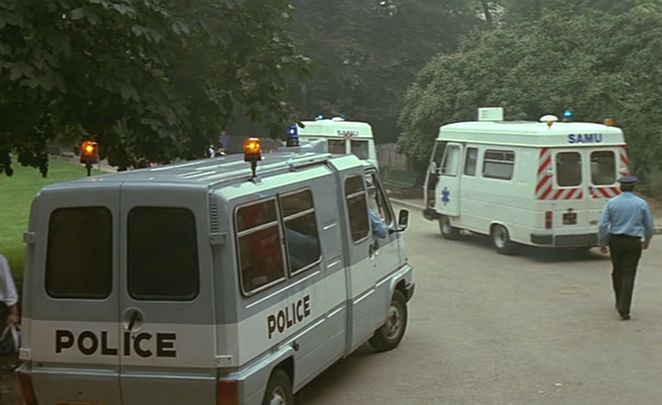



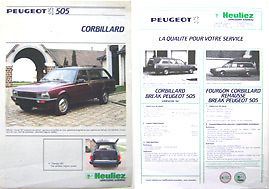
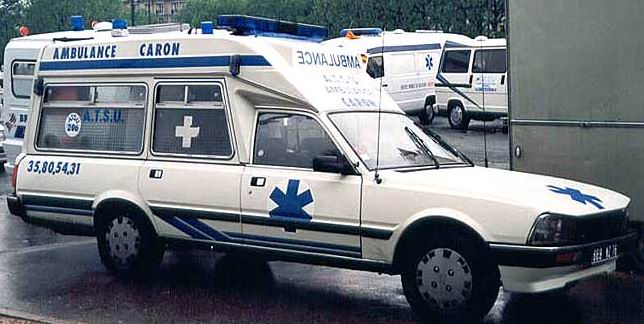
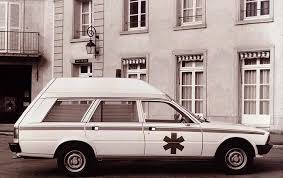
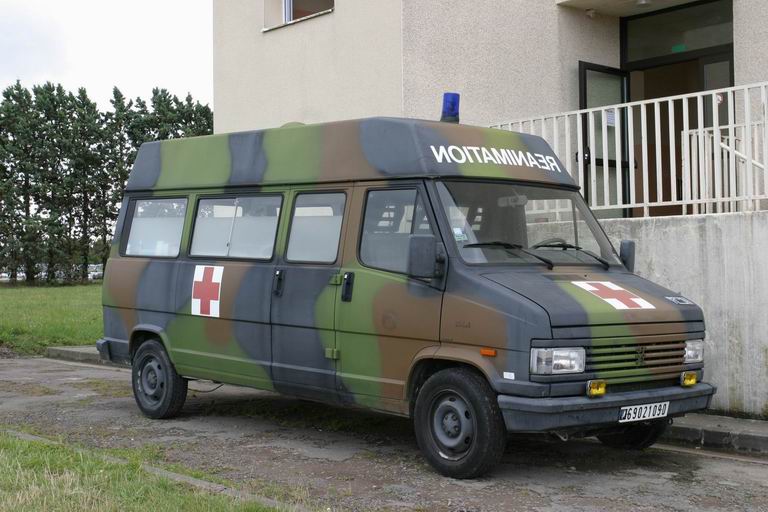

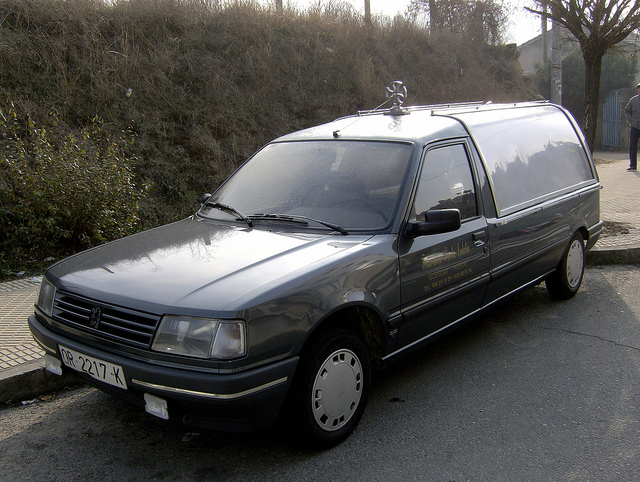

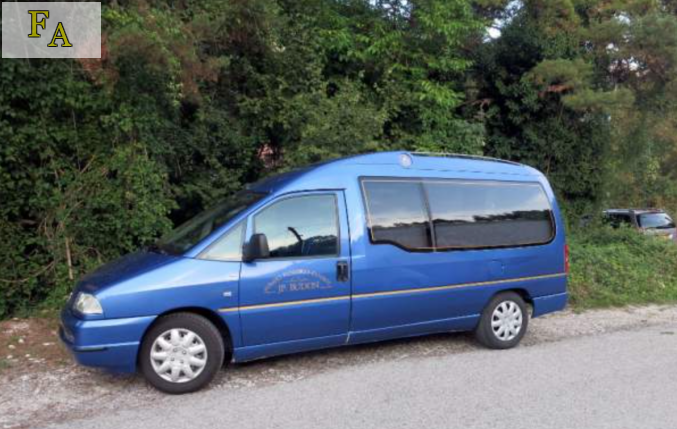
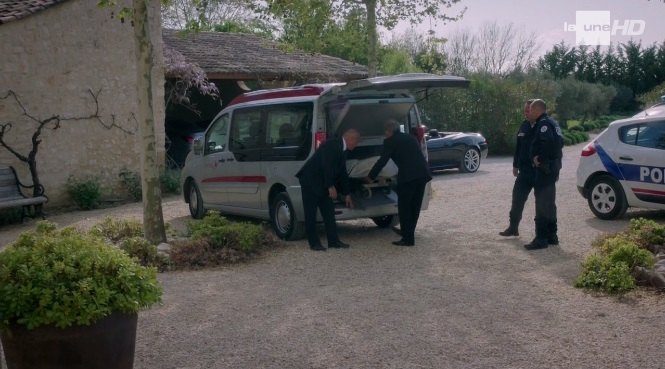




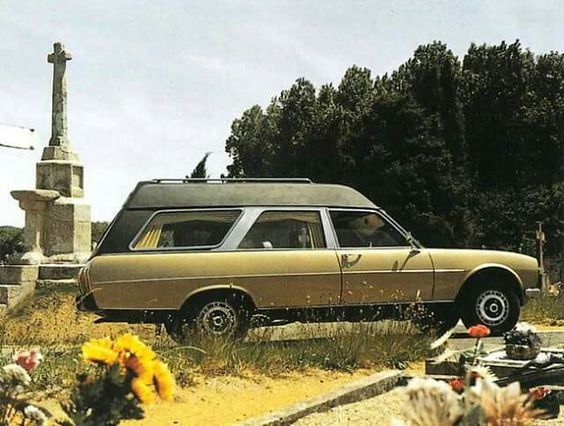
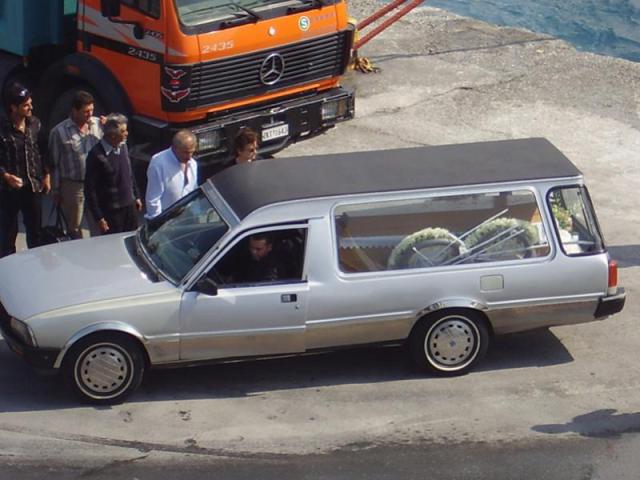

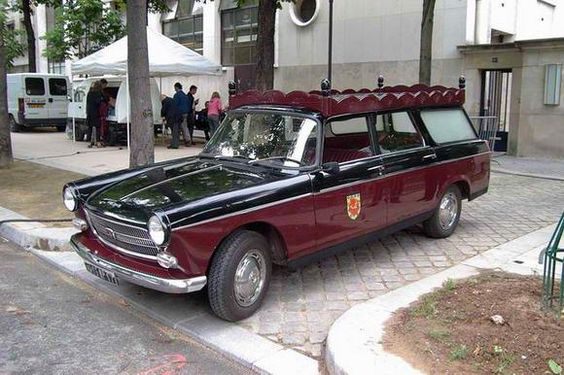
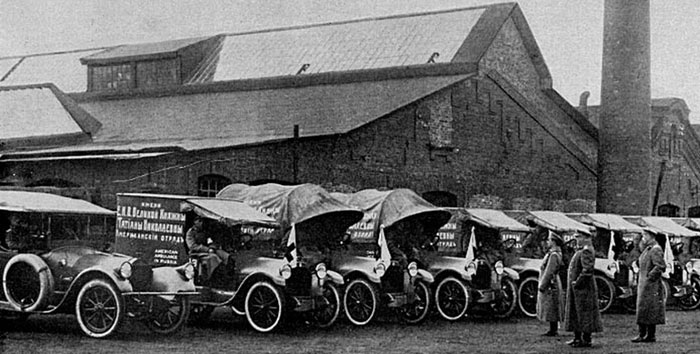
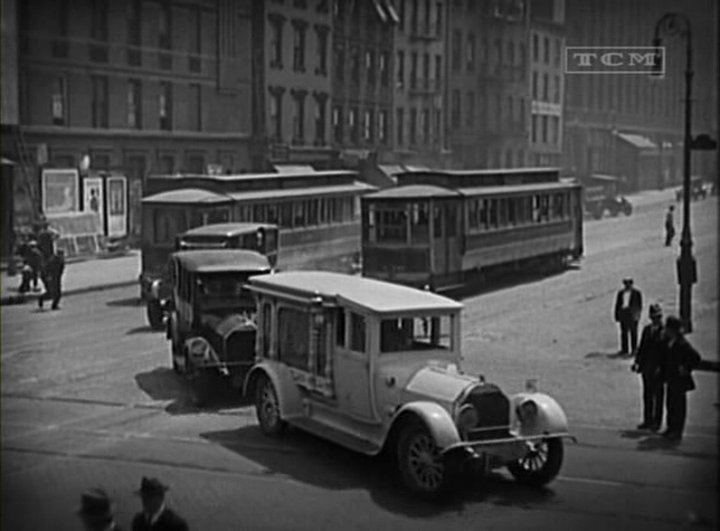






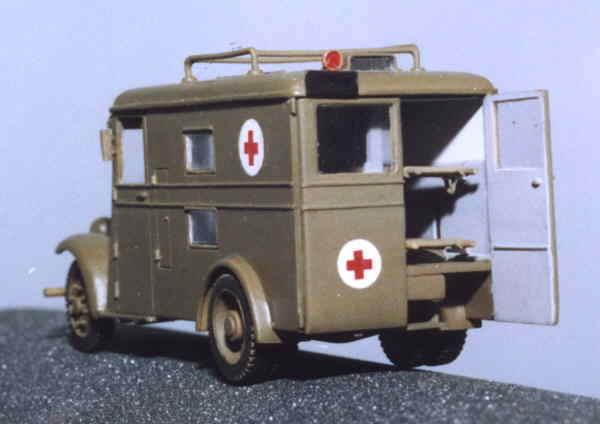
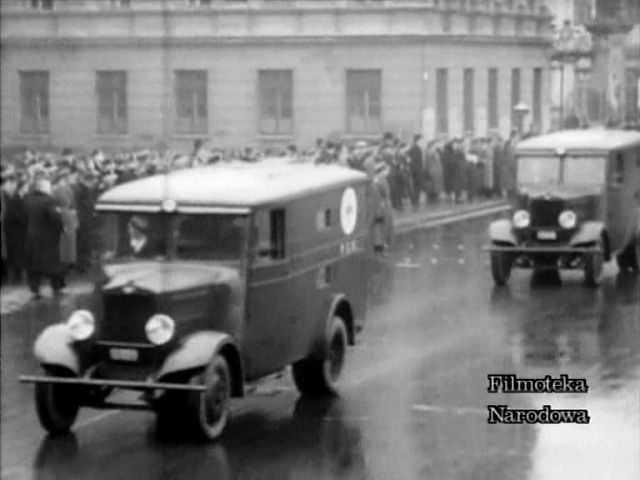
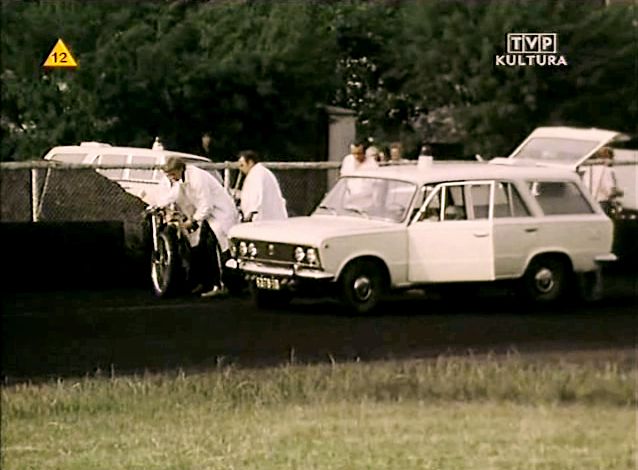

 Polski Fiat Ambulances
Polski Fiat Ambulances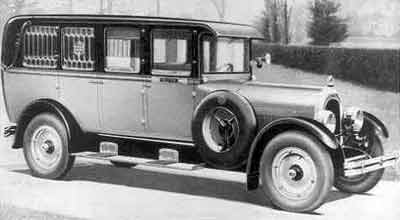
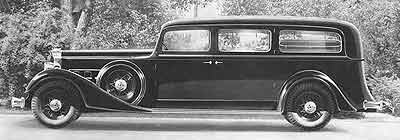

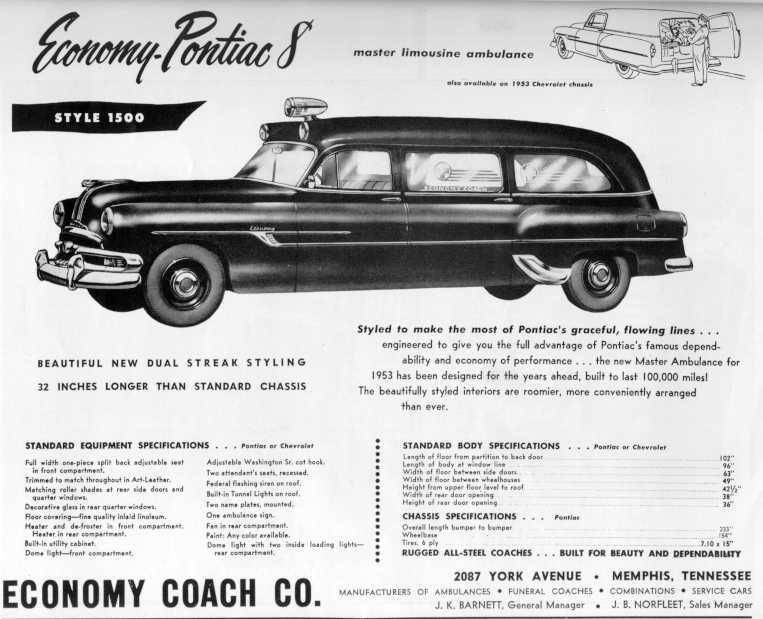



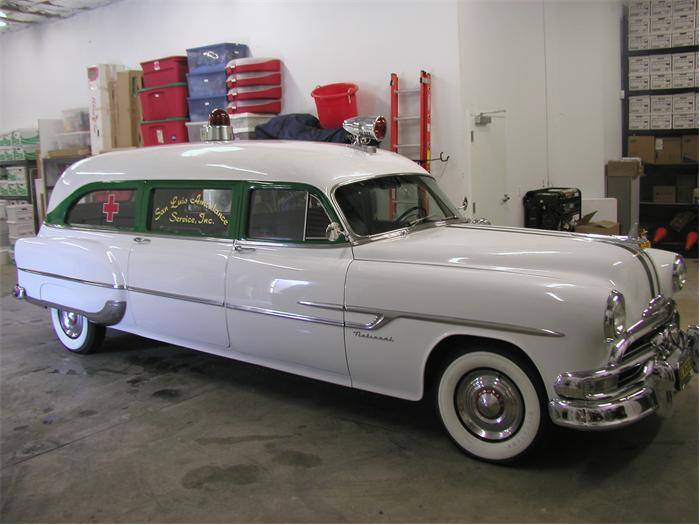
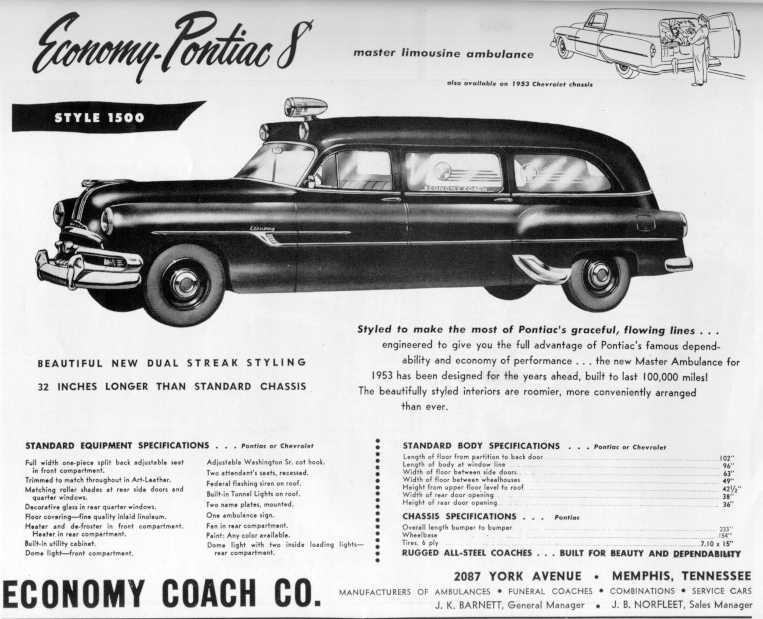
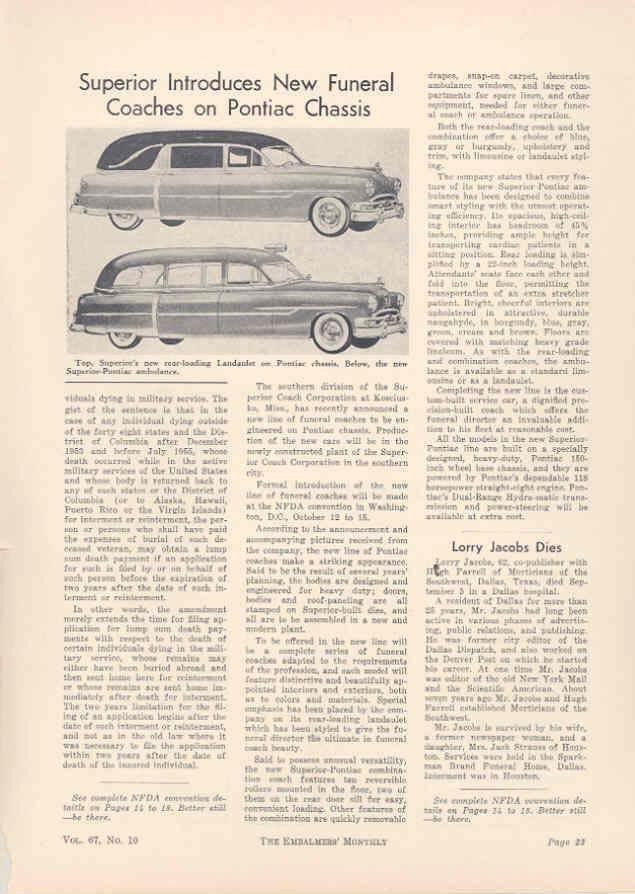


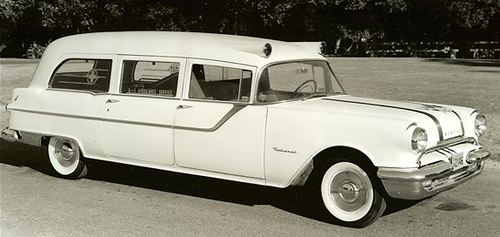
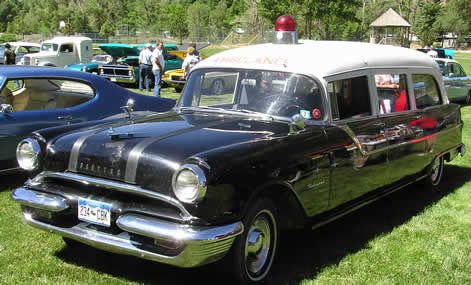


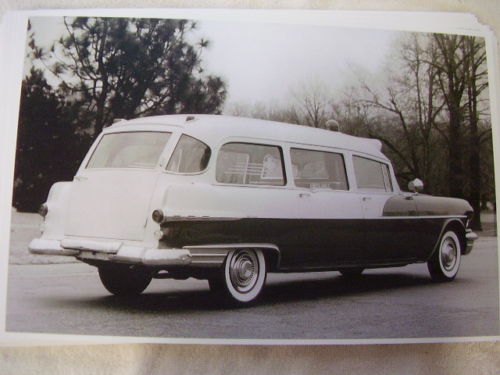







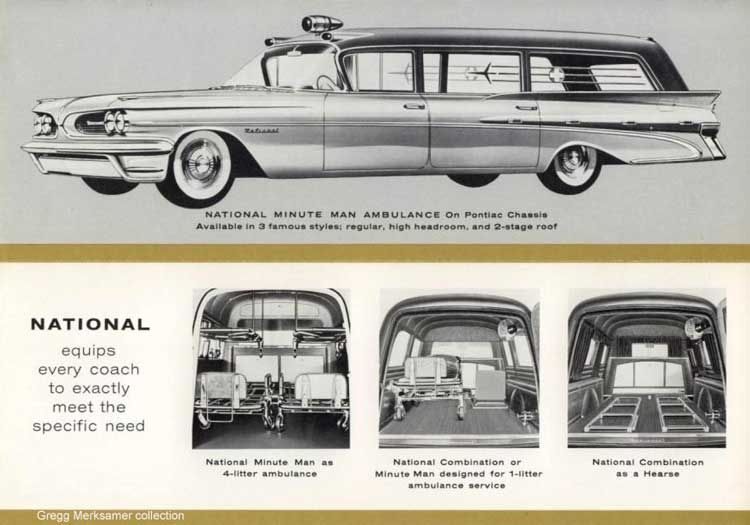
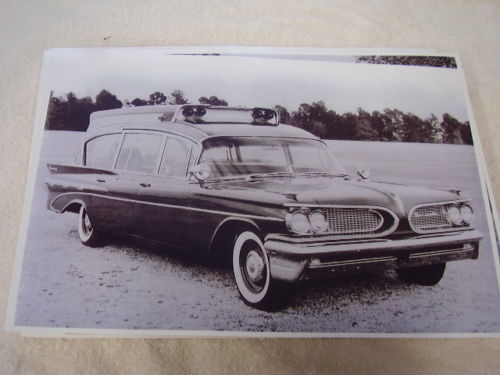
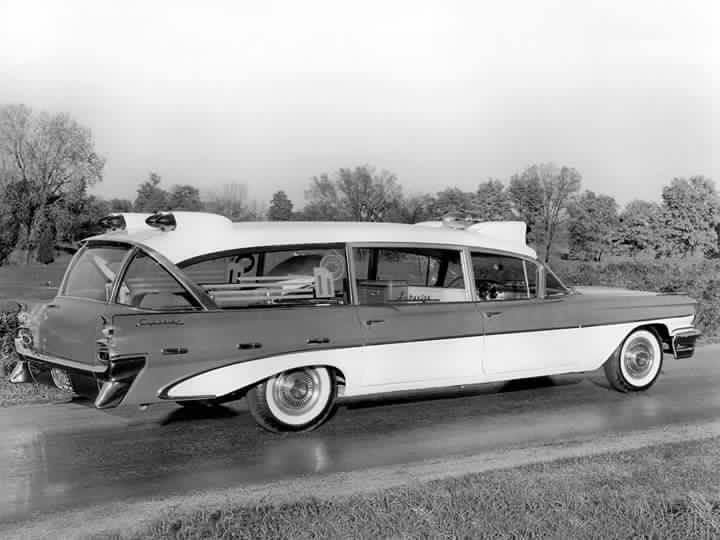


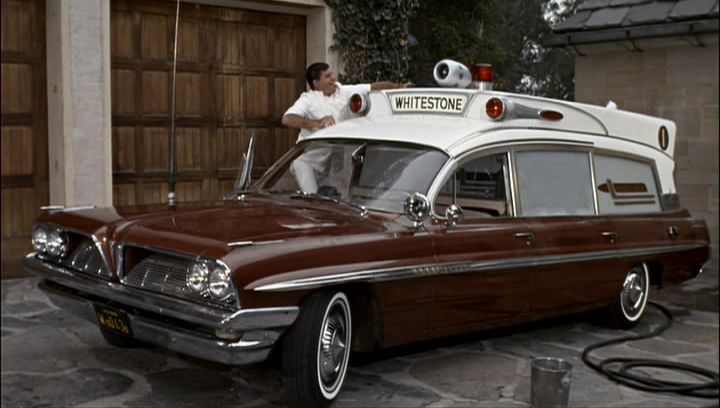
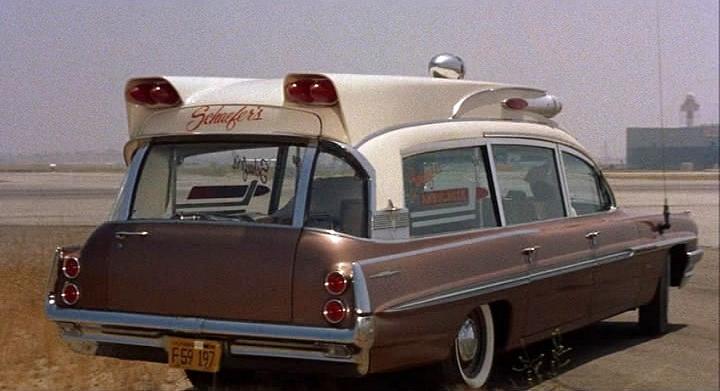
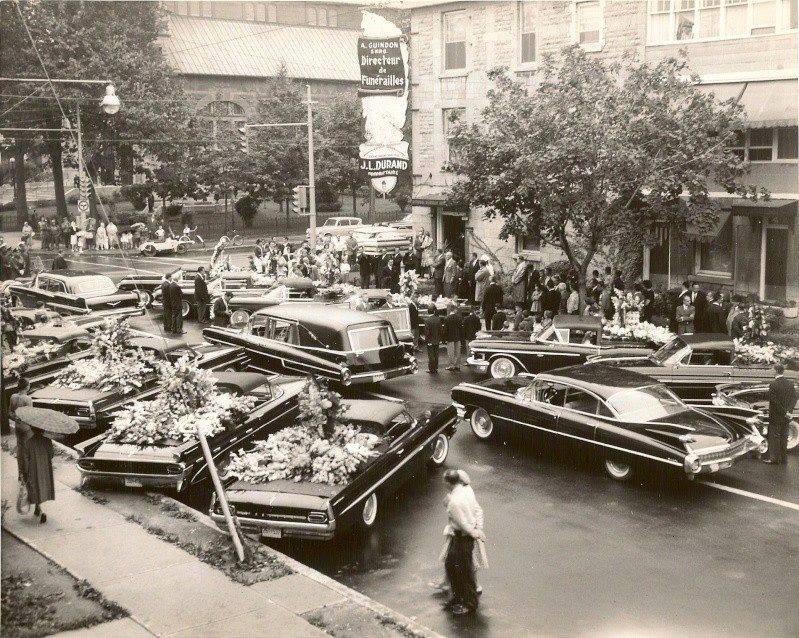
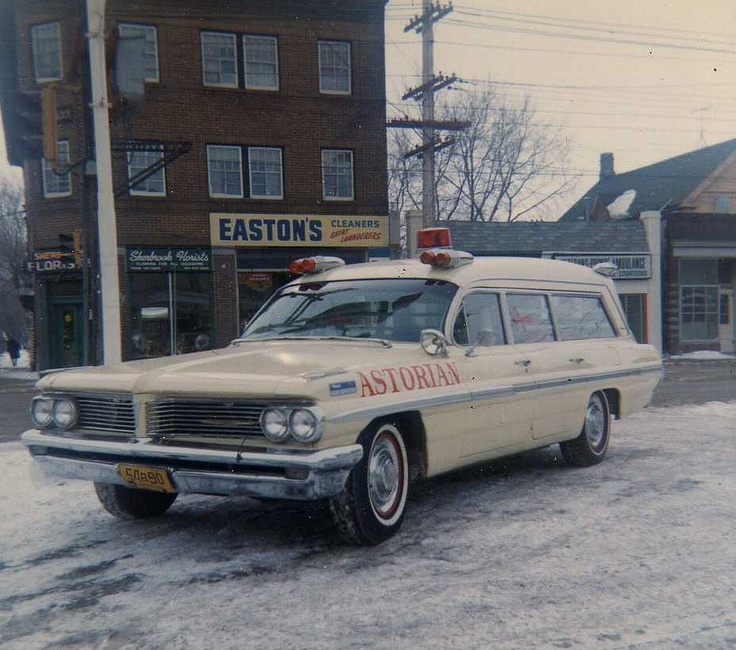

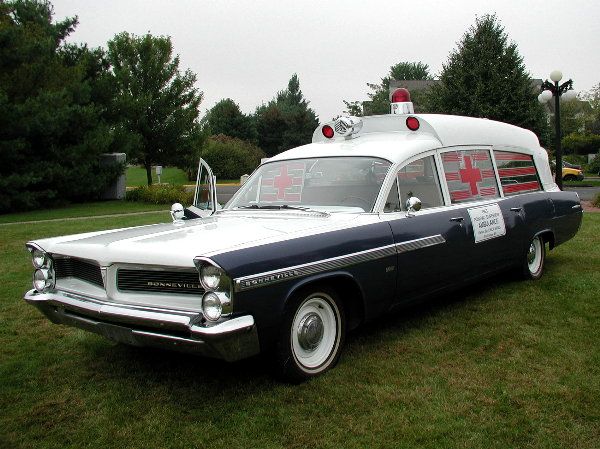

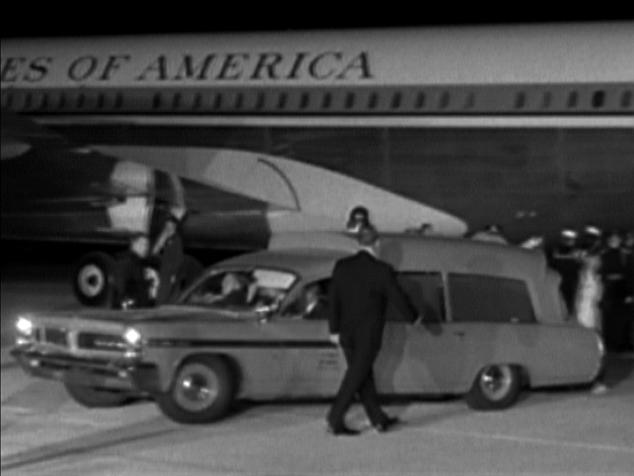

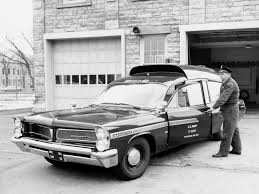




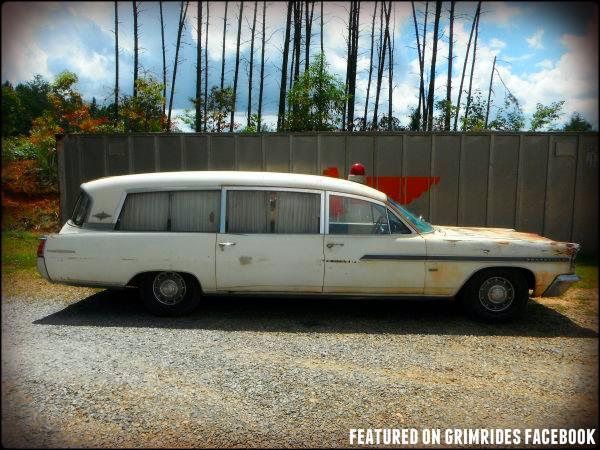
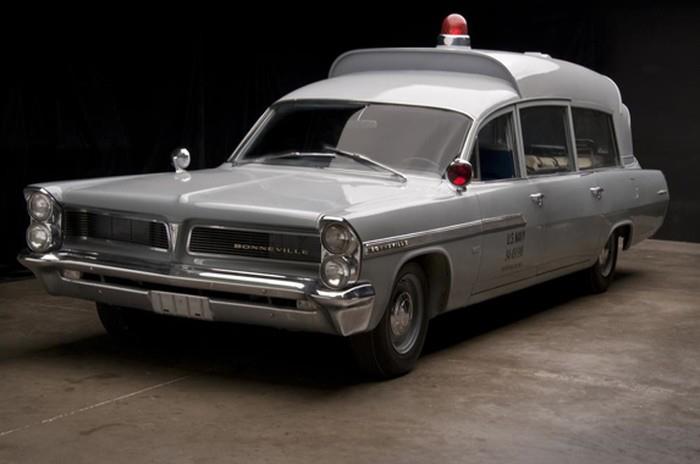


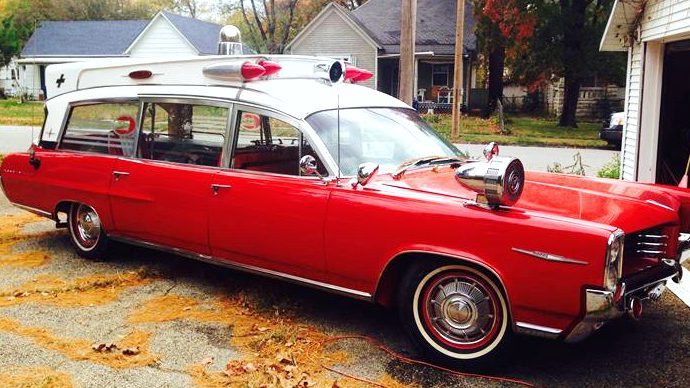
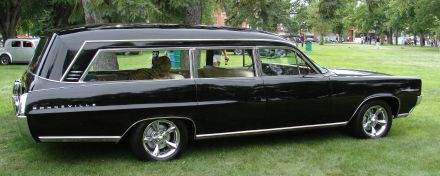
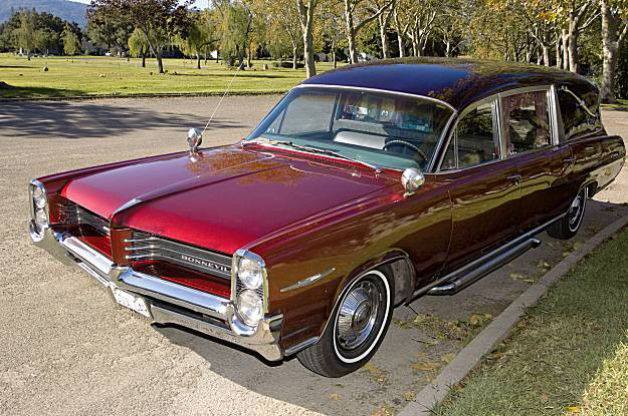
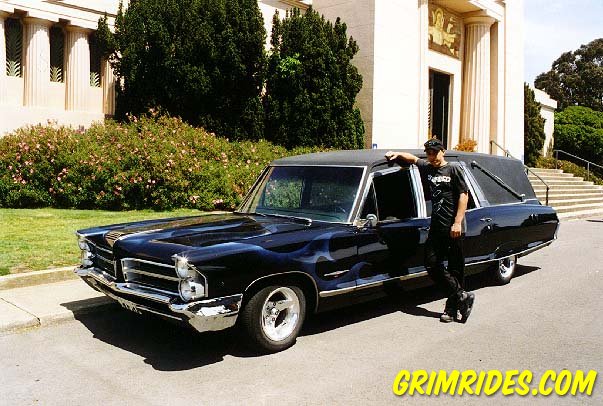



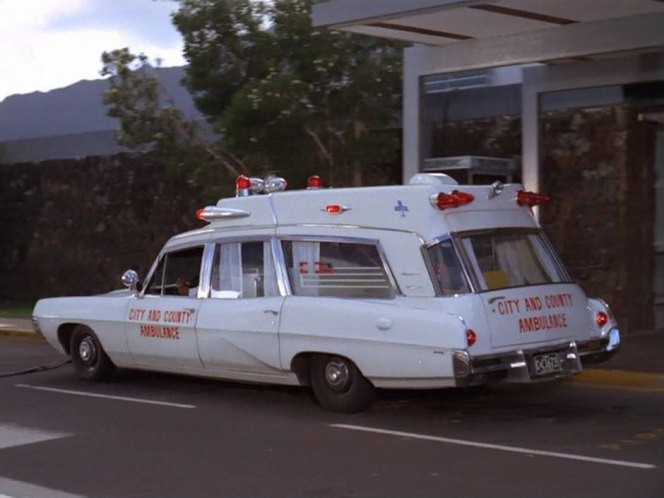

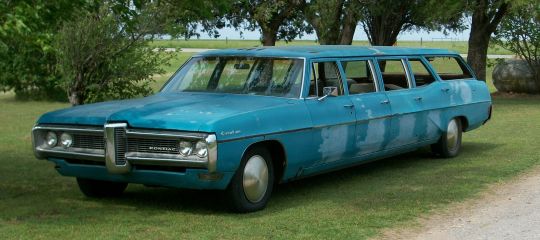
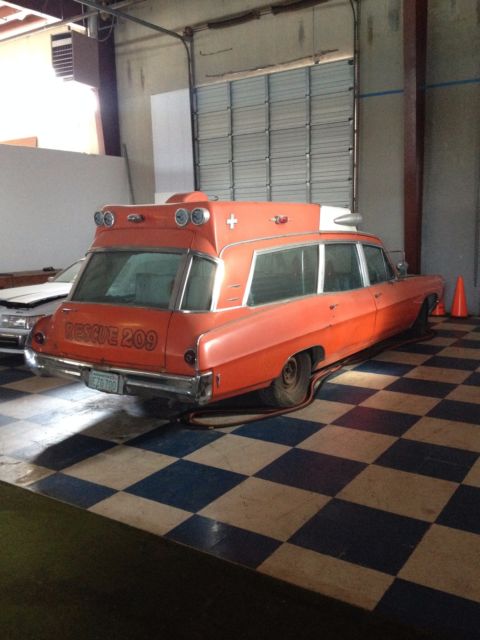

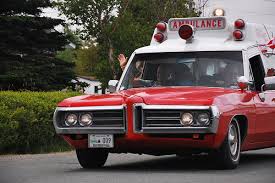
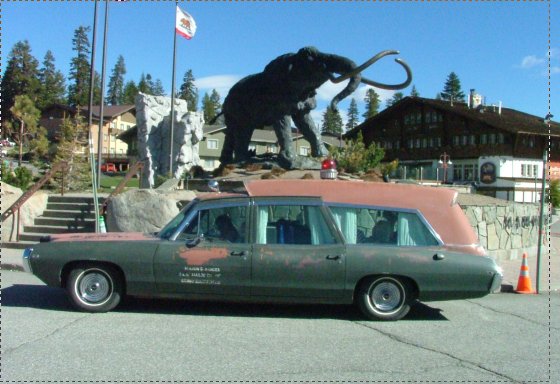
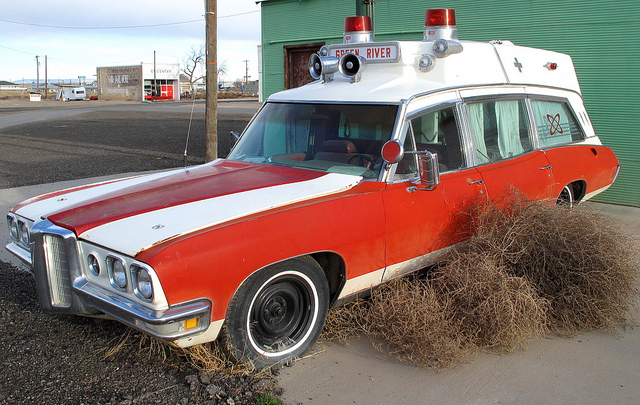





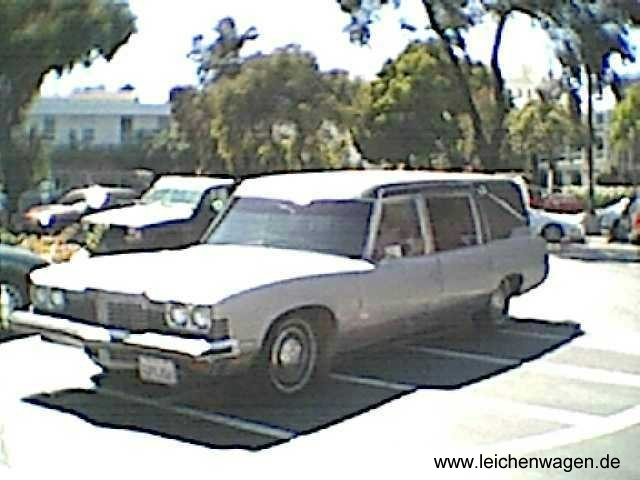

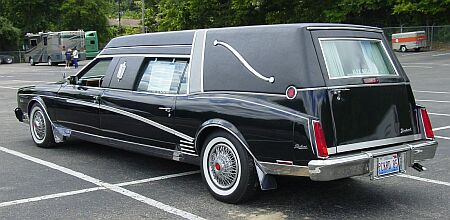
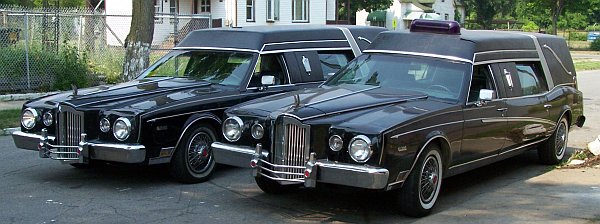
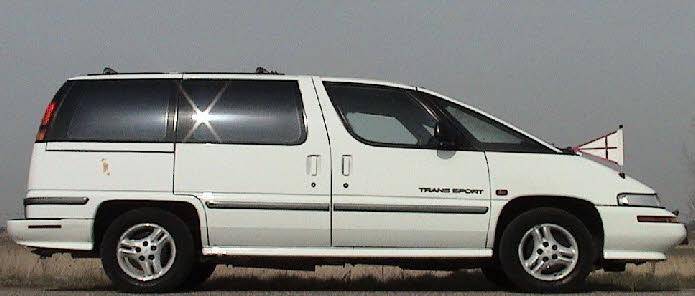
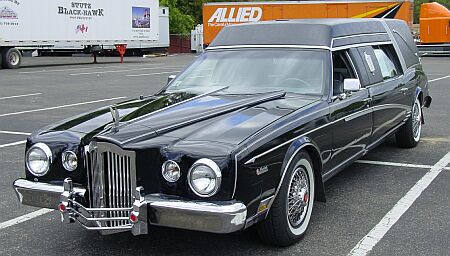


 PONTIAC Ambulances + Hearses
PONTIAC Ambulances + Hearses